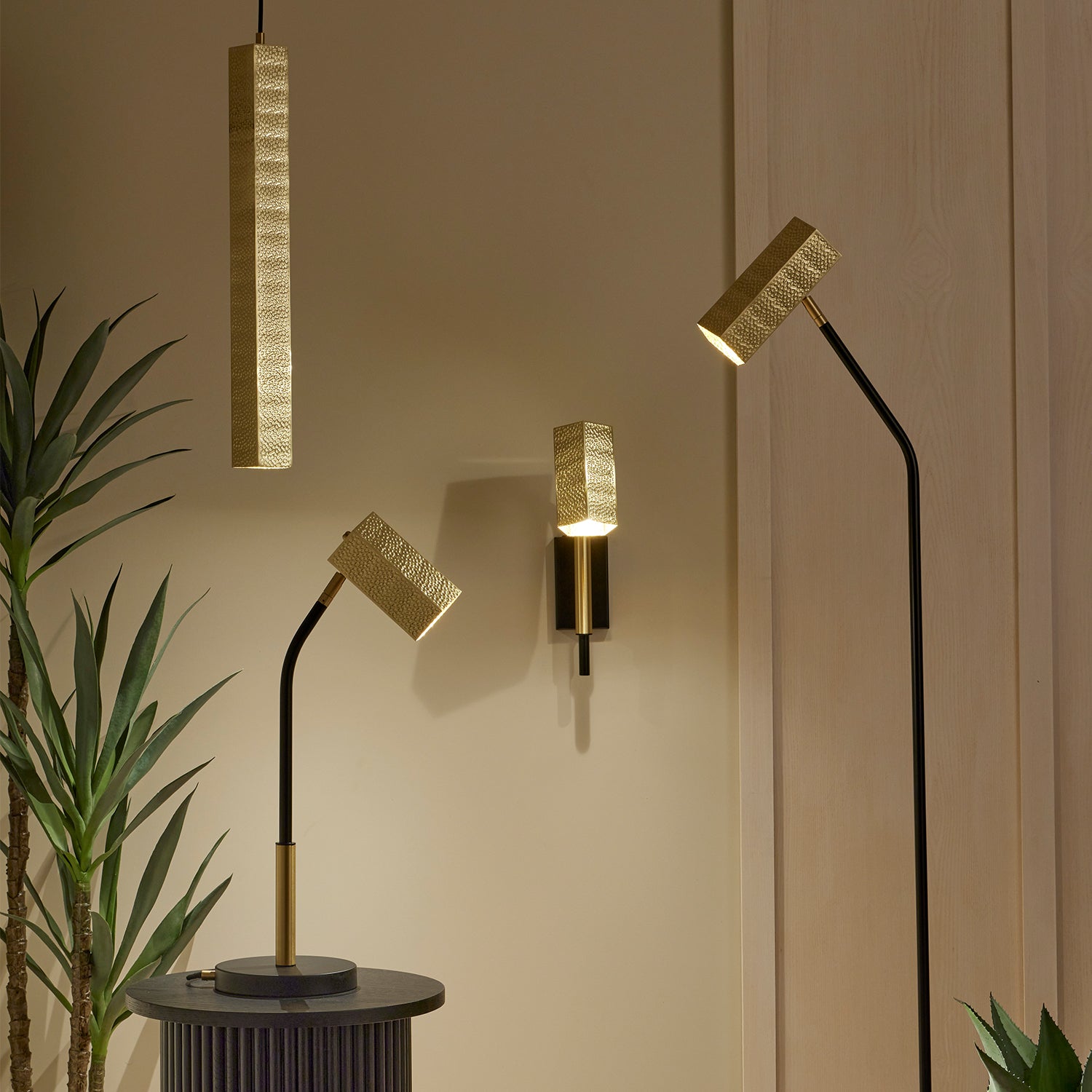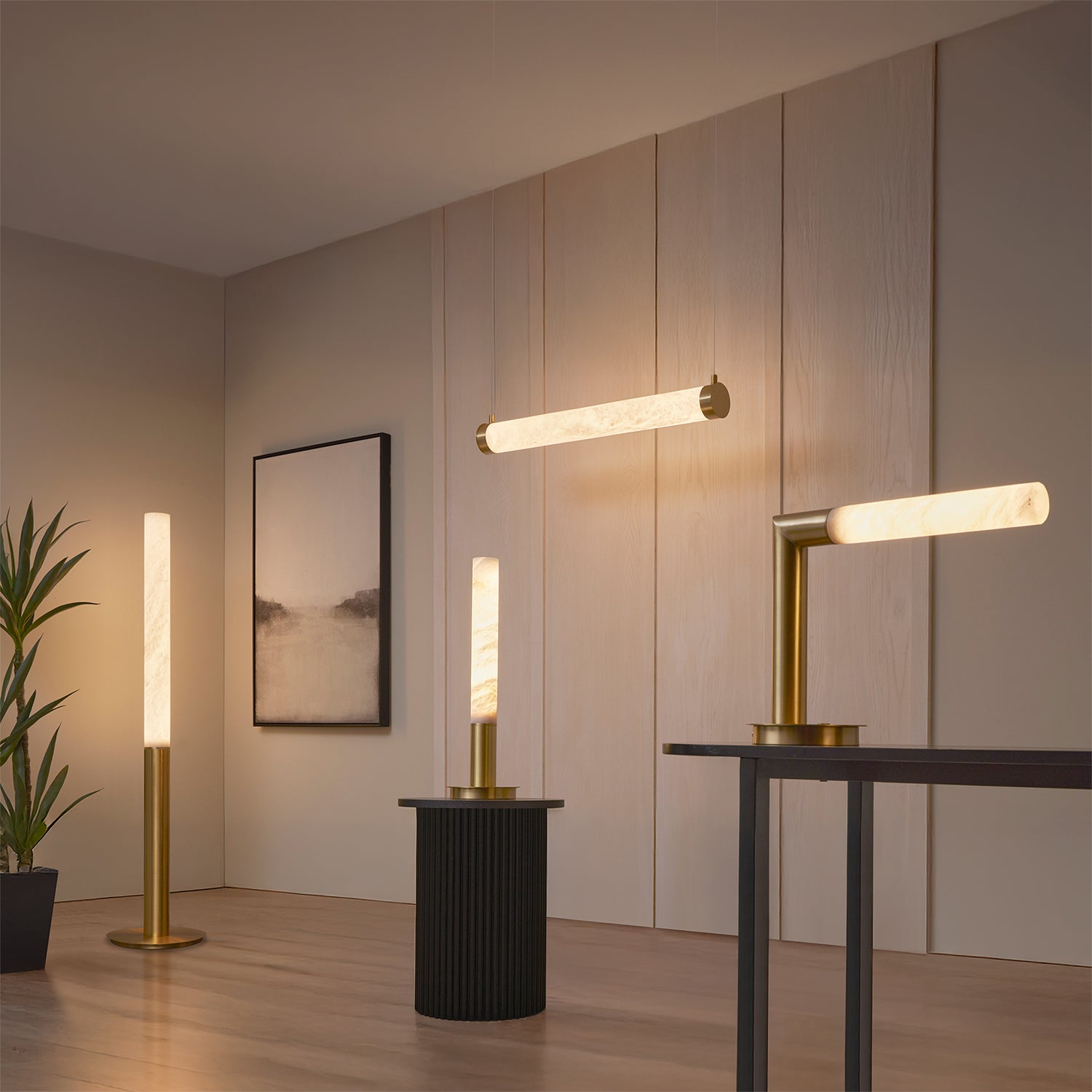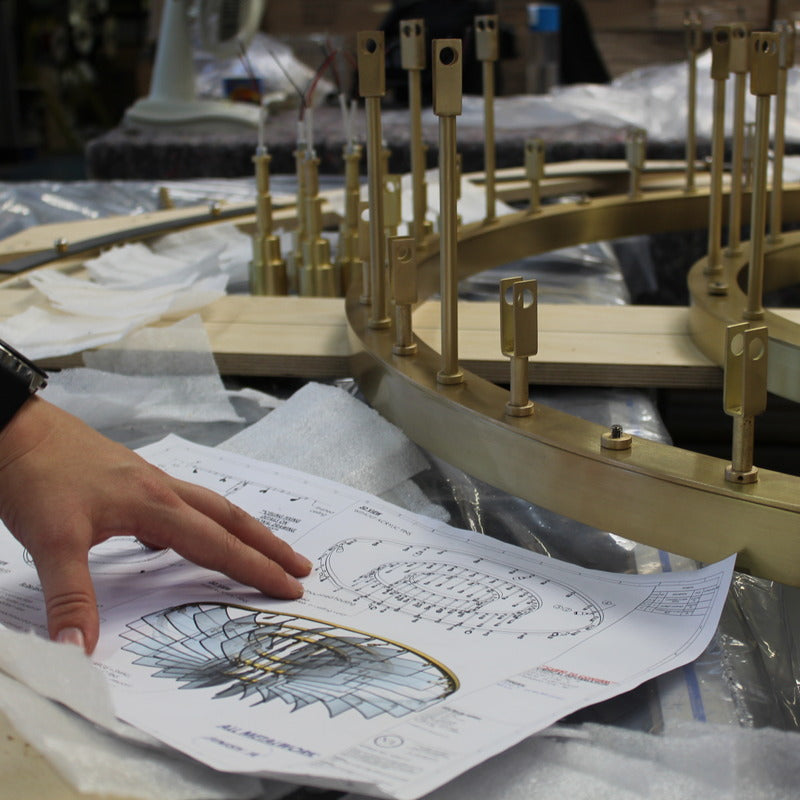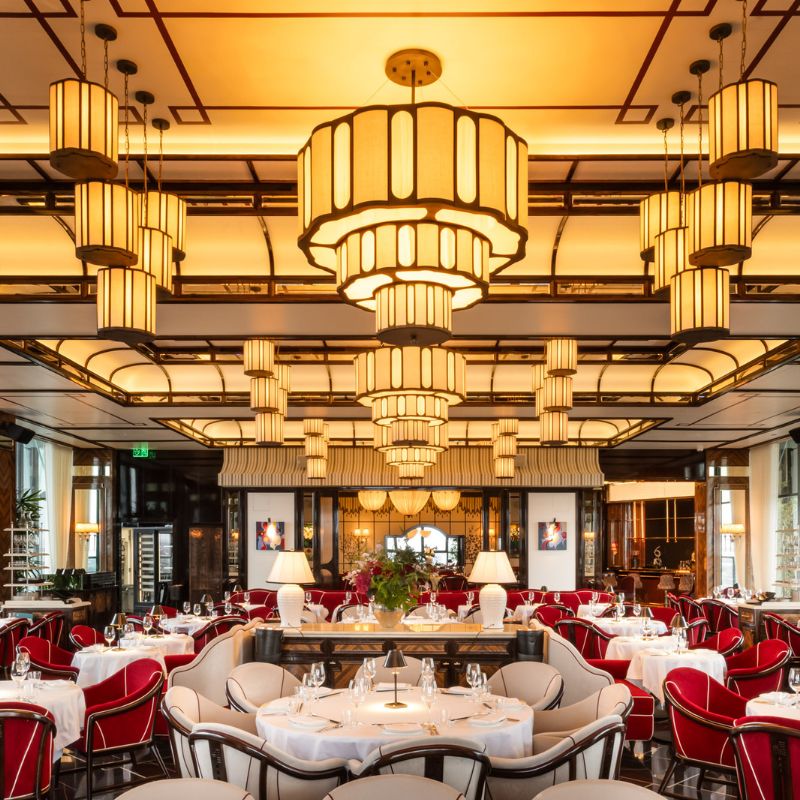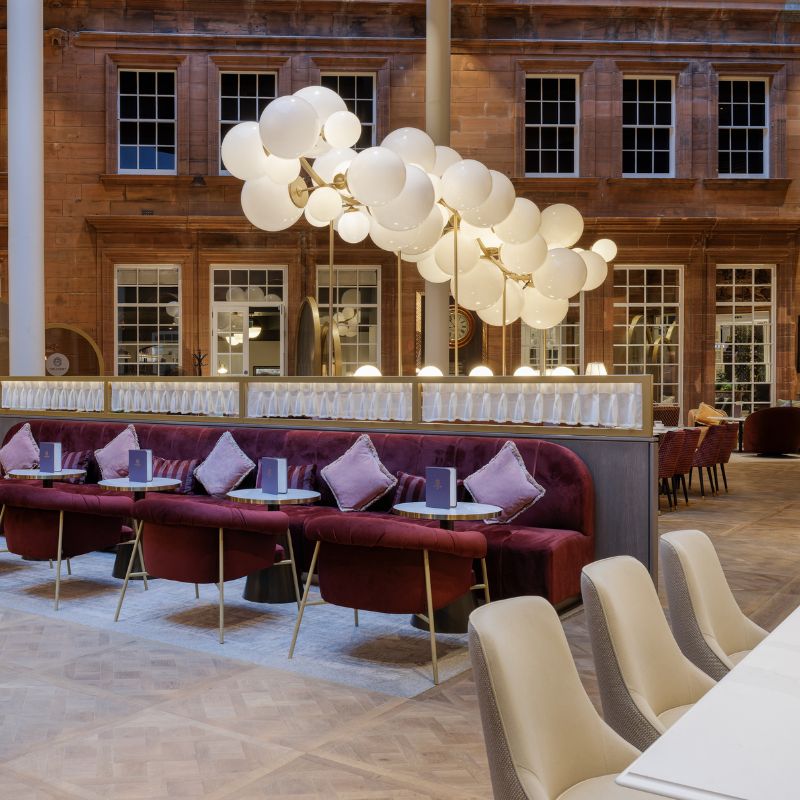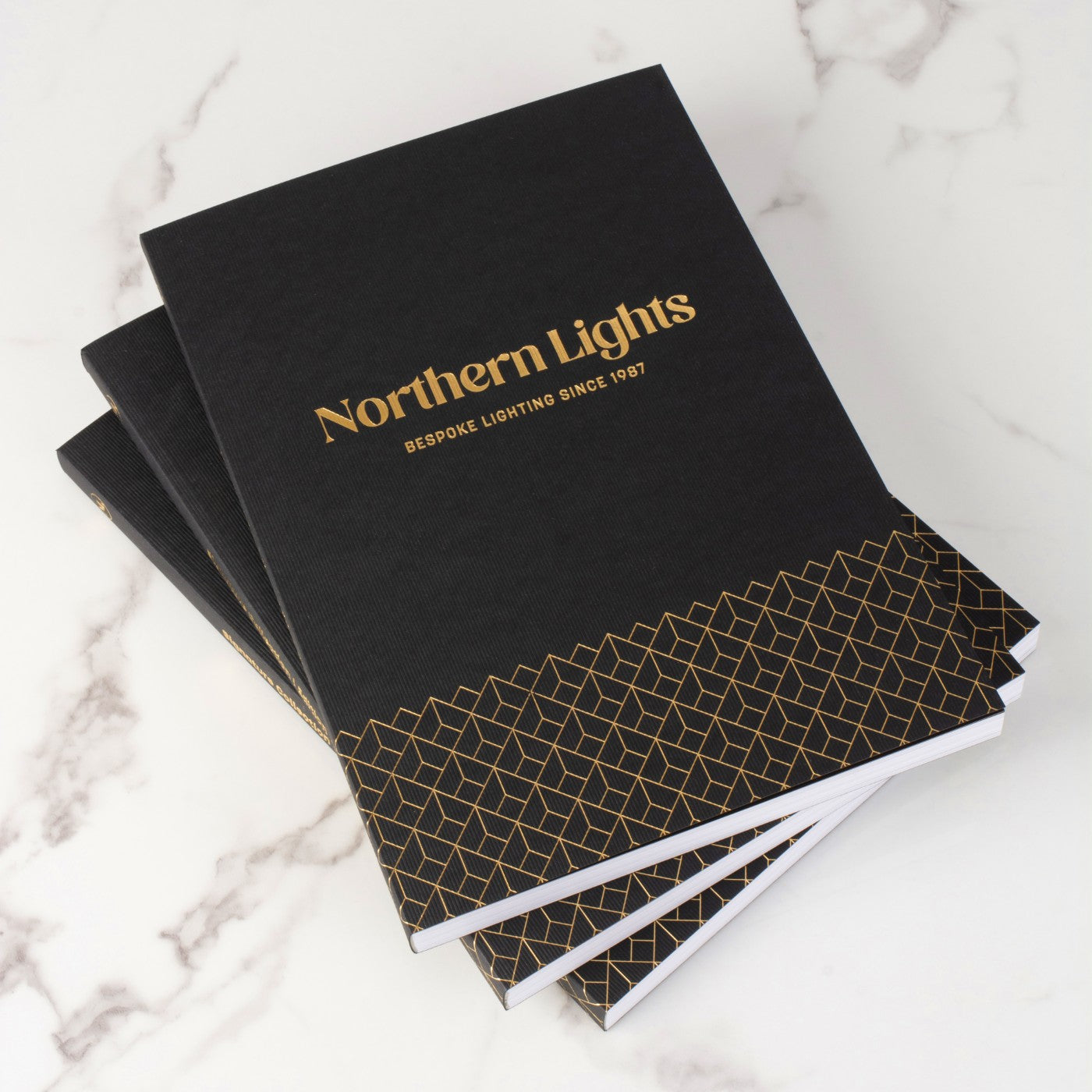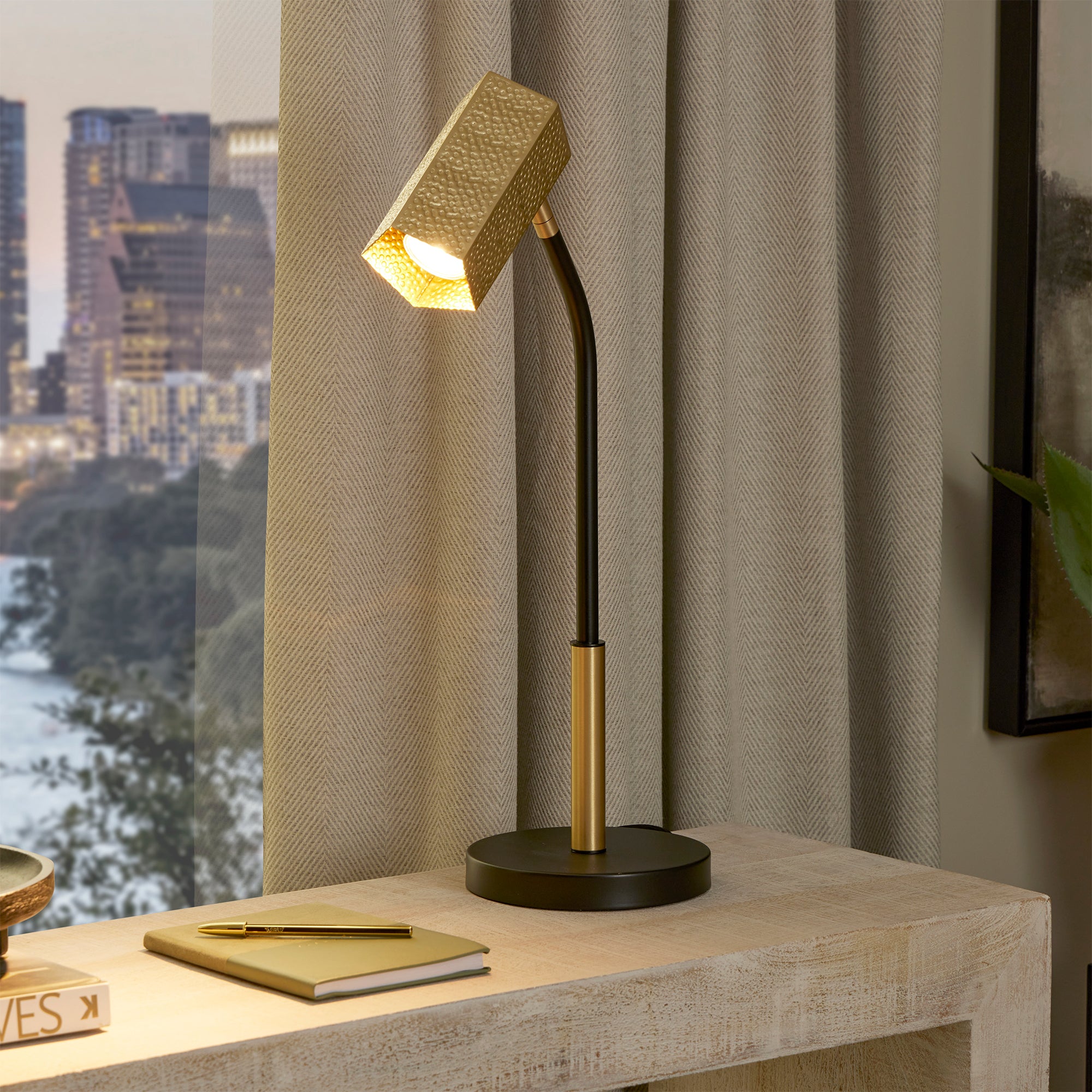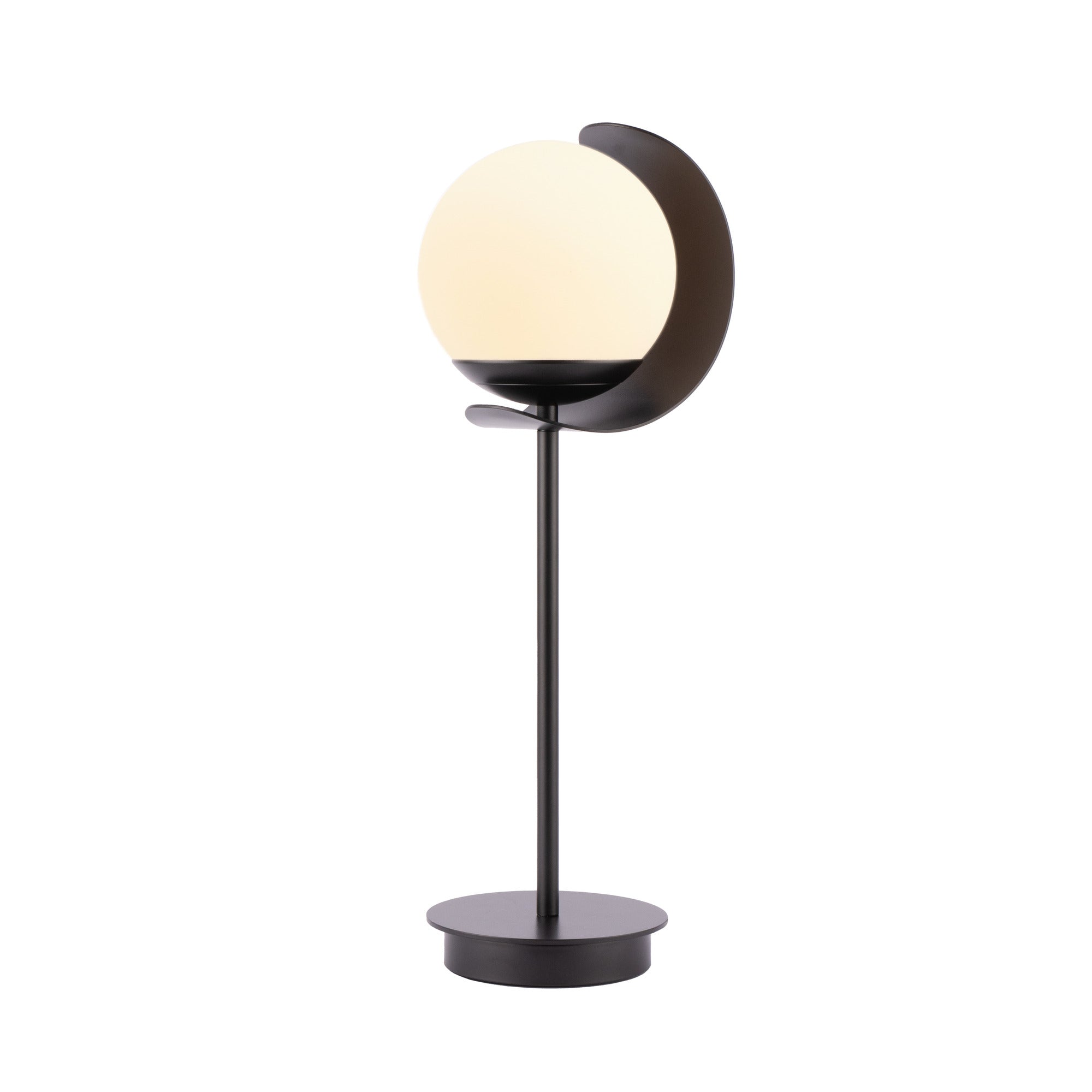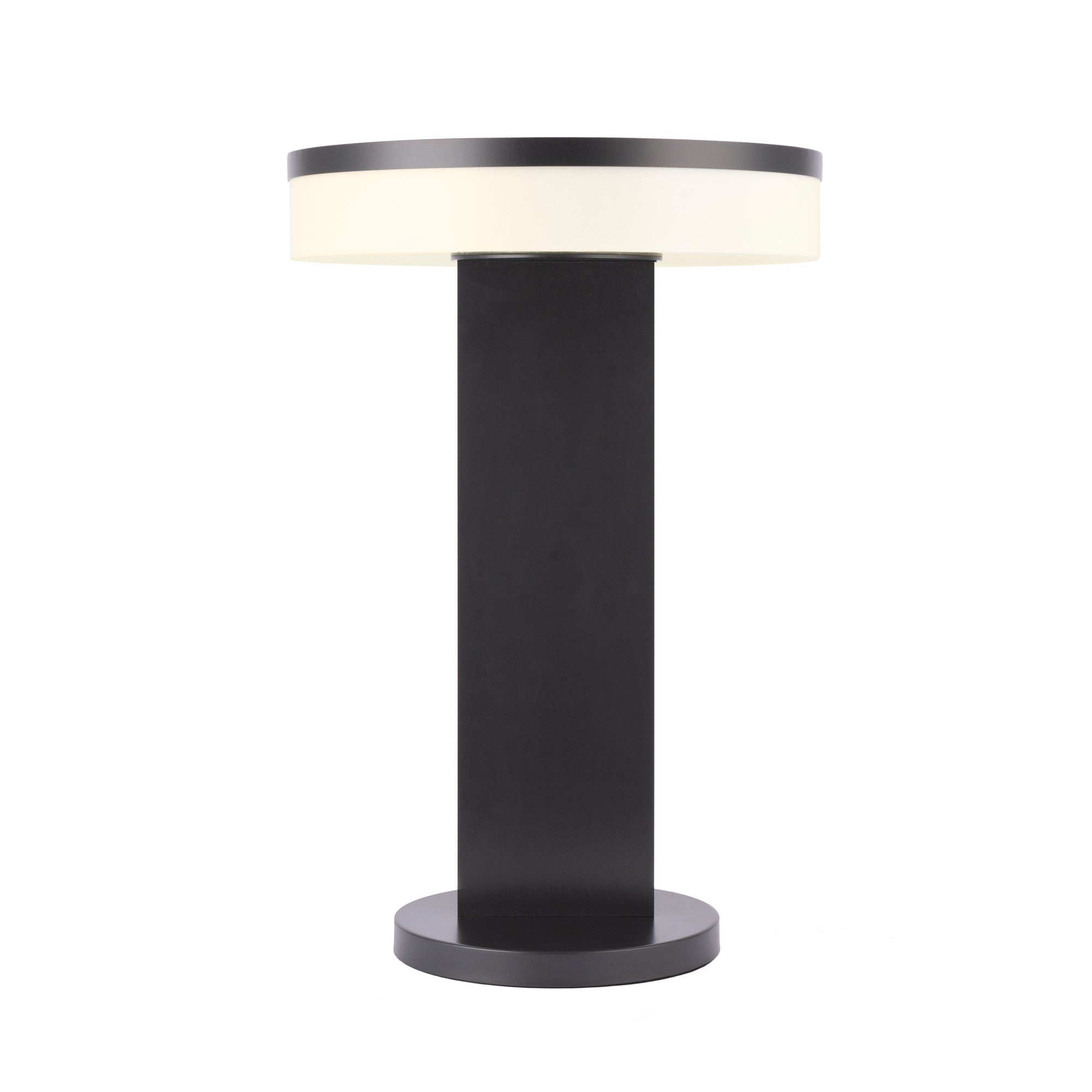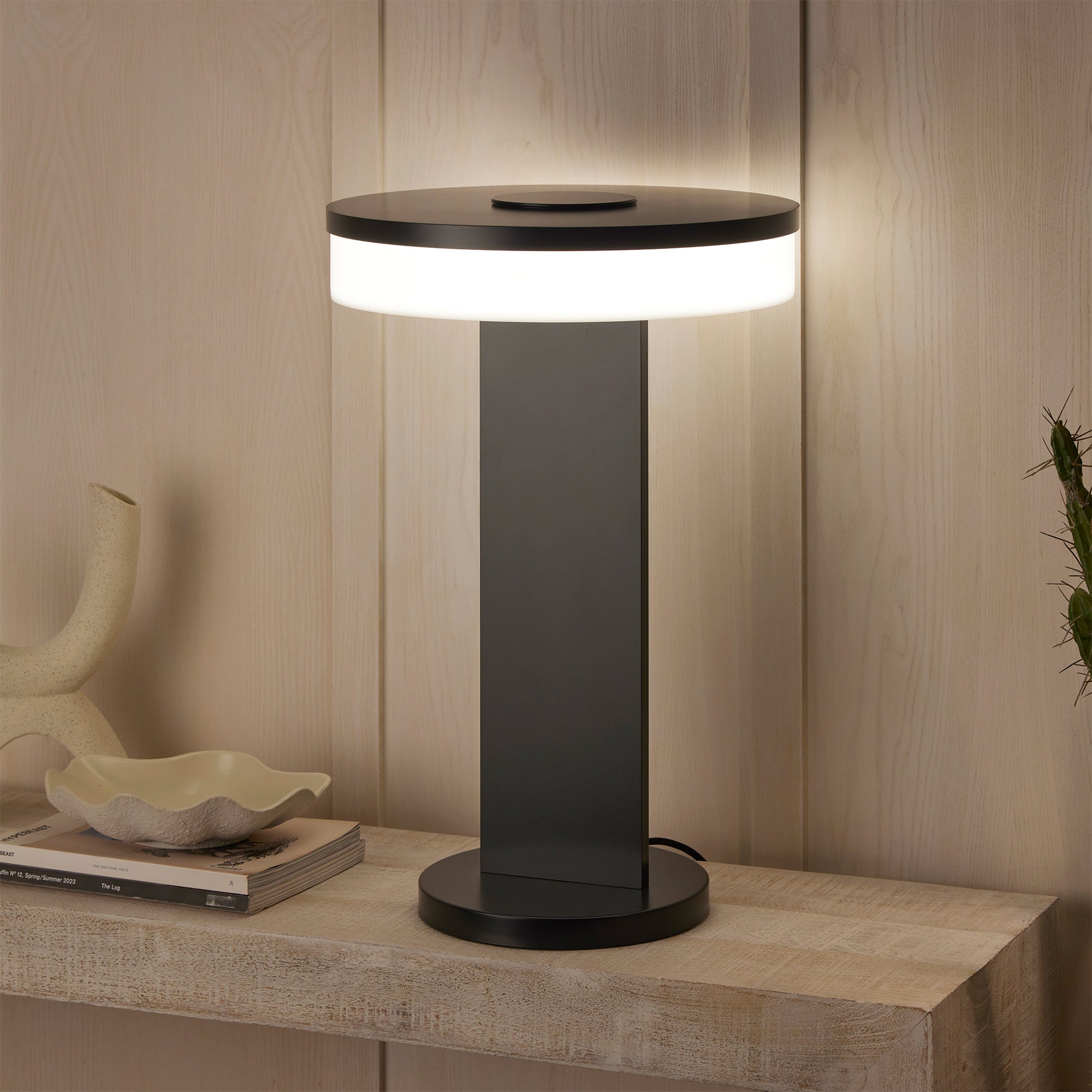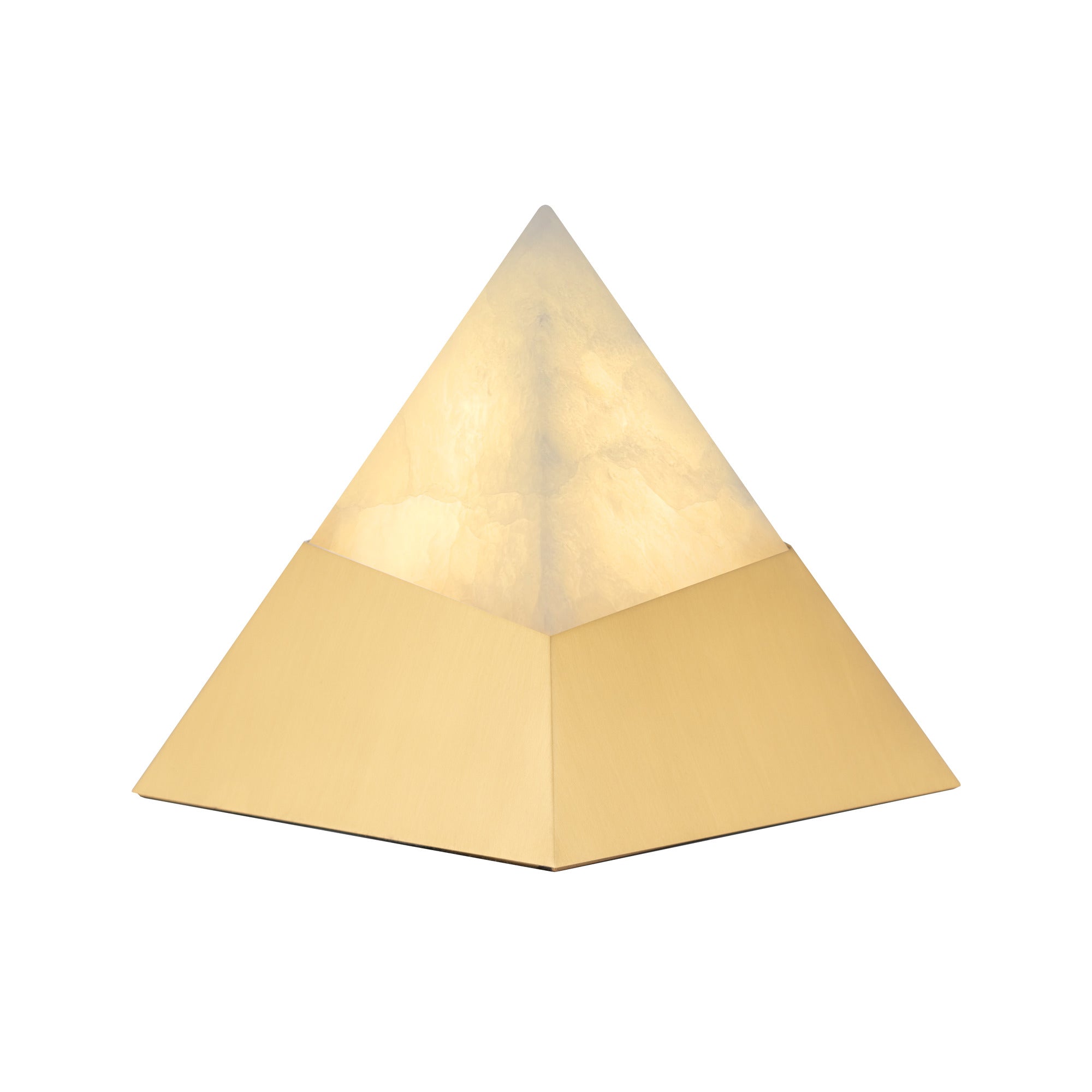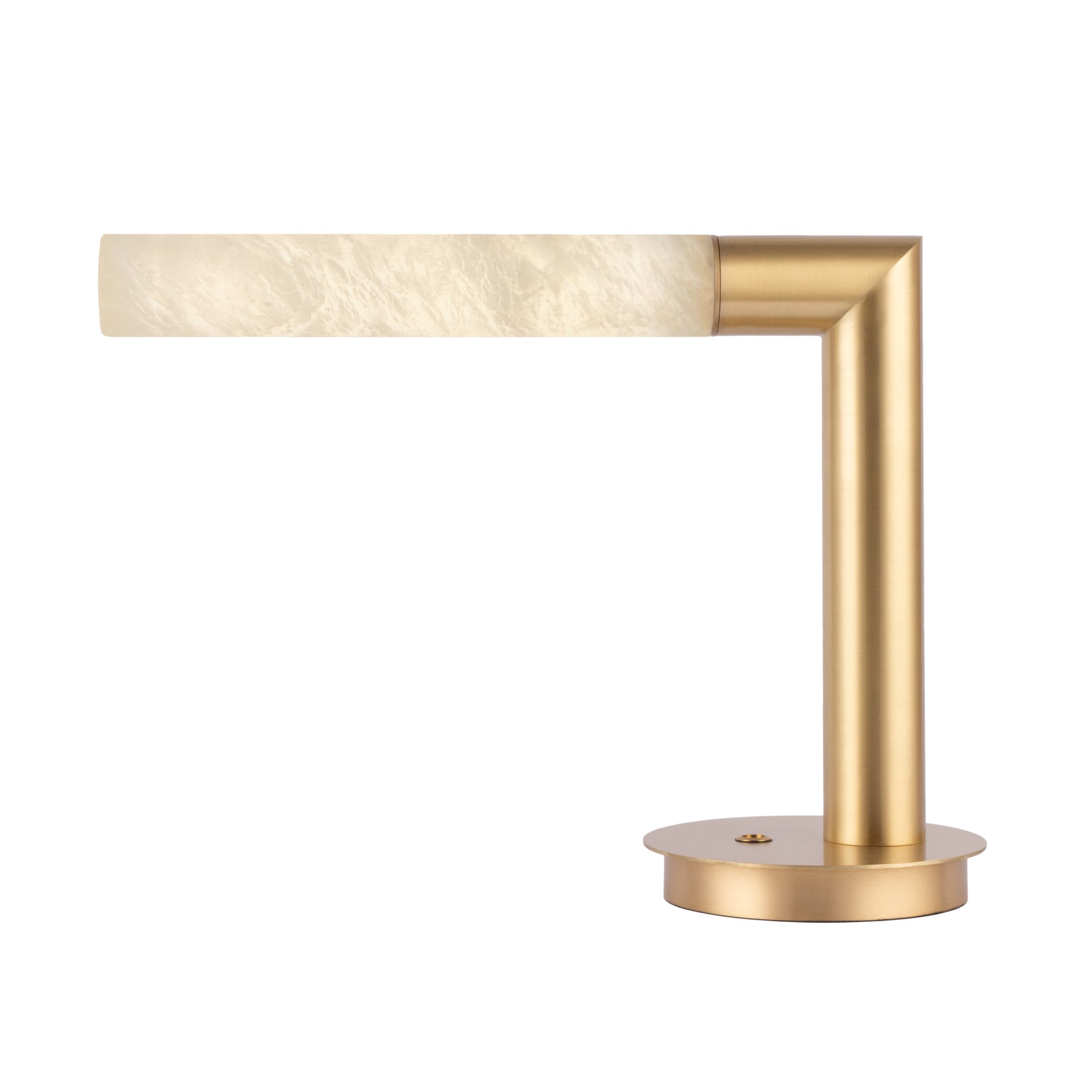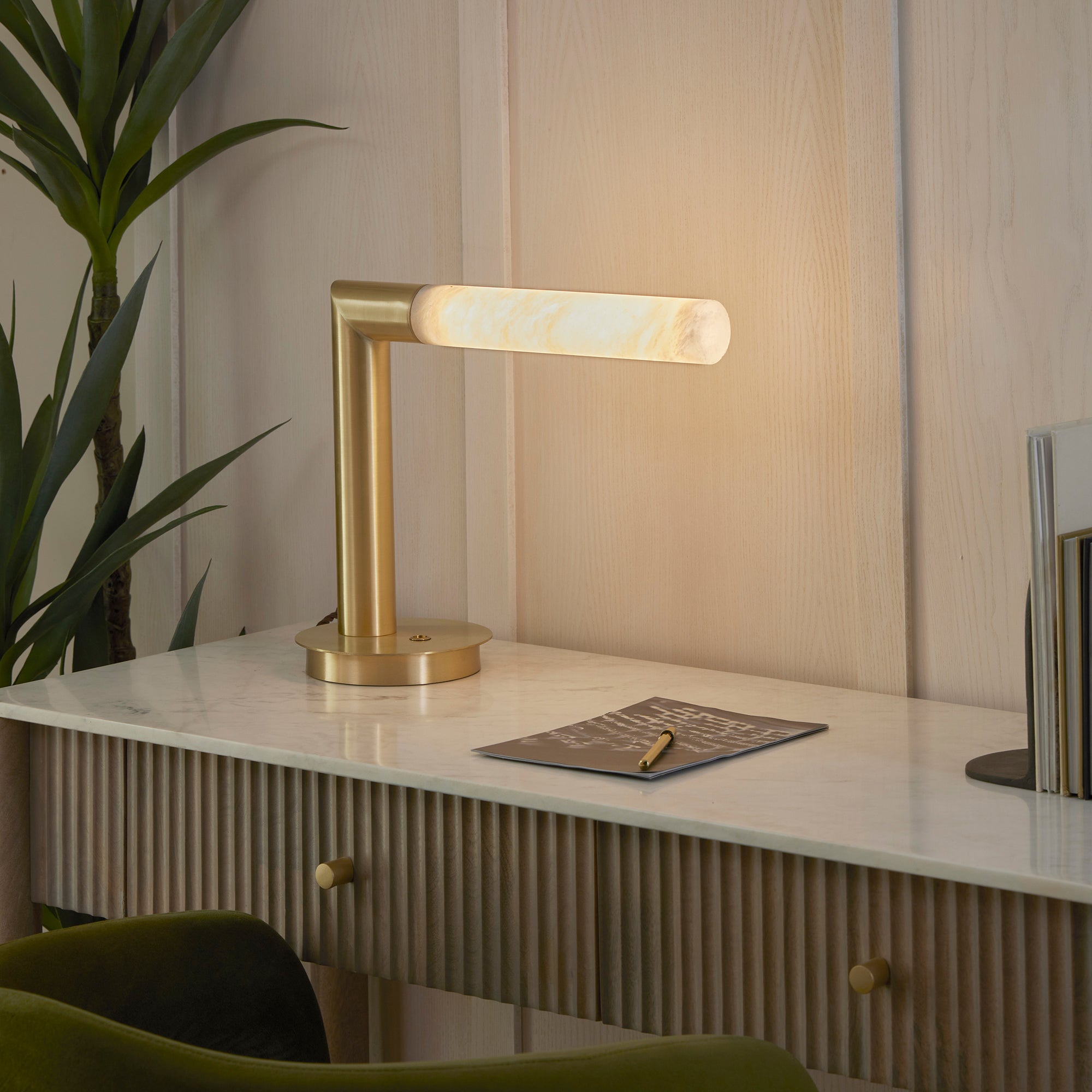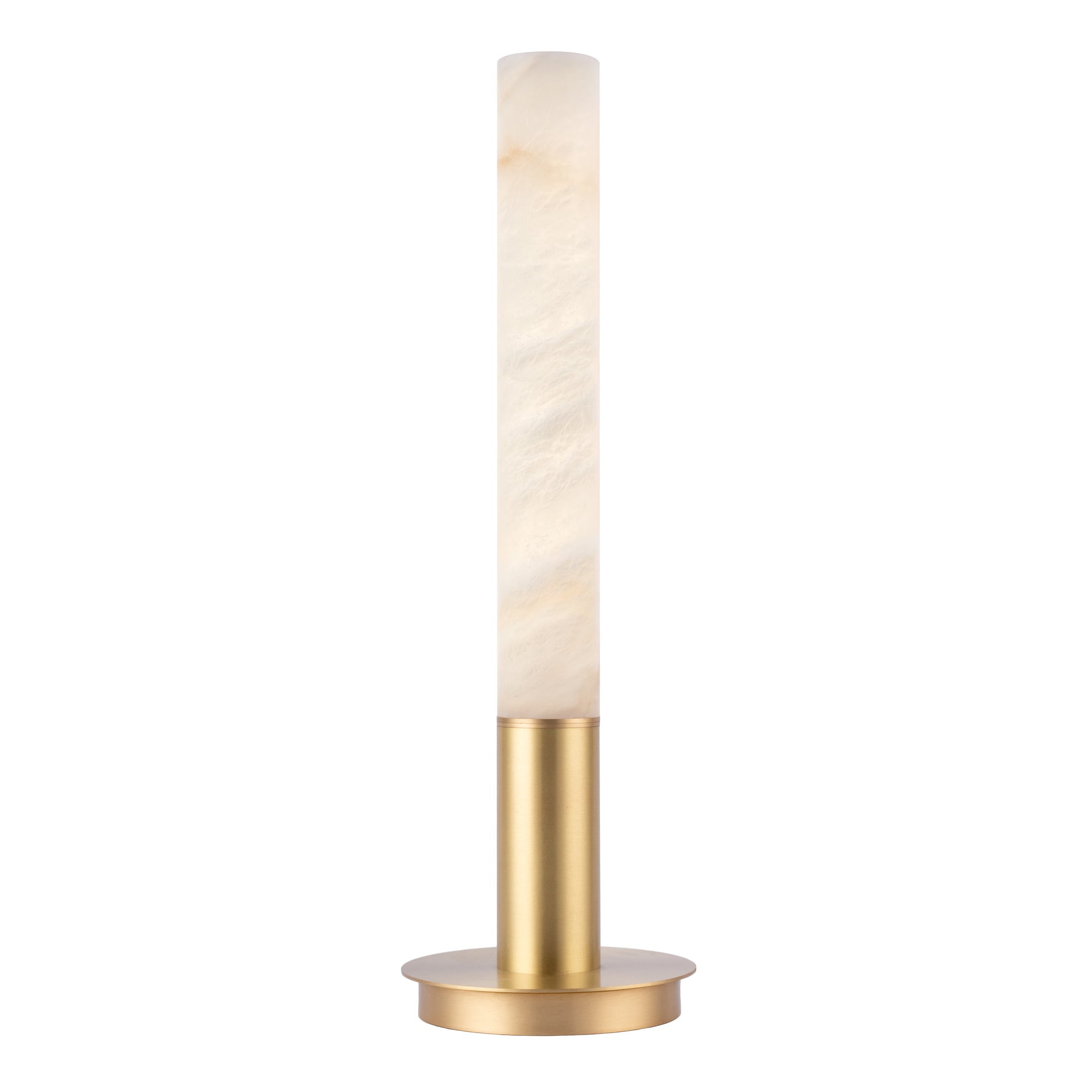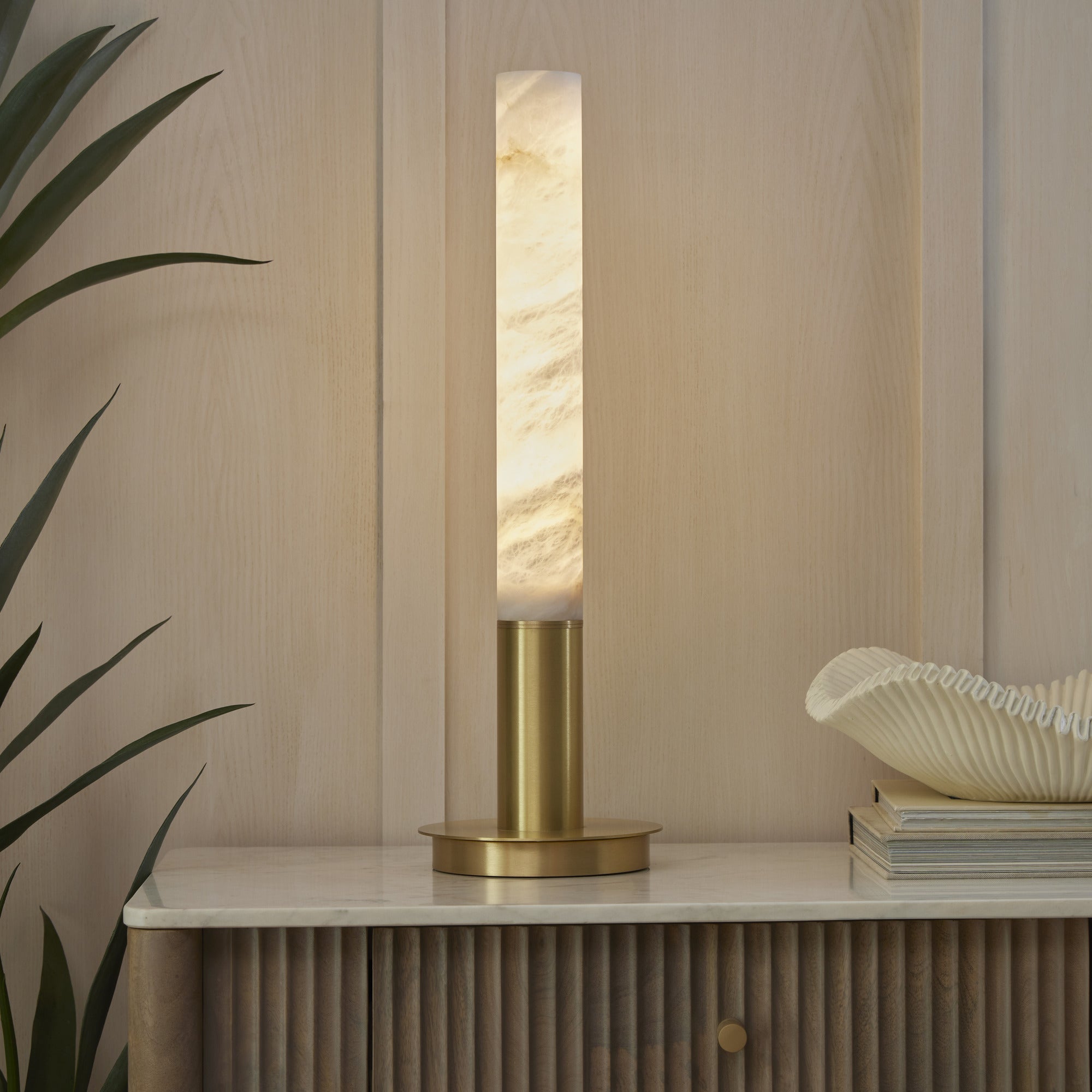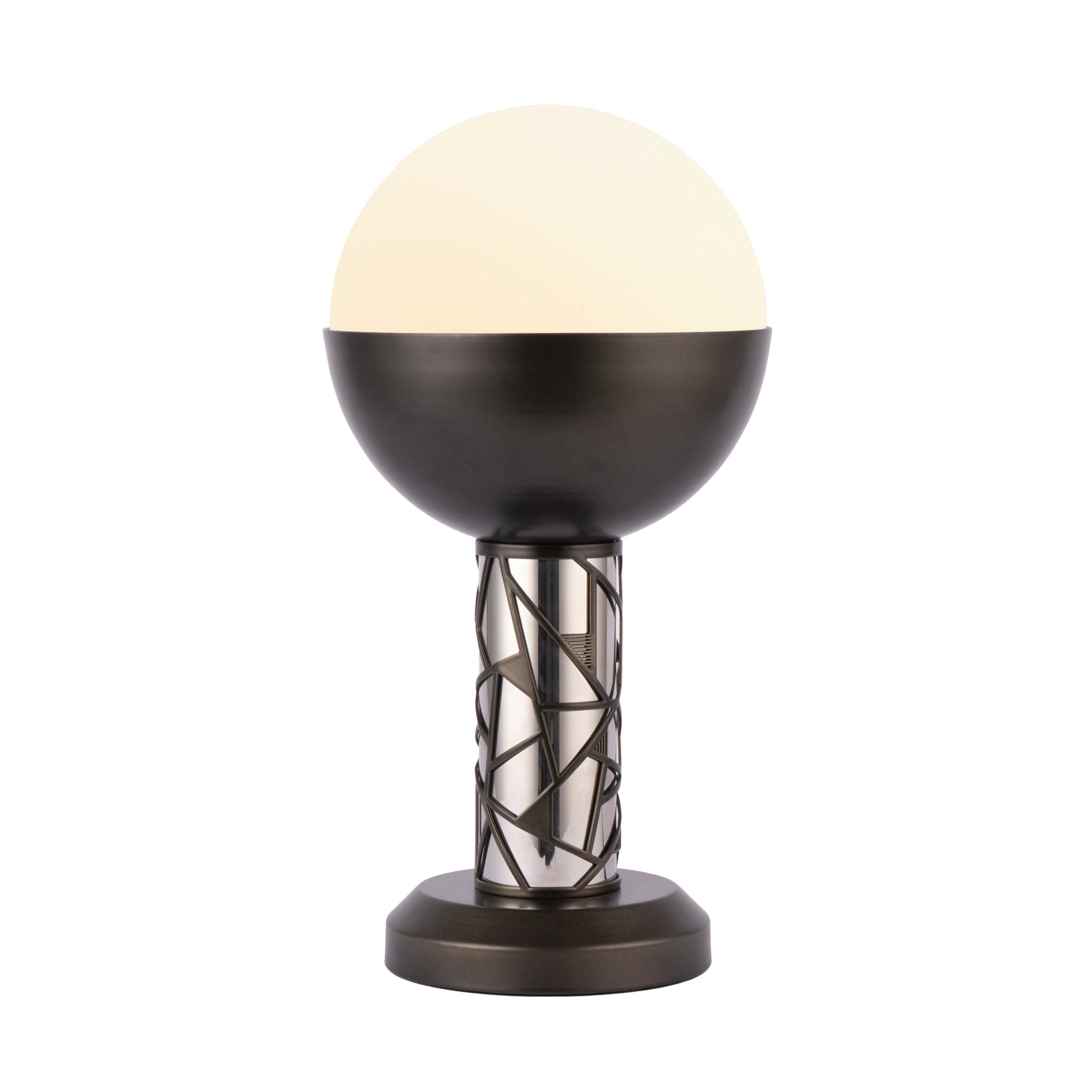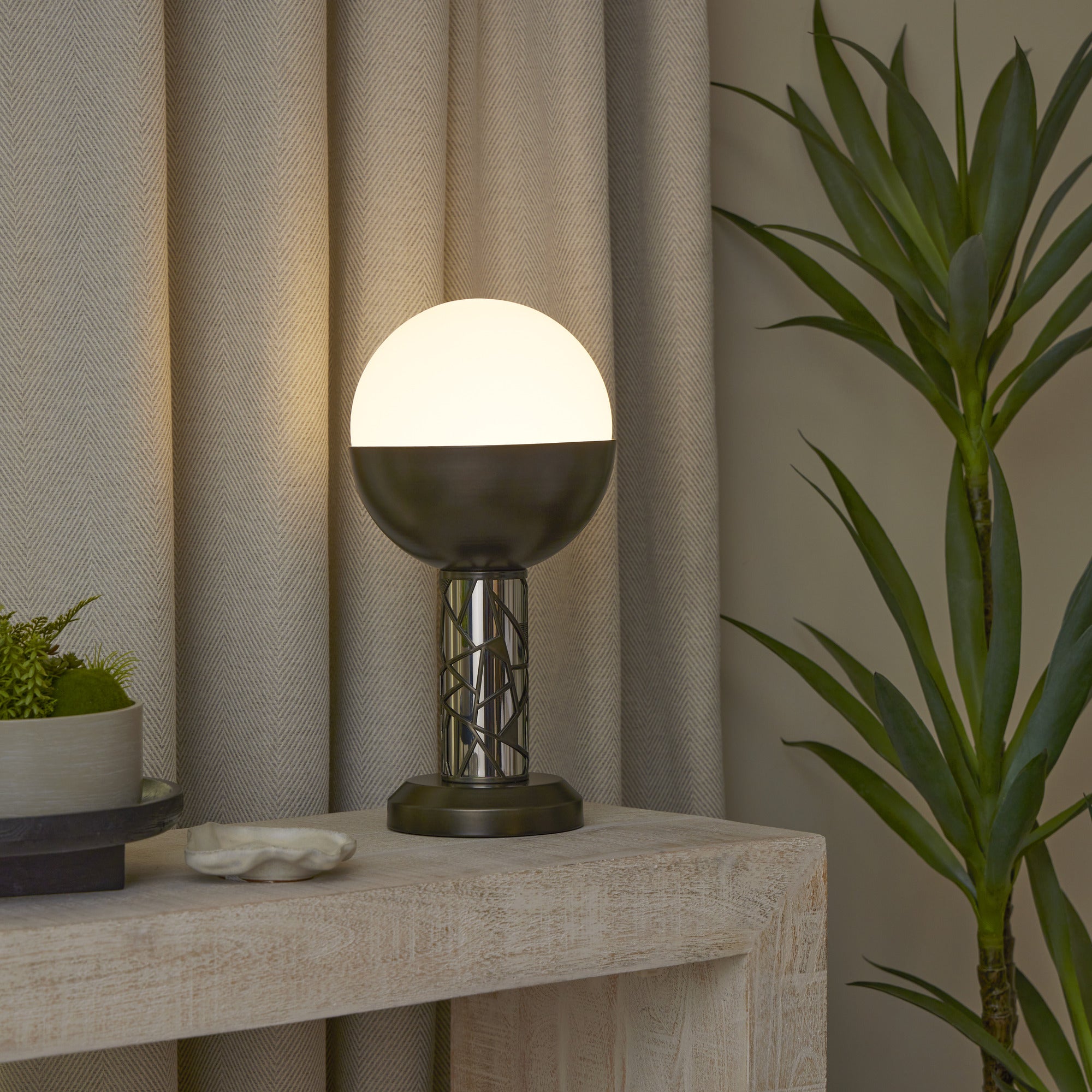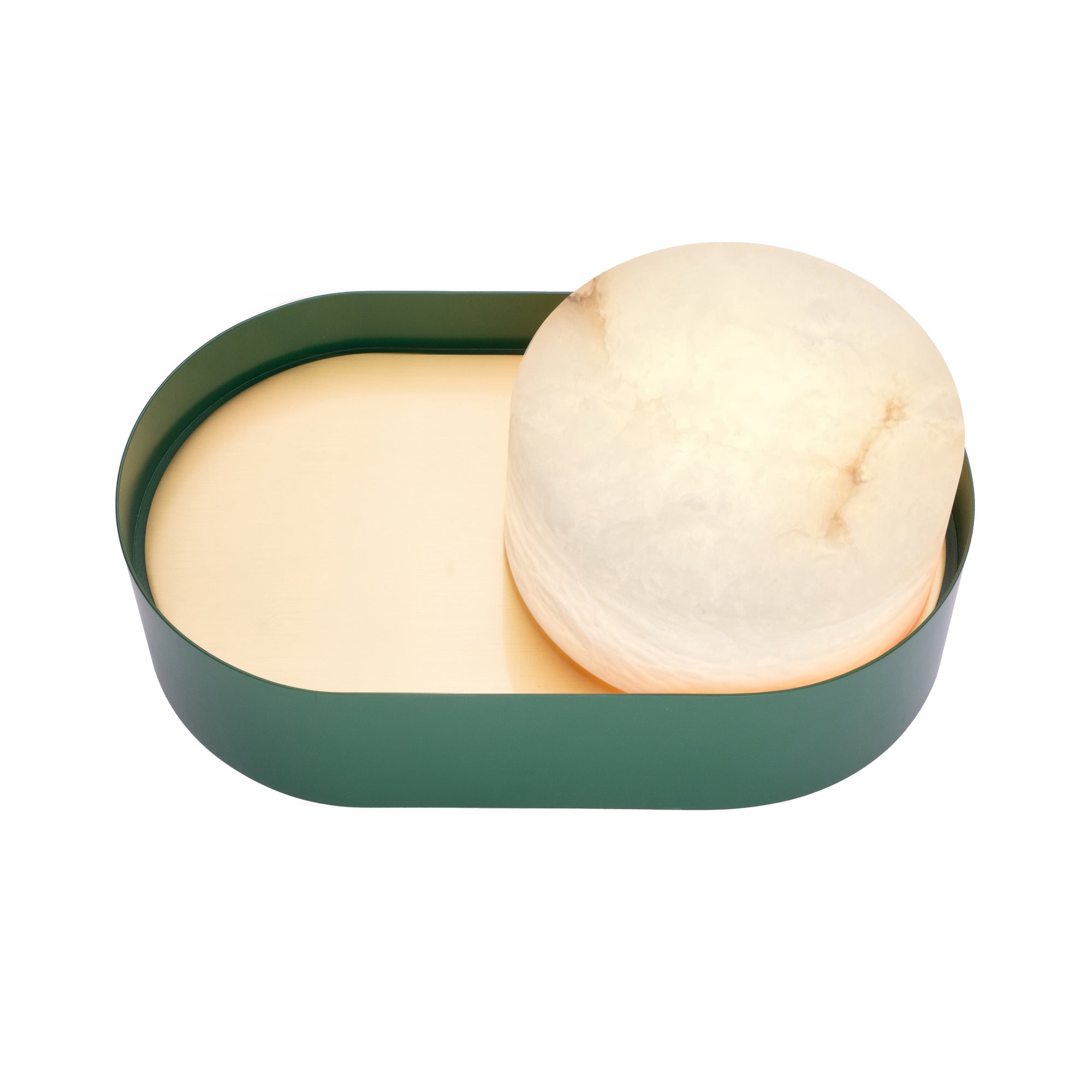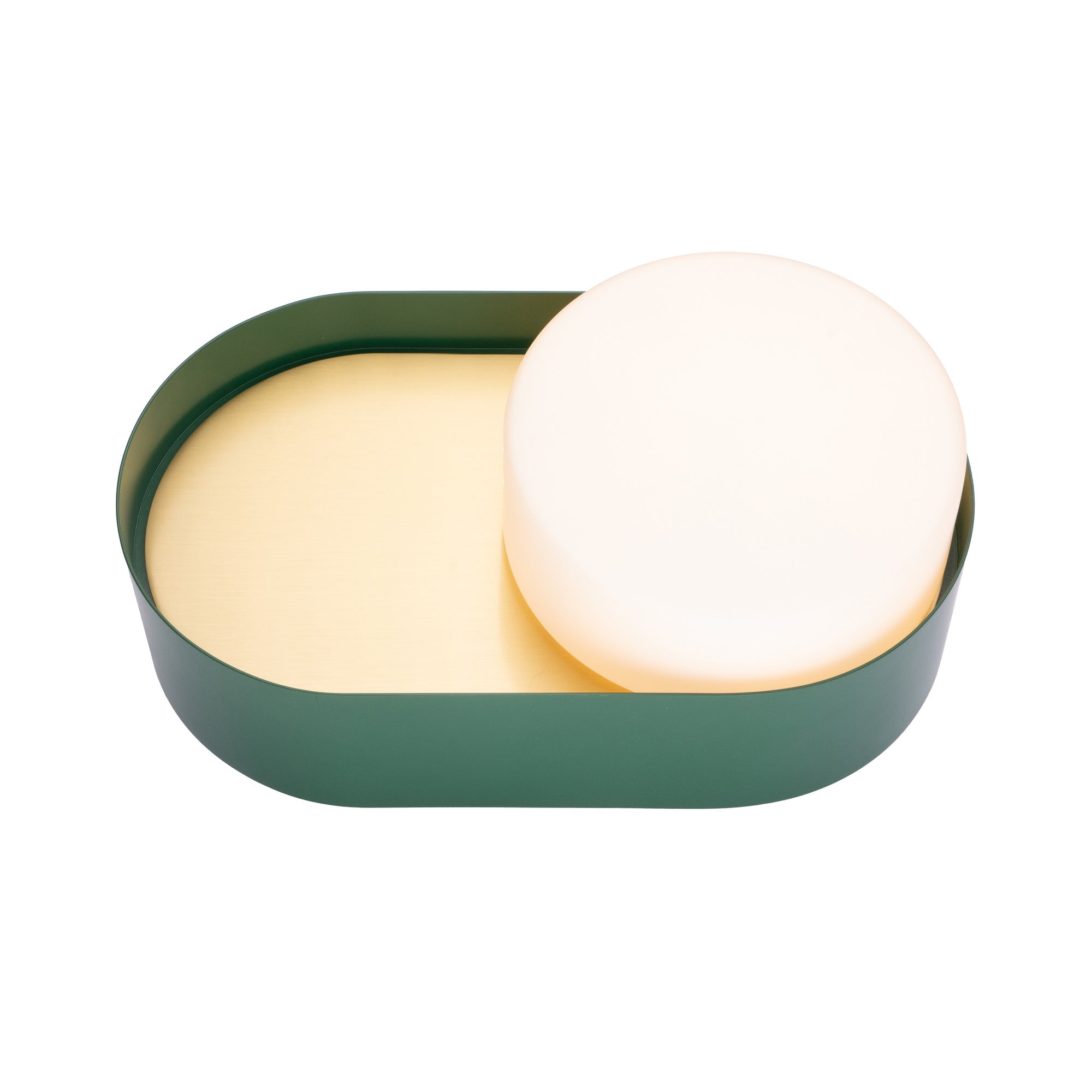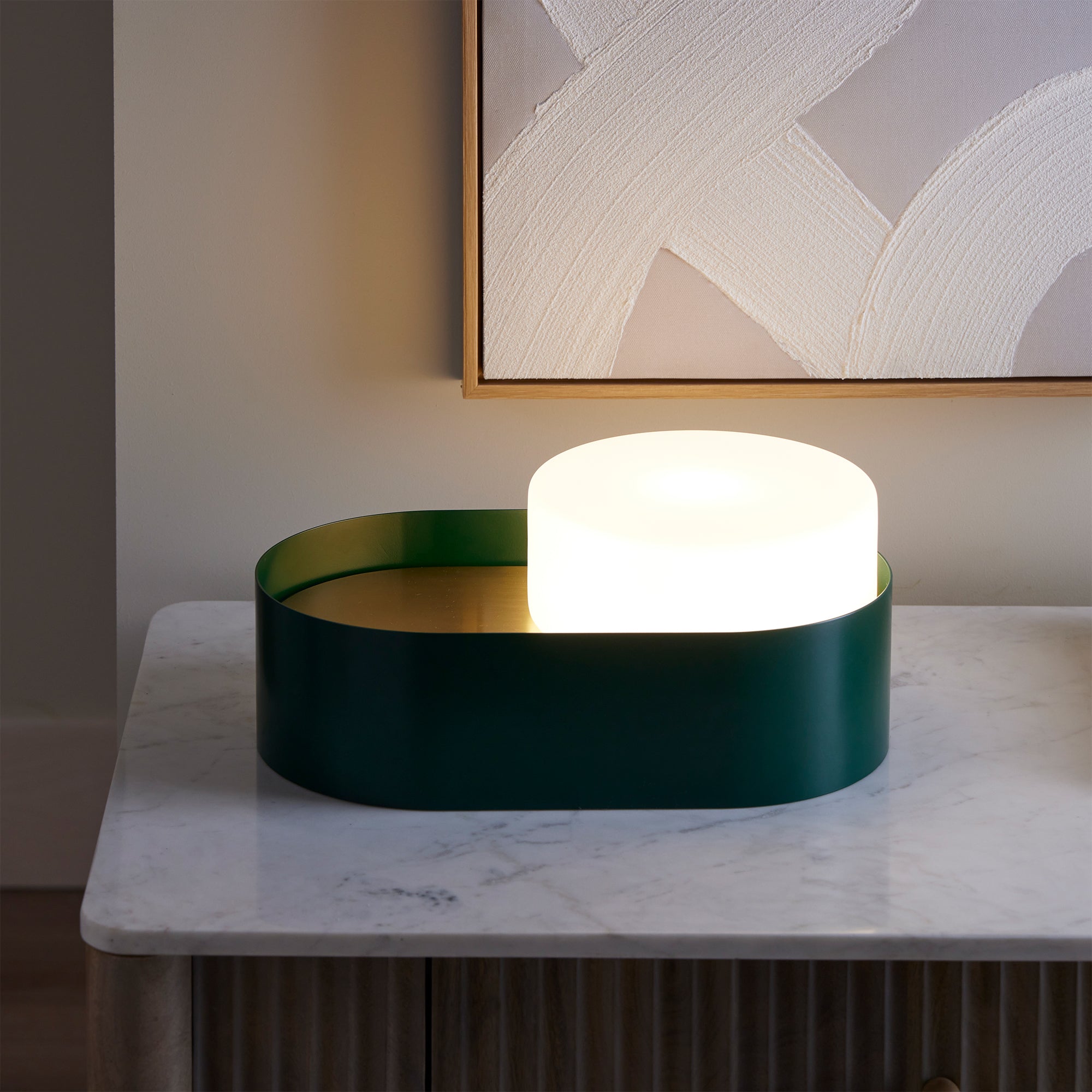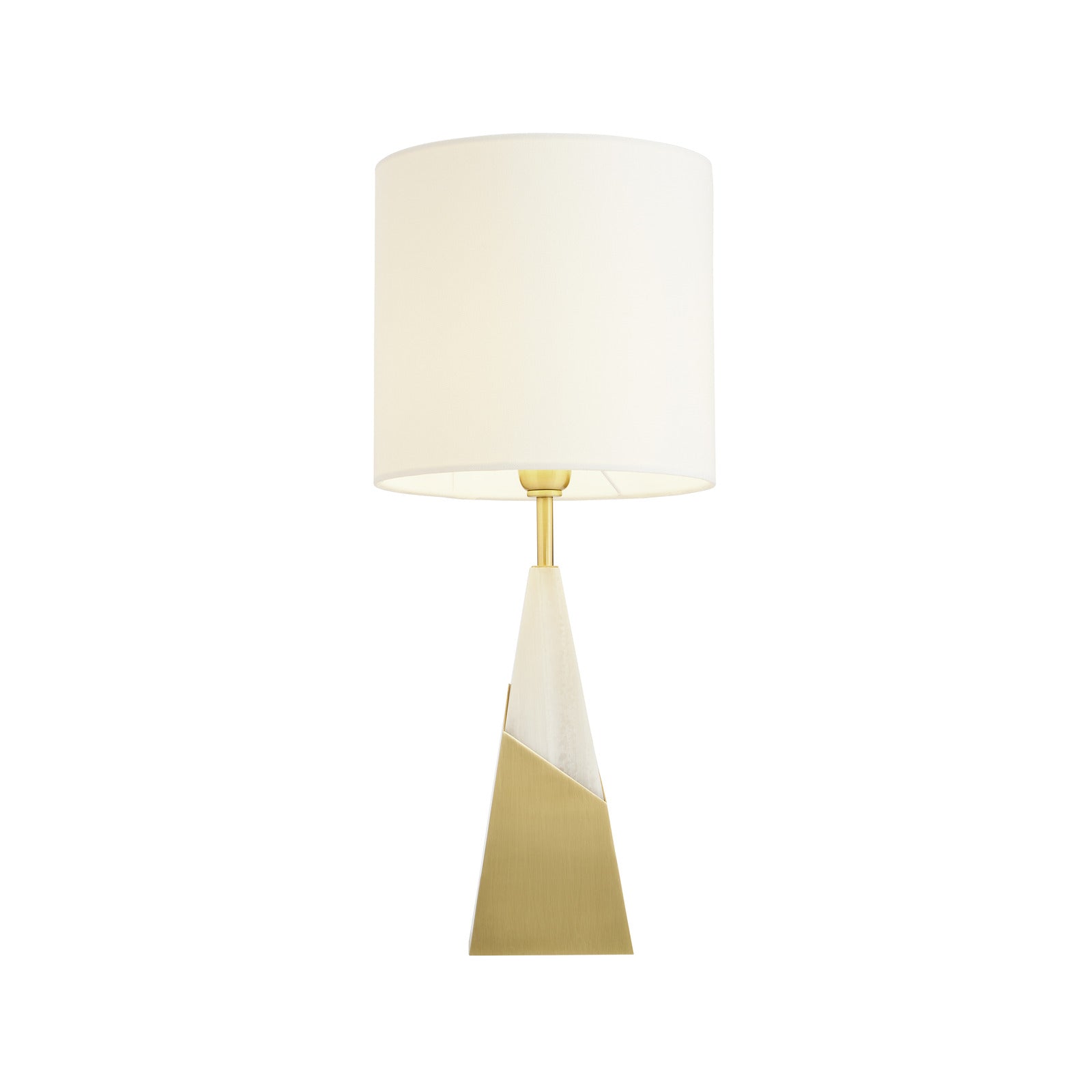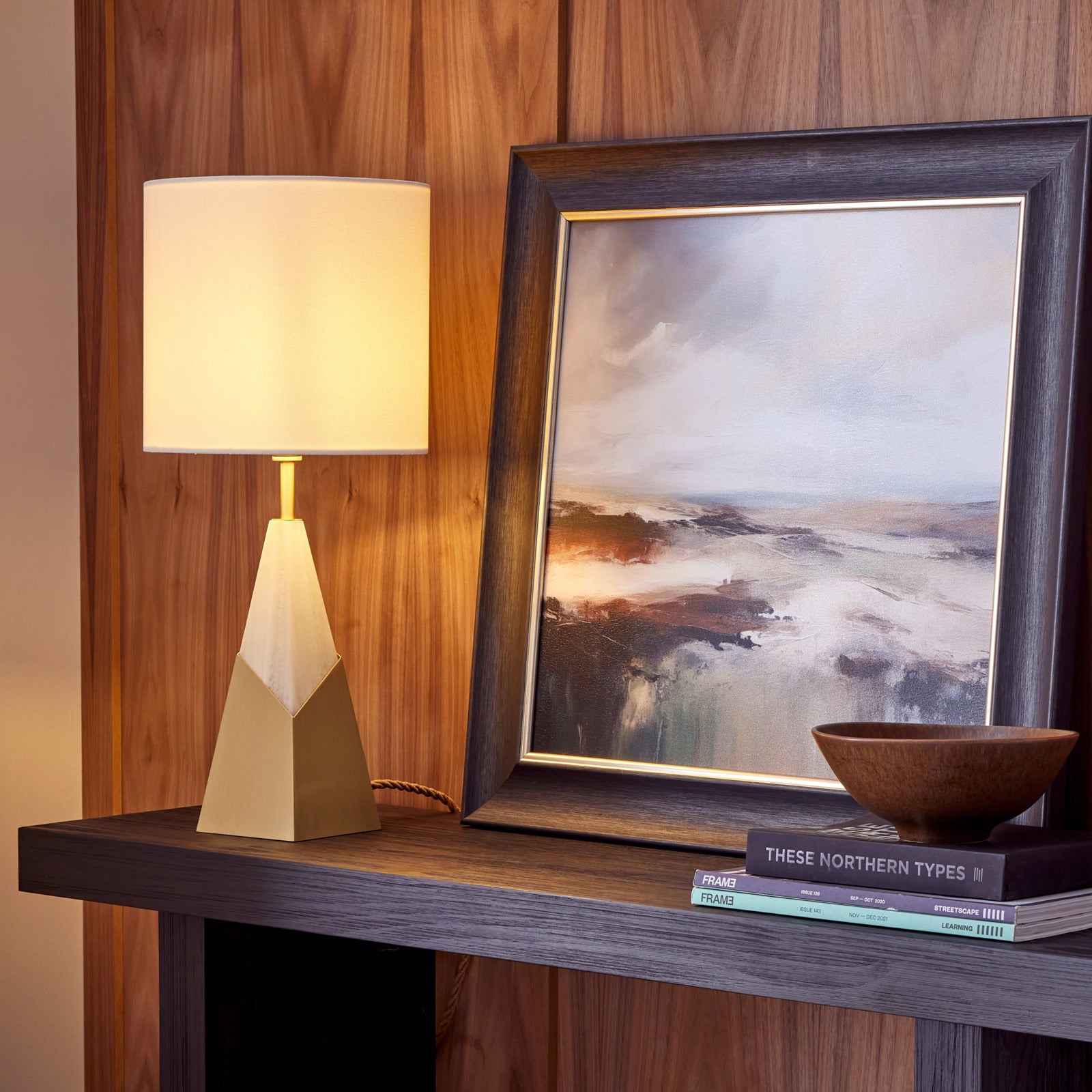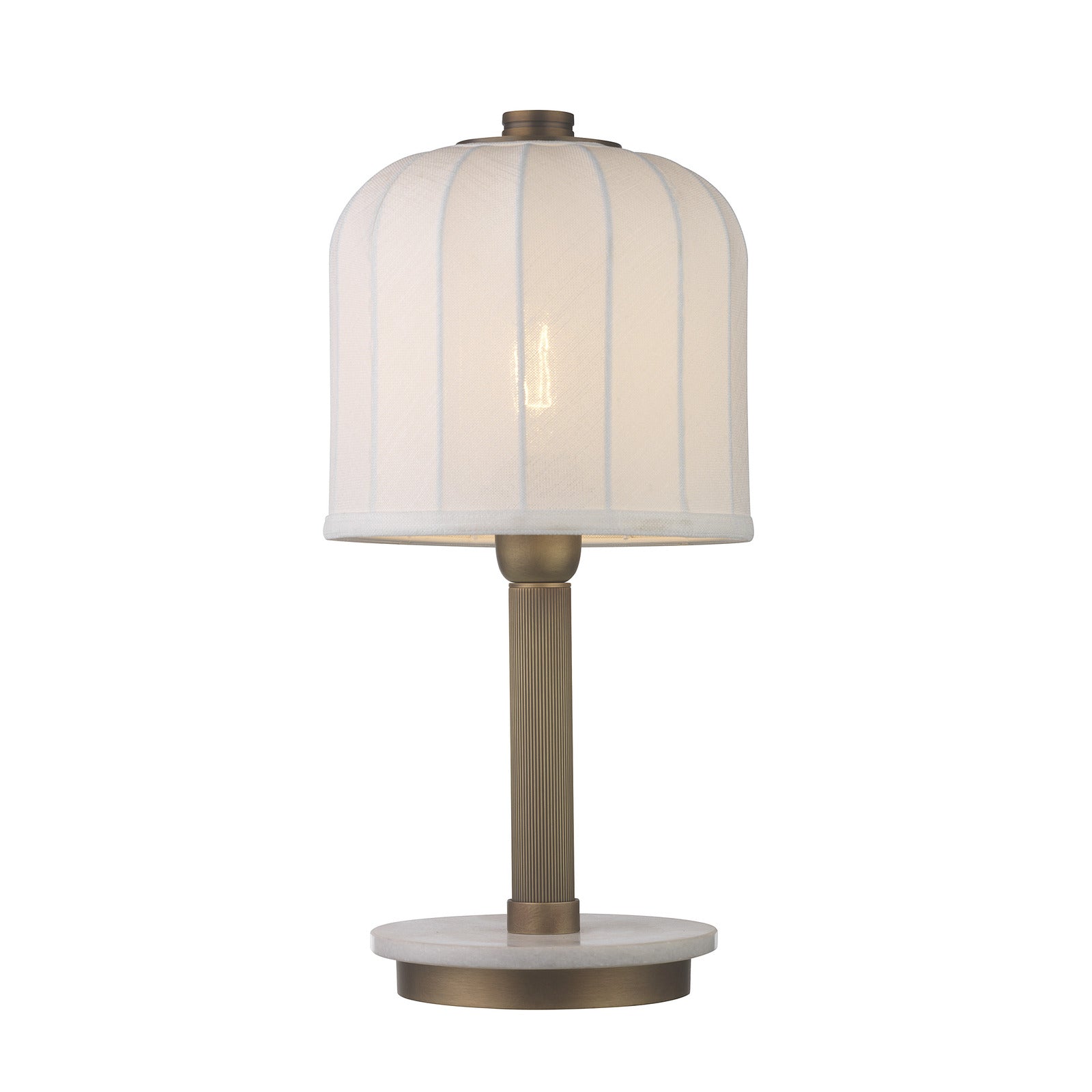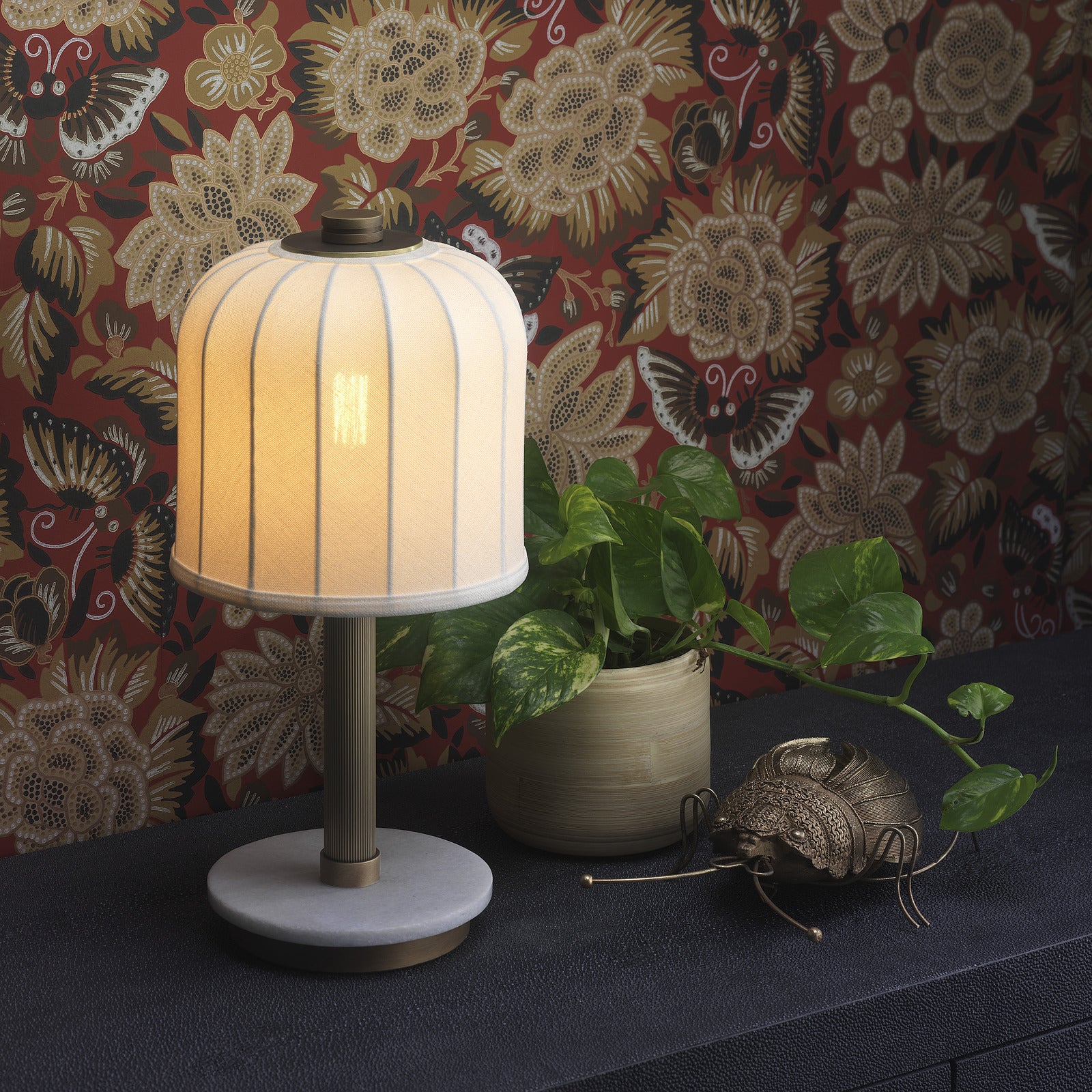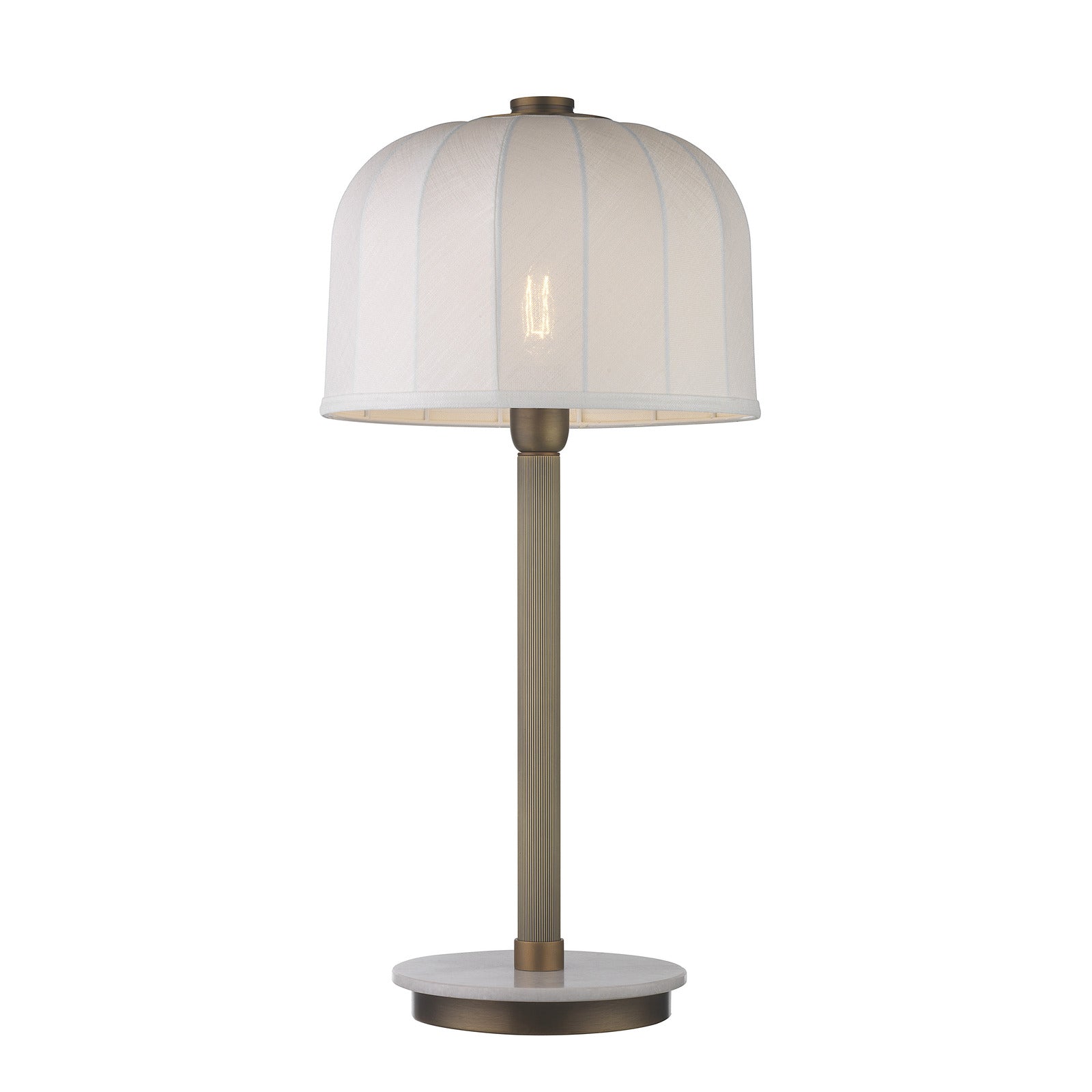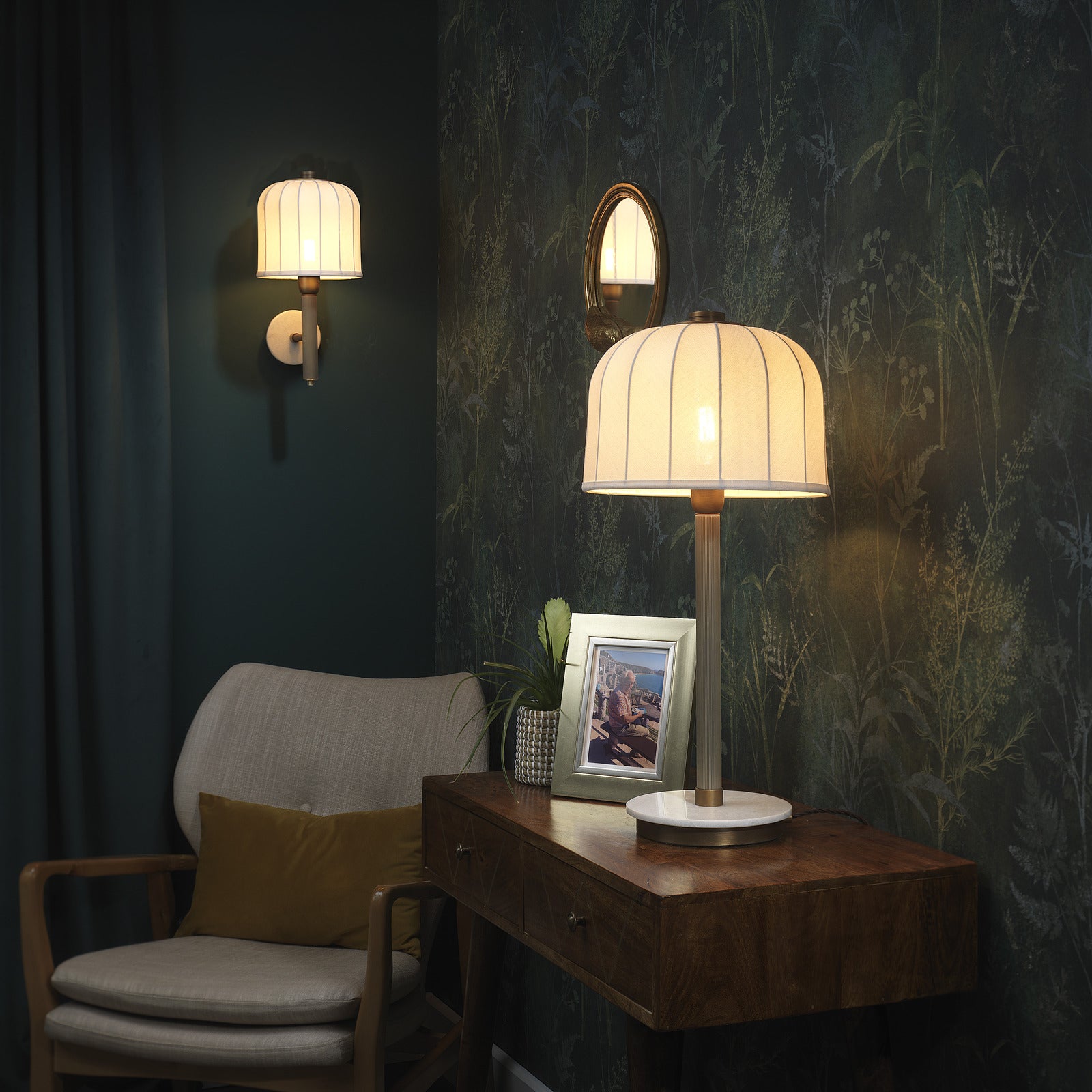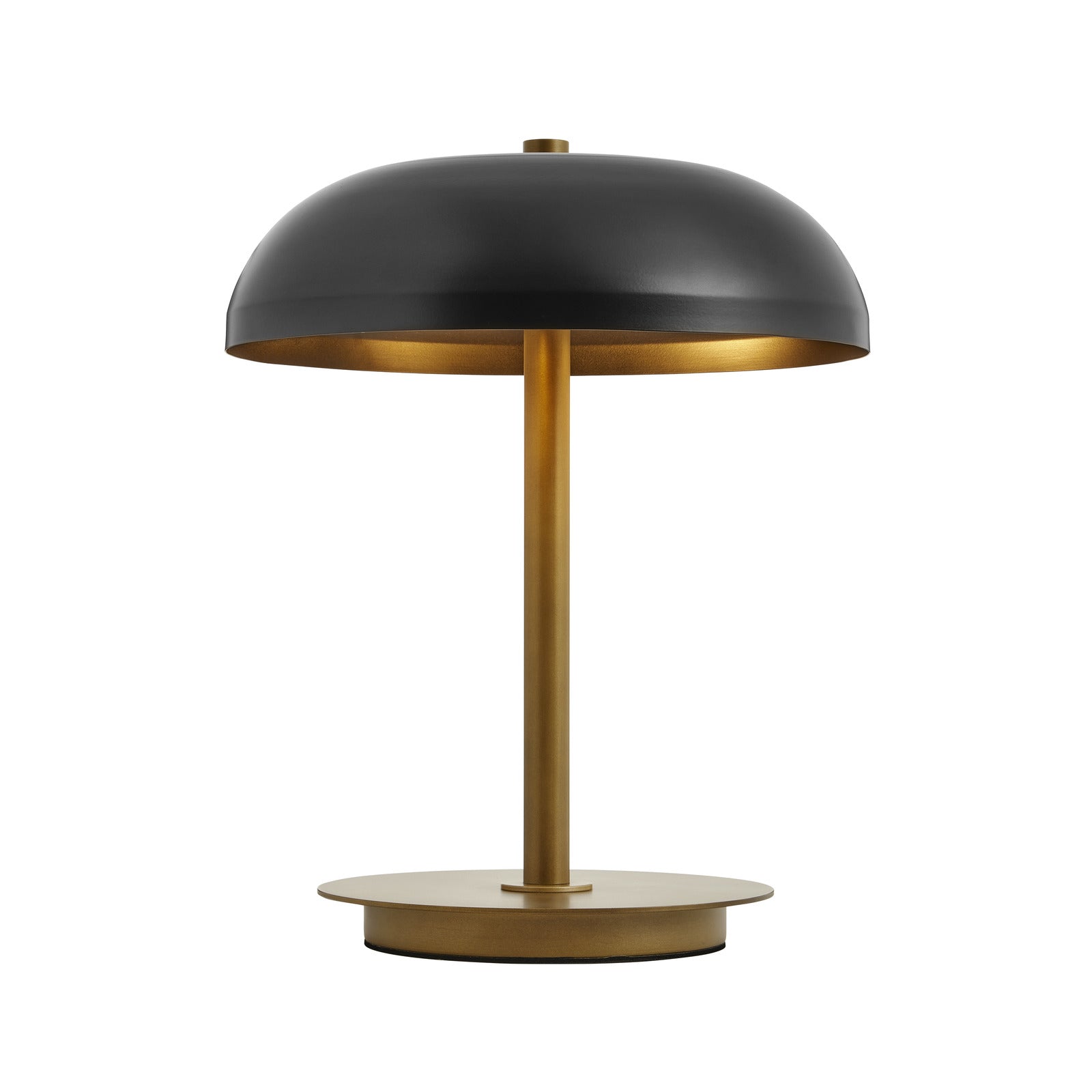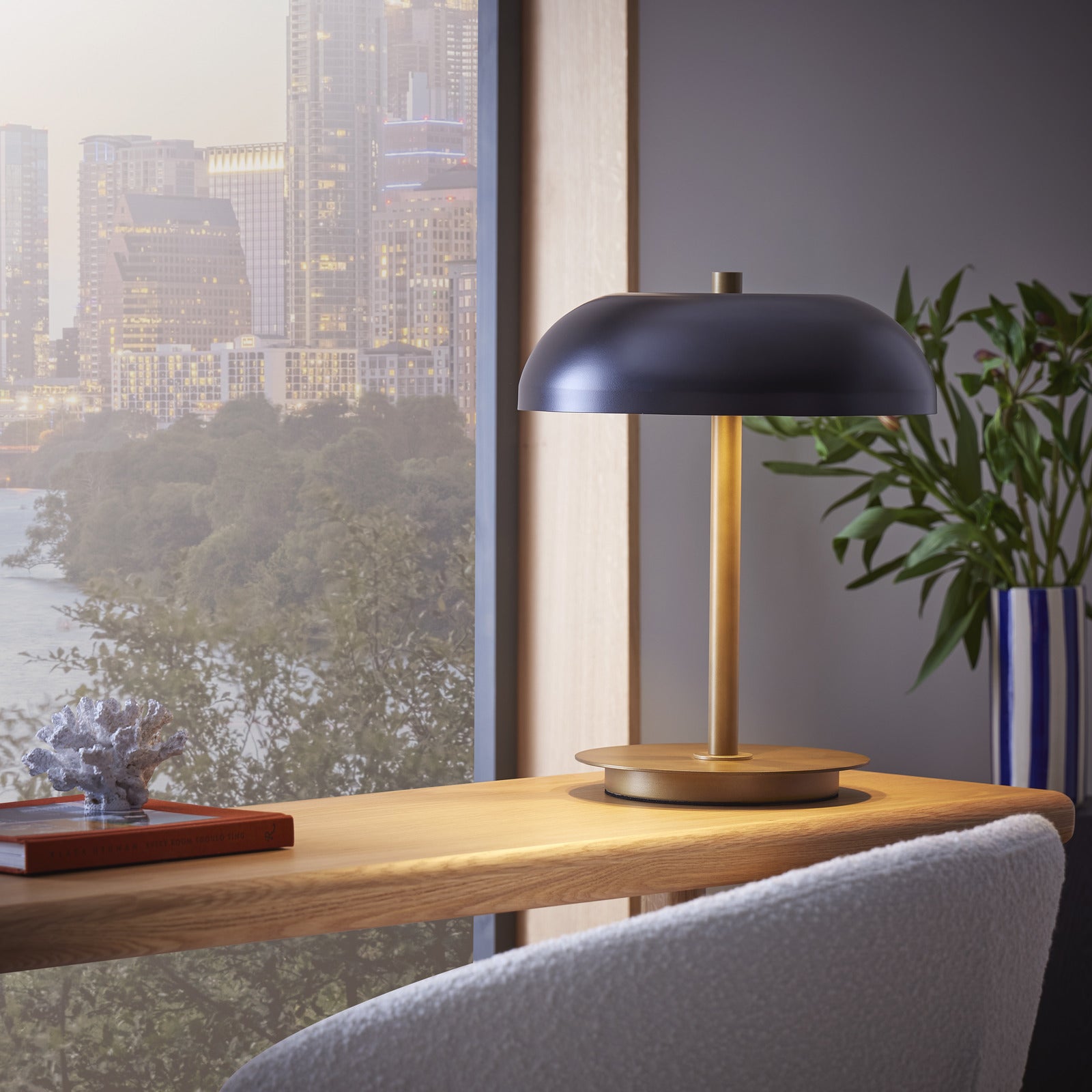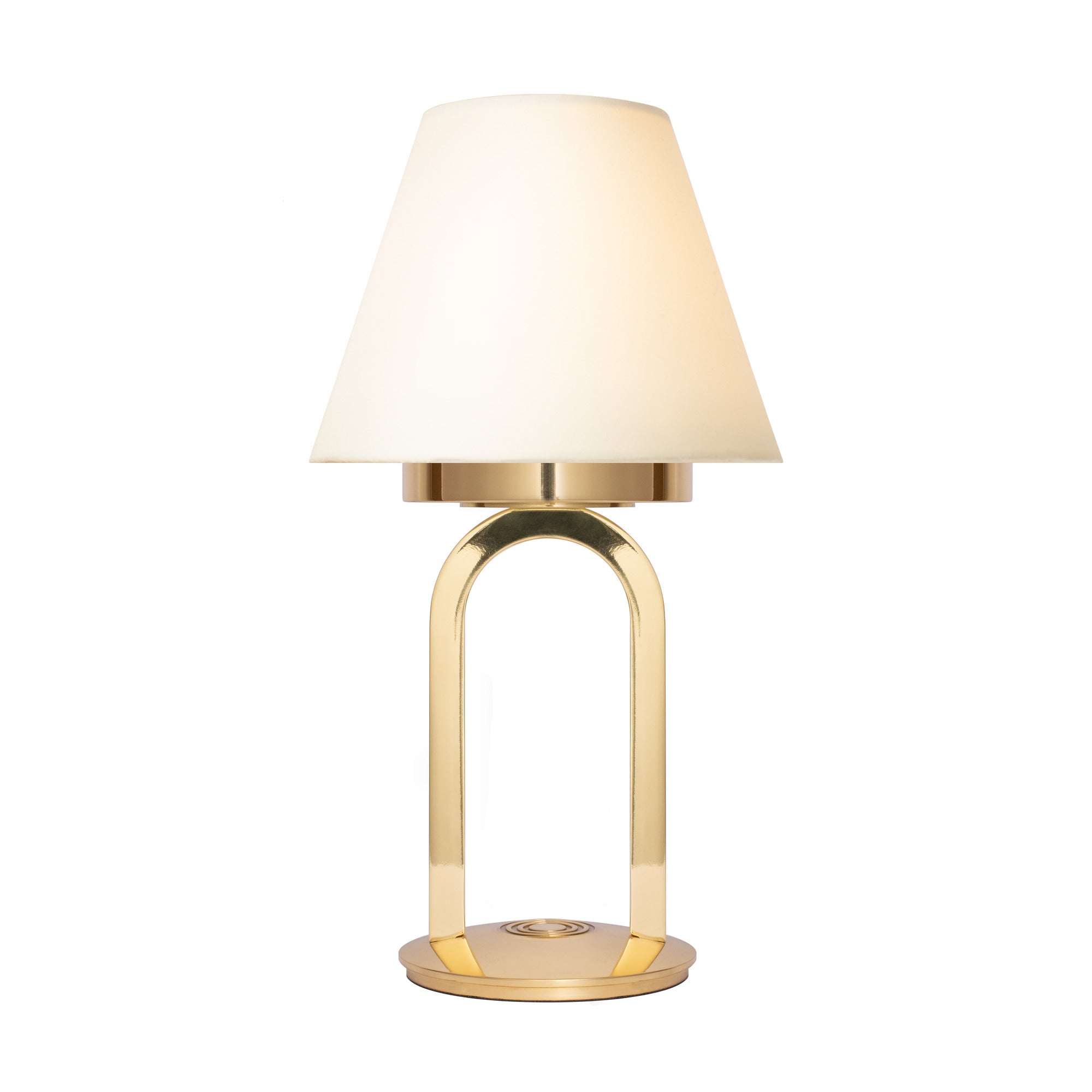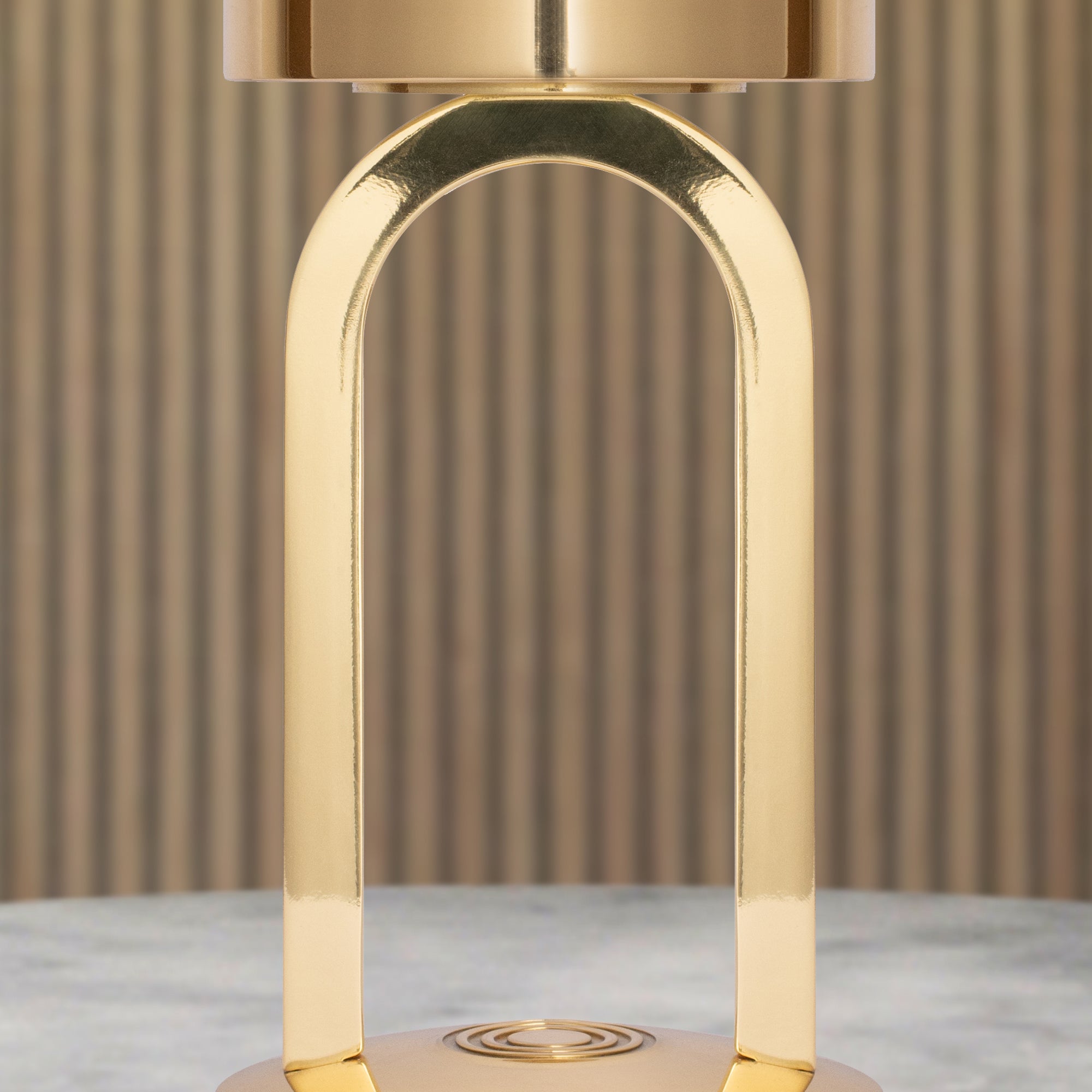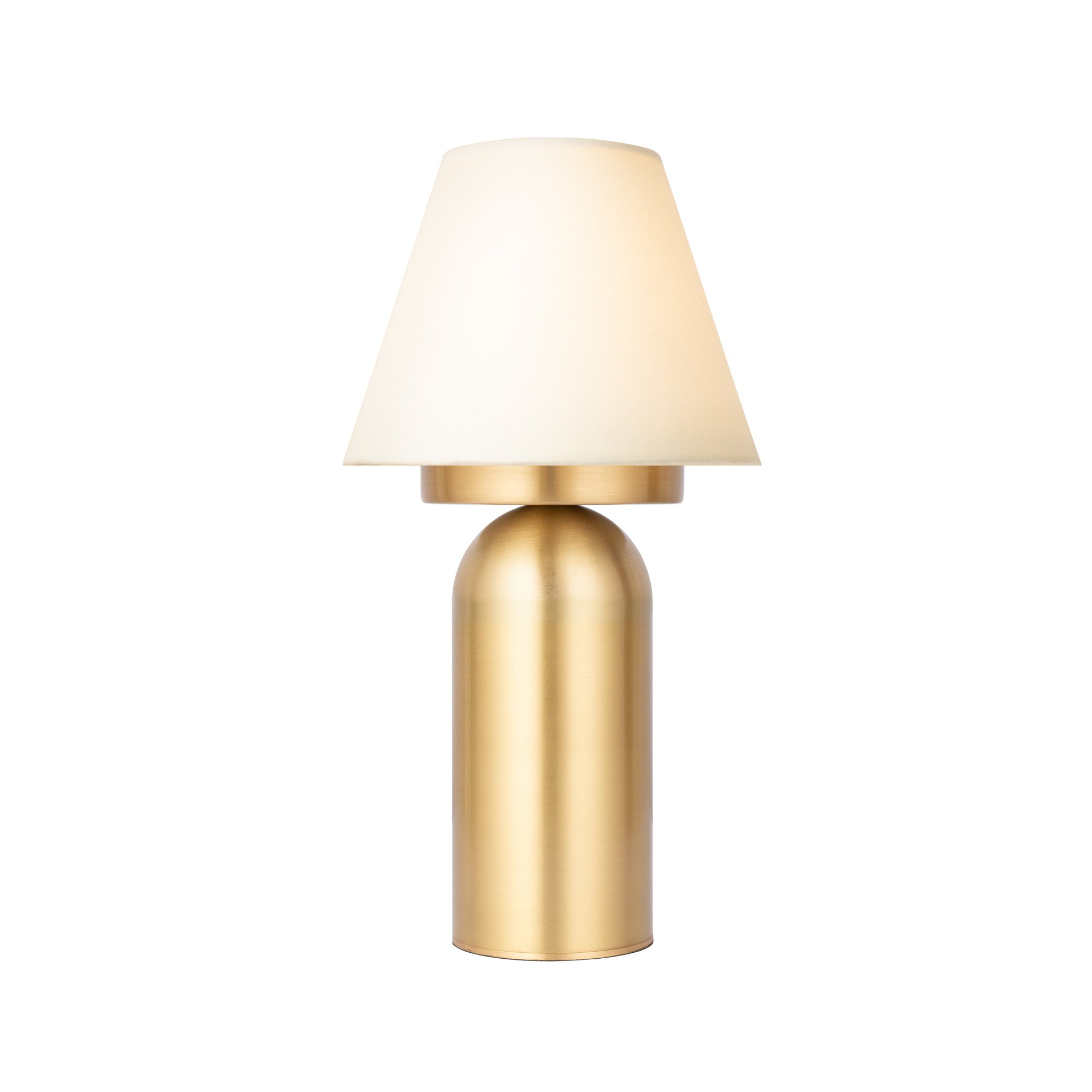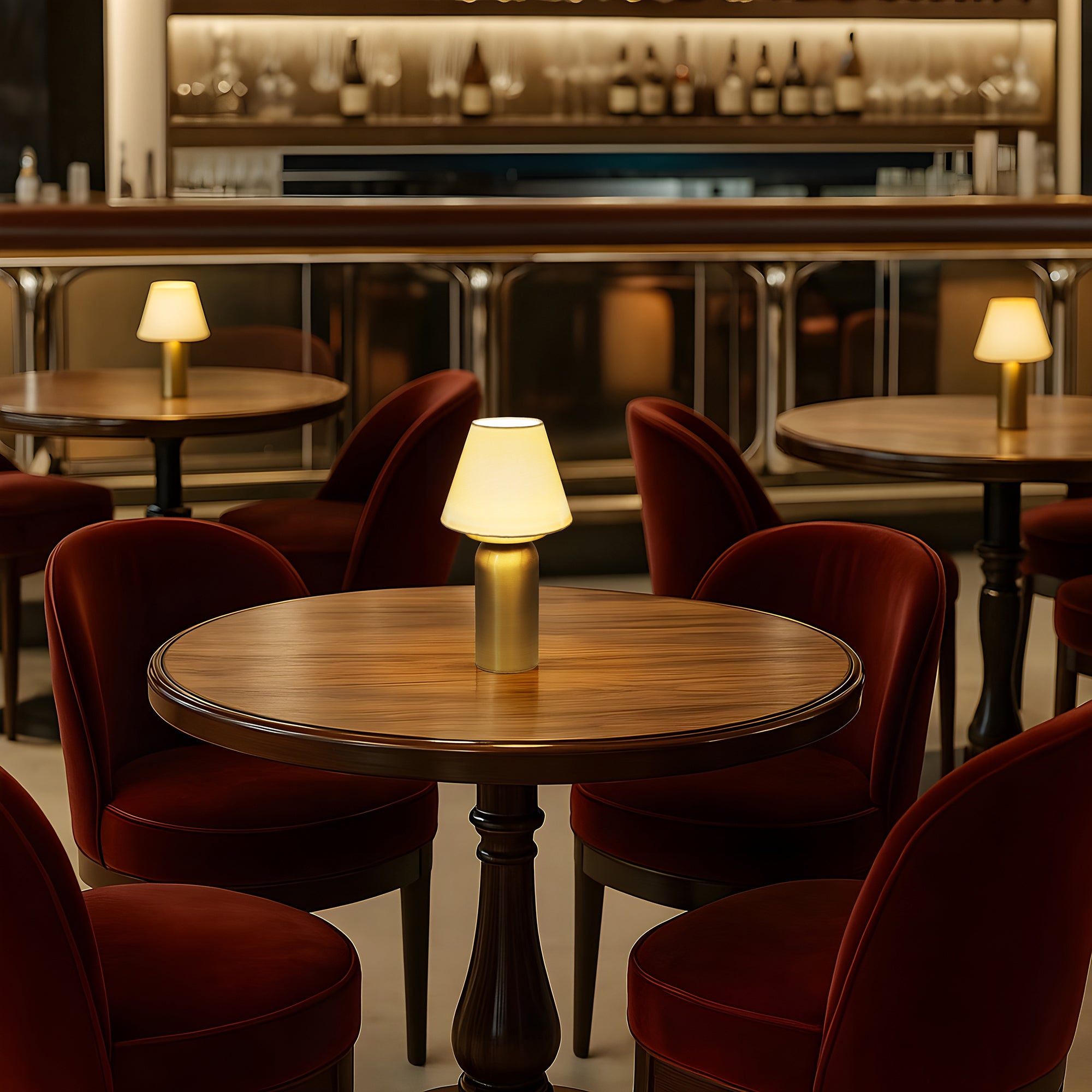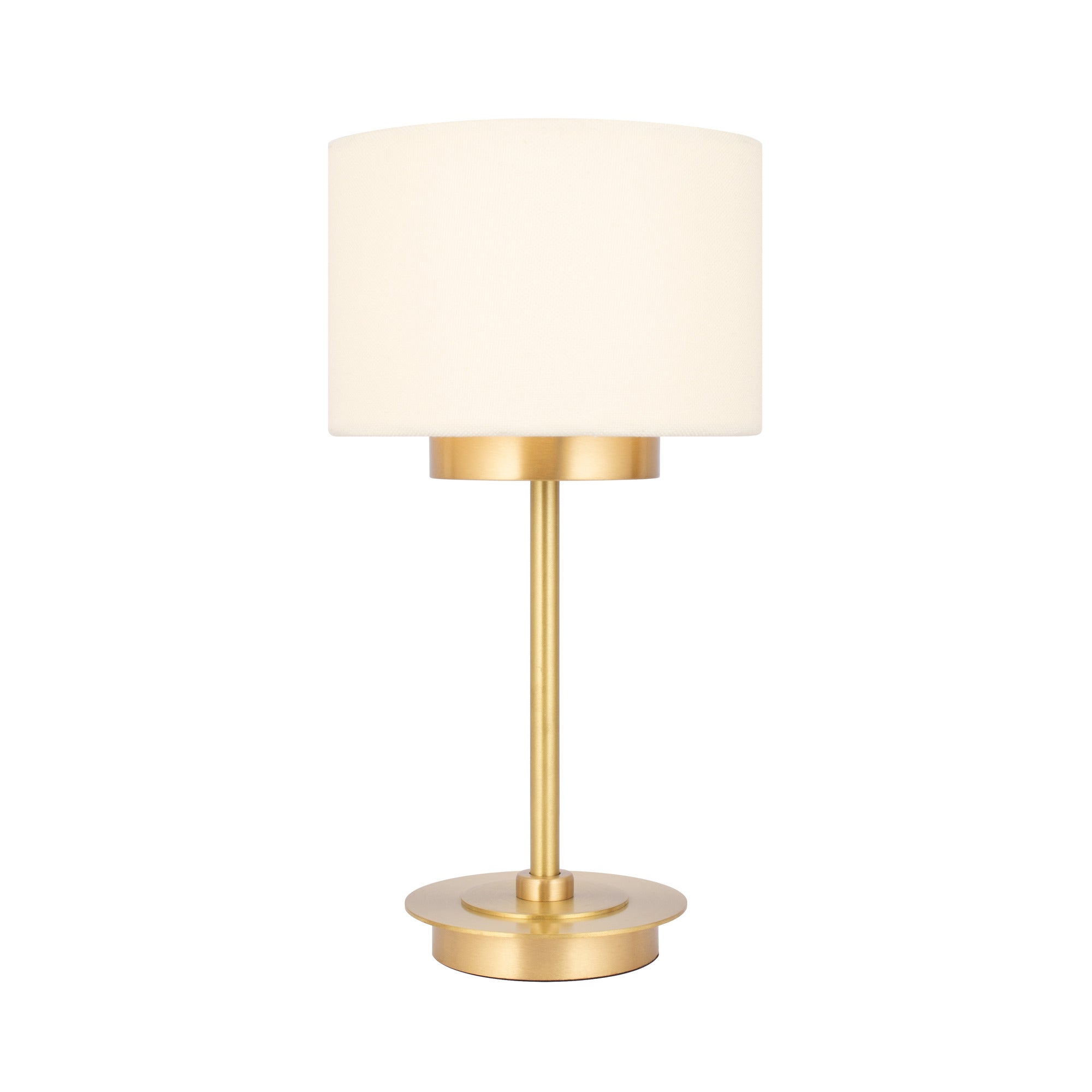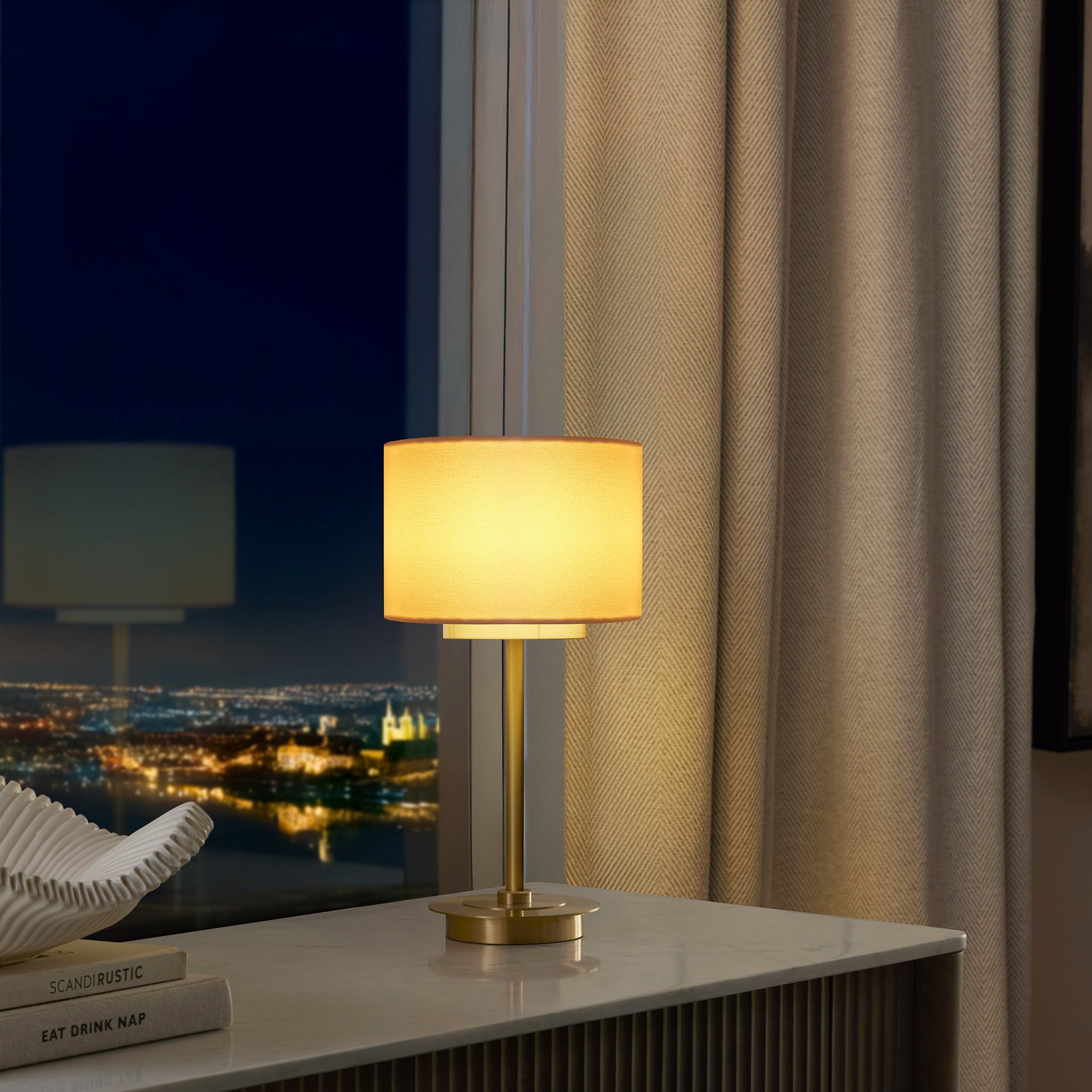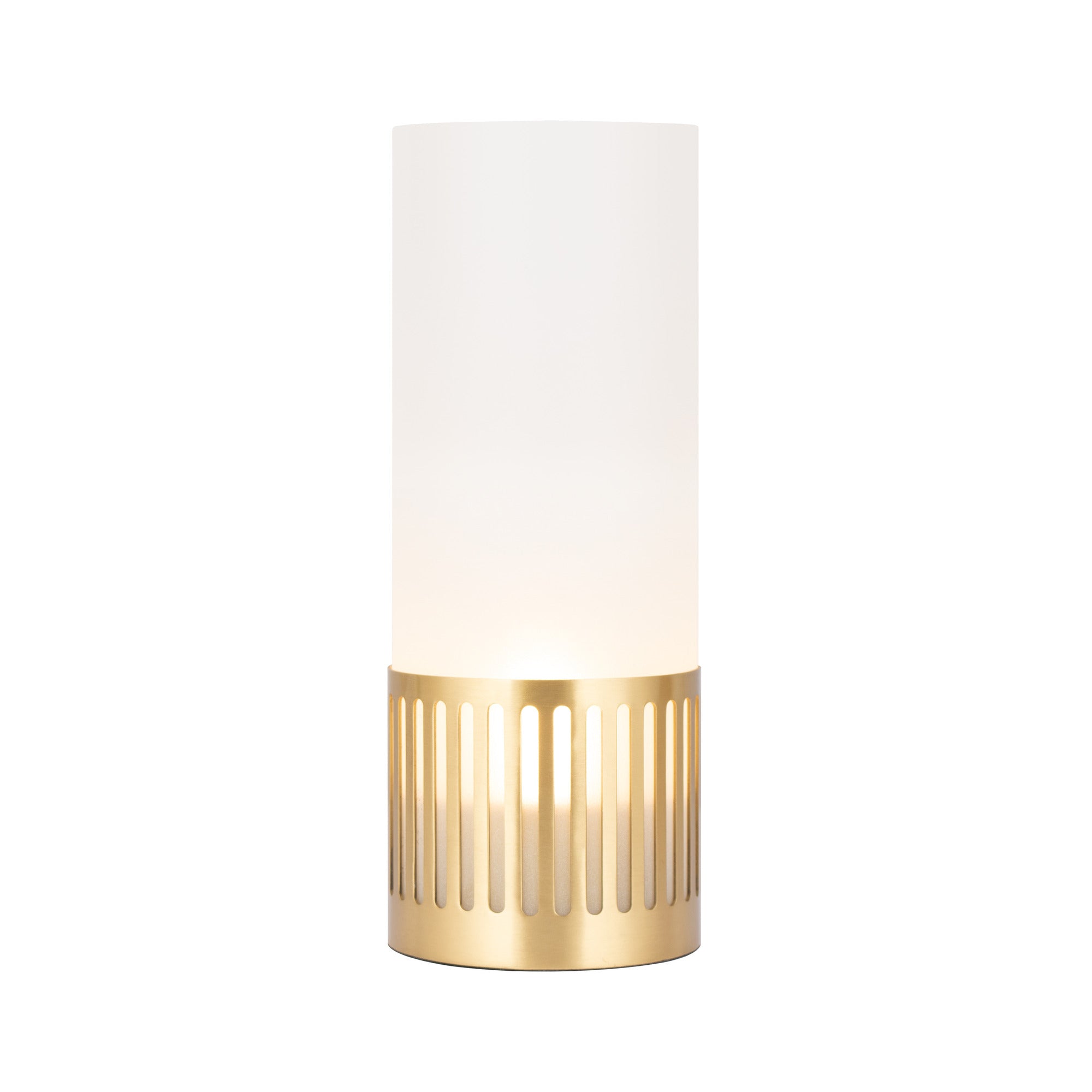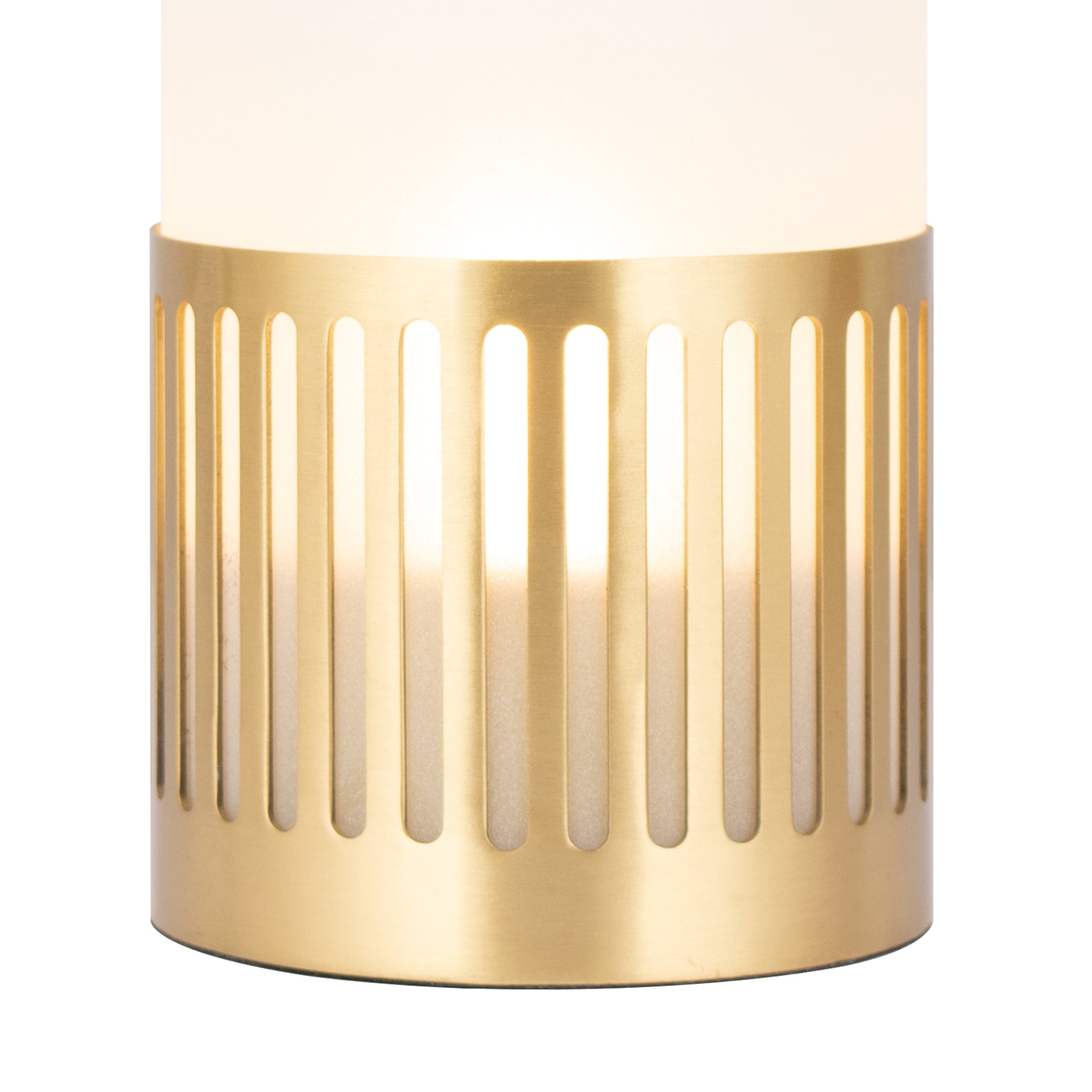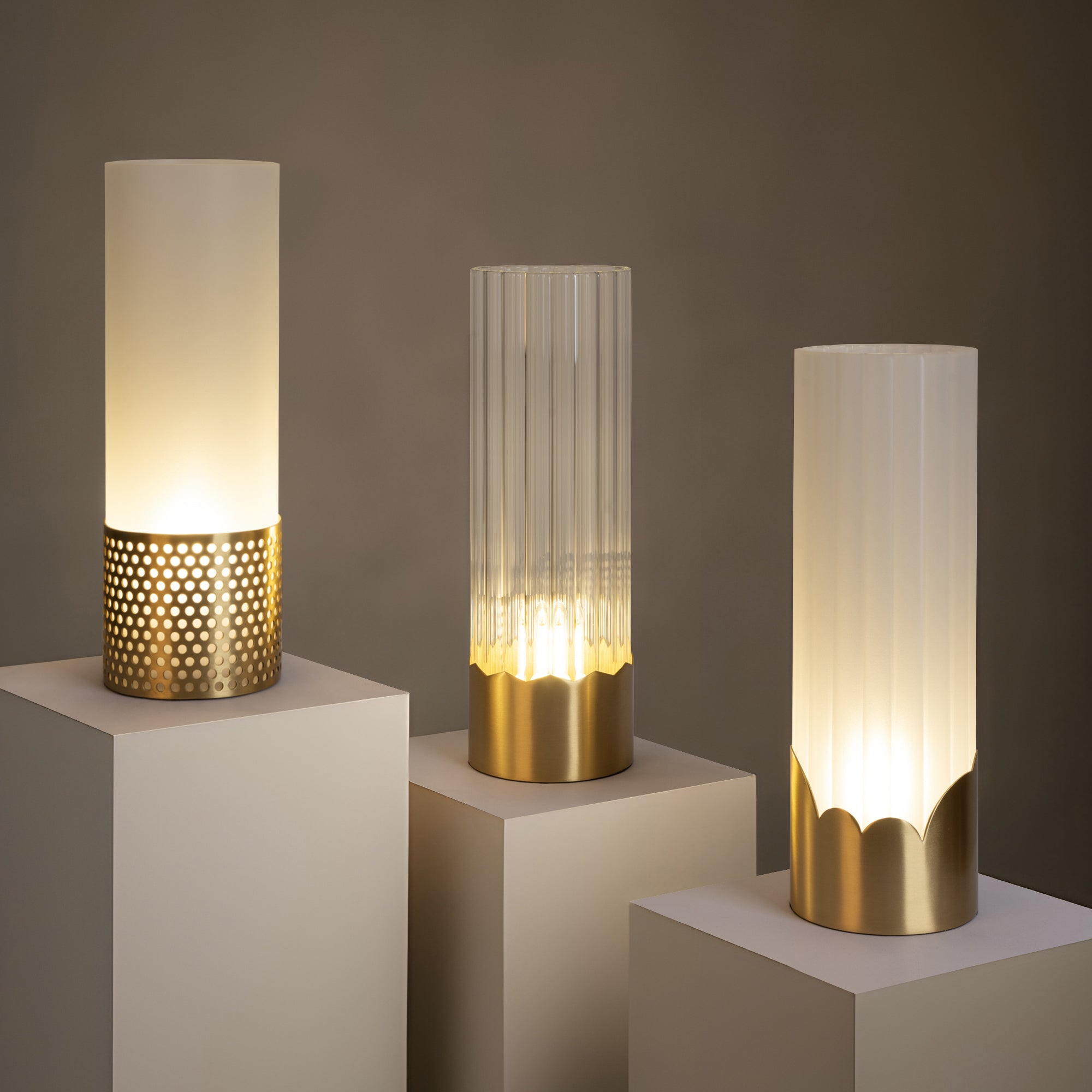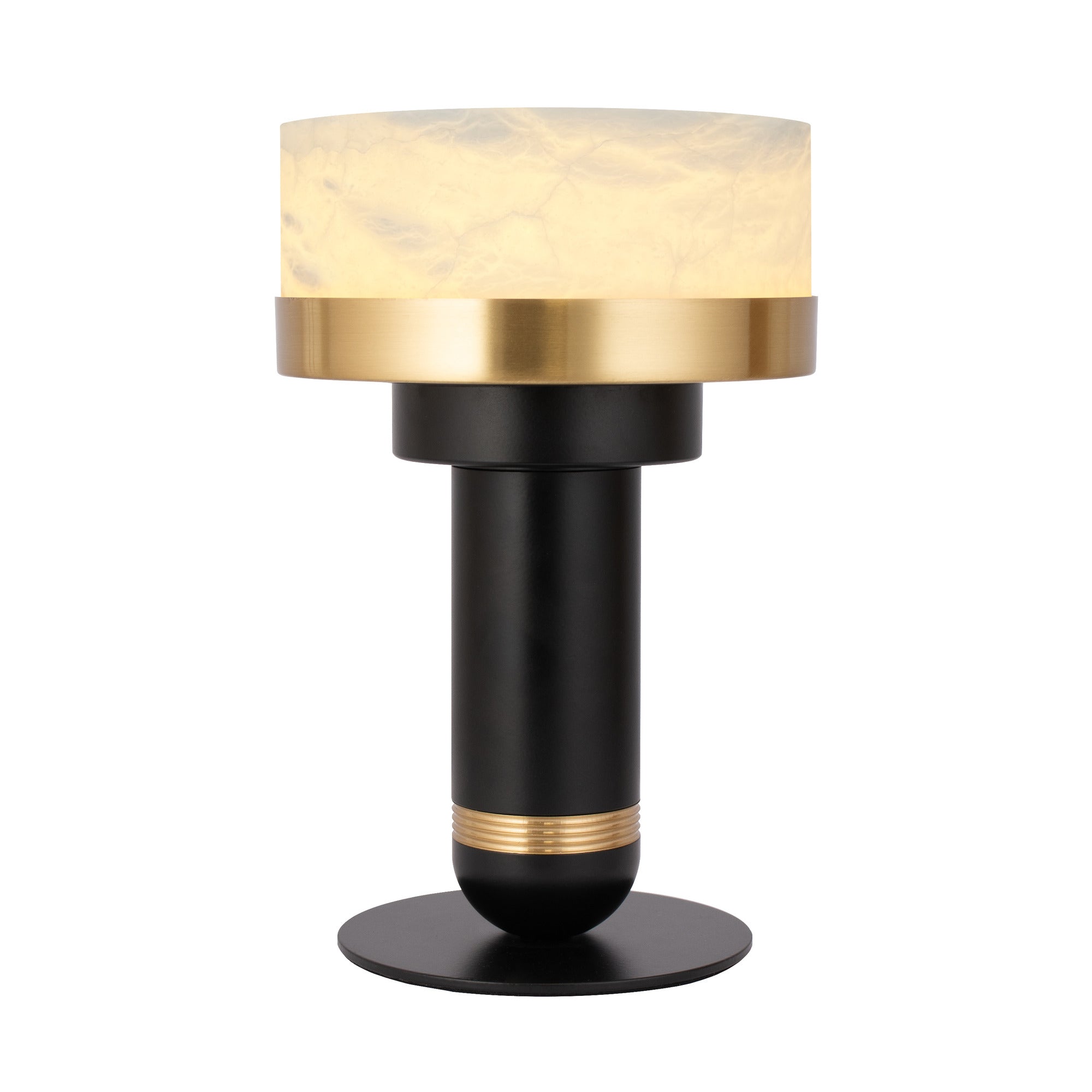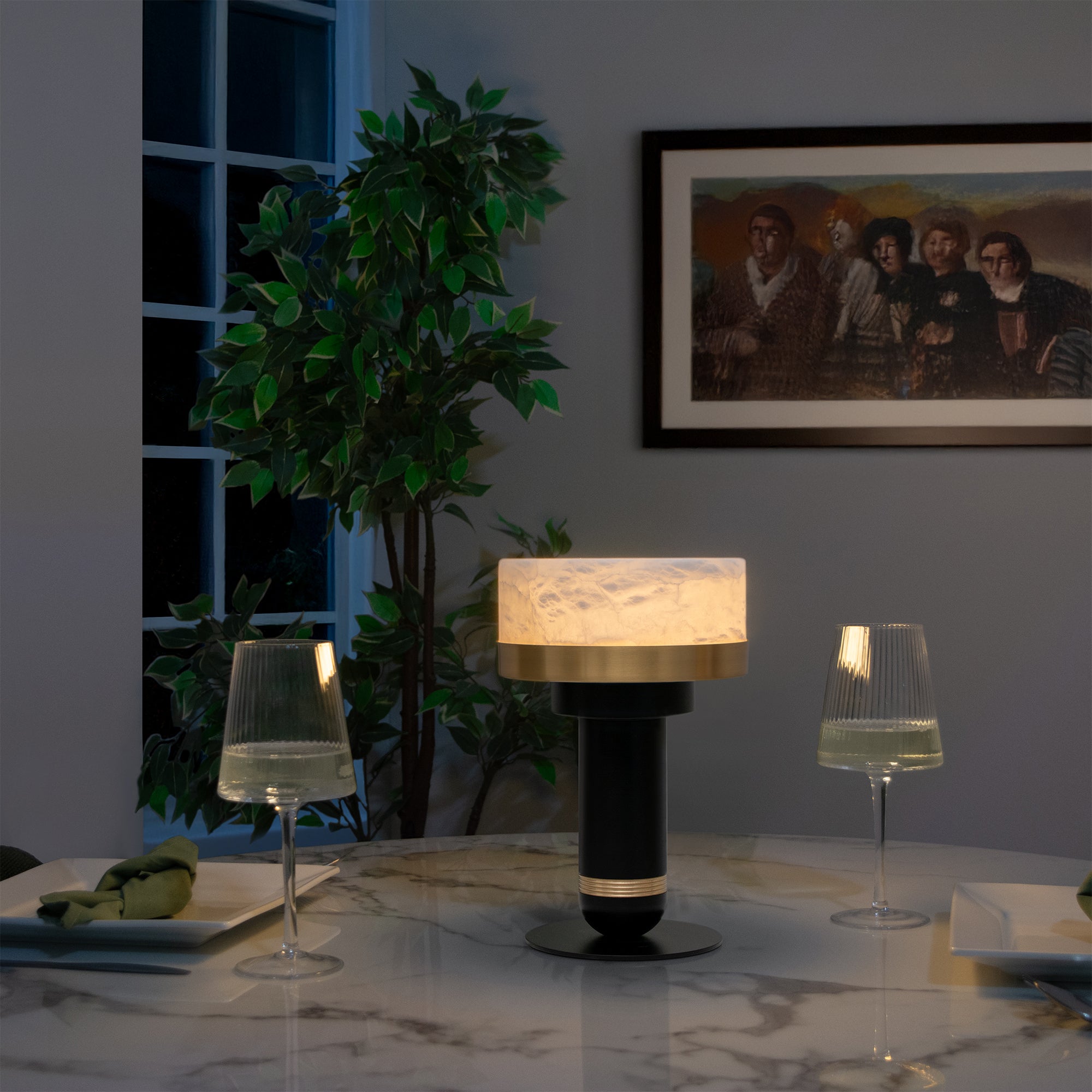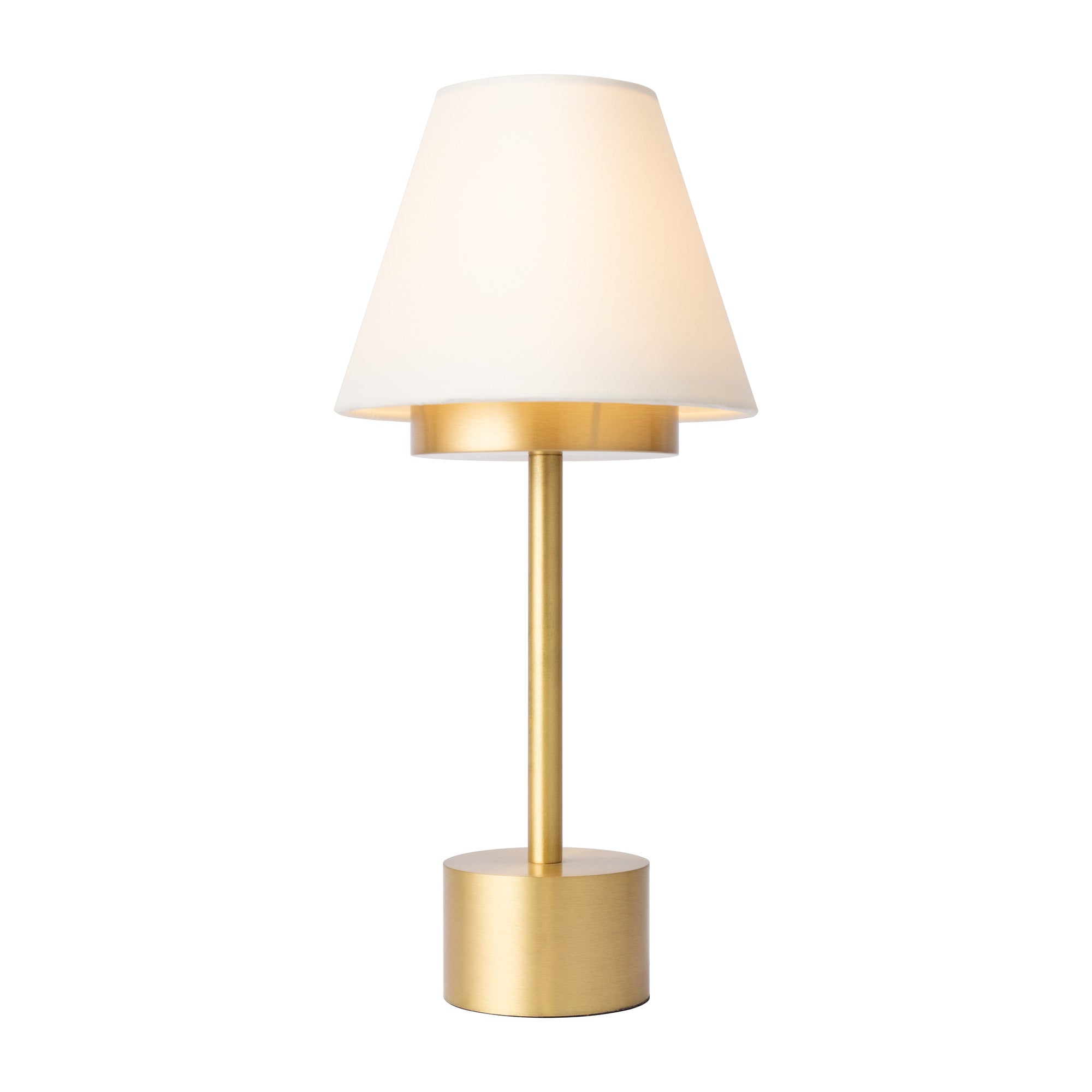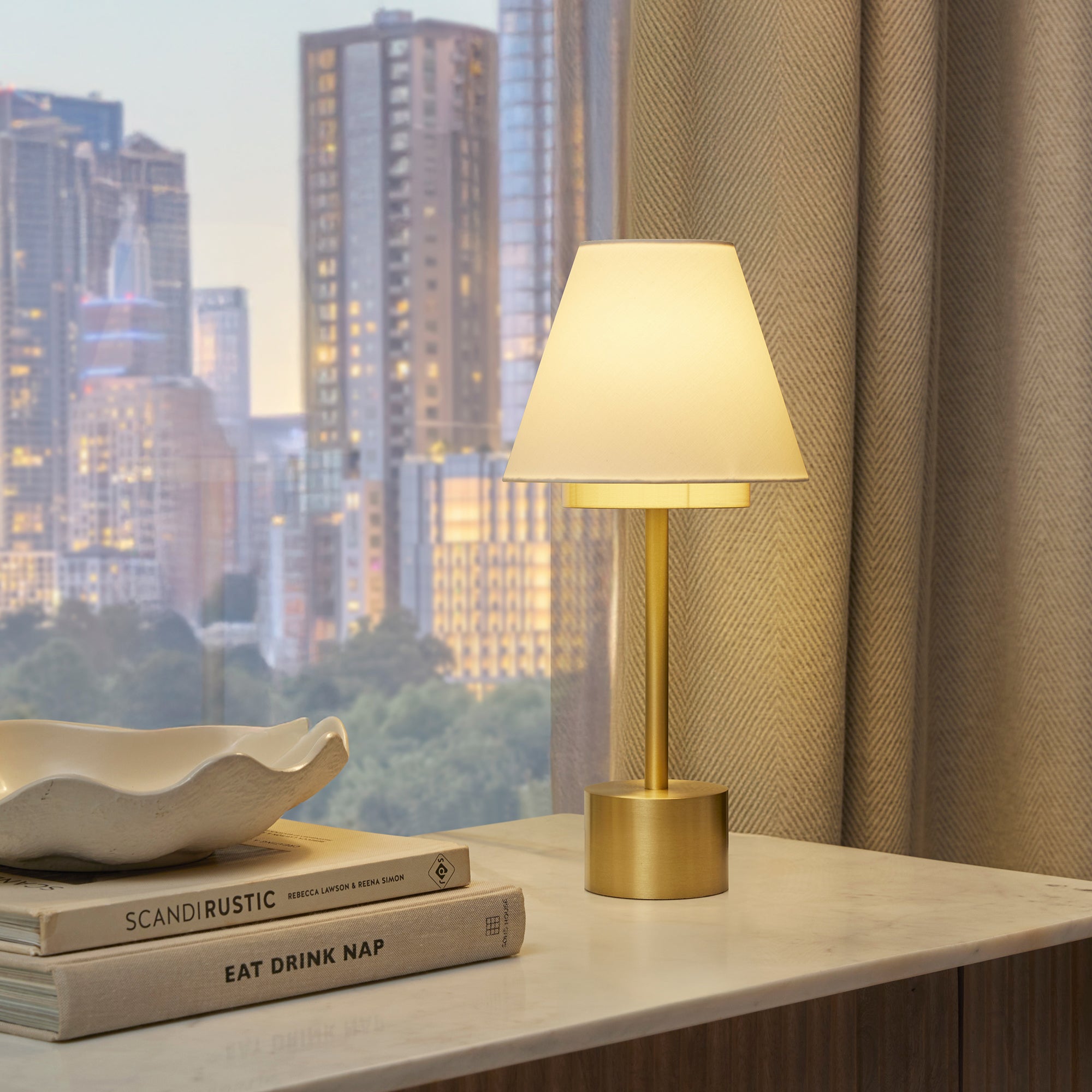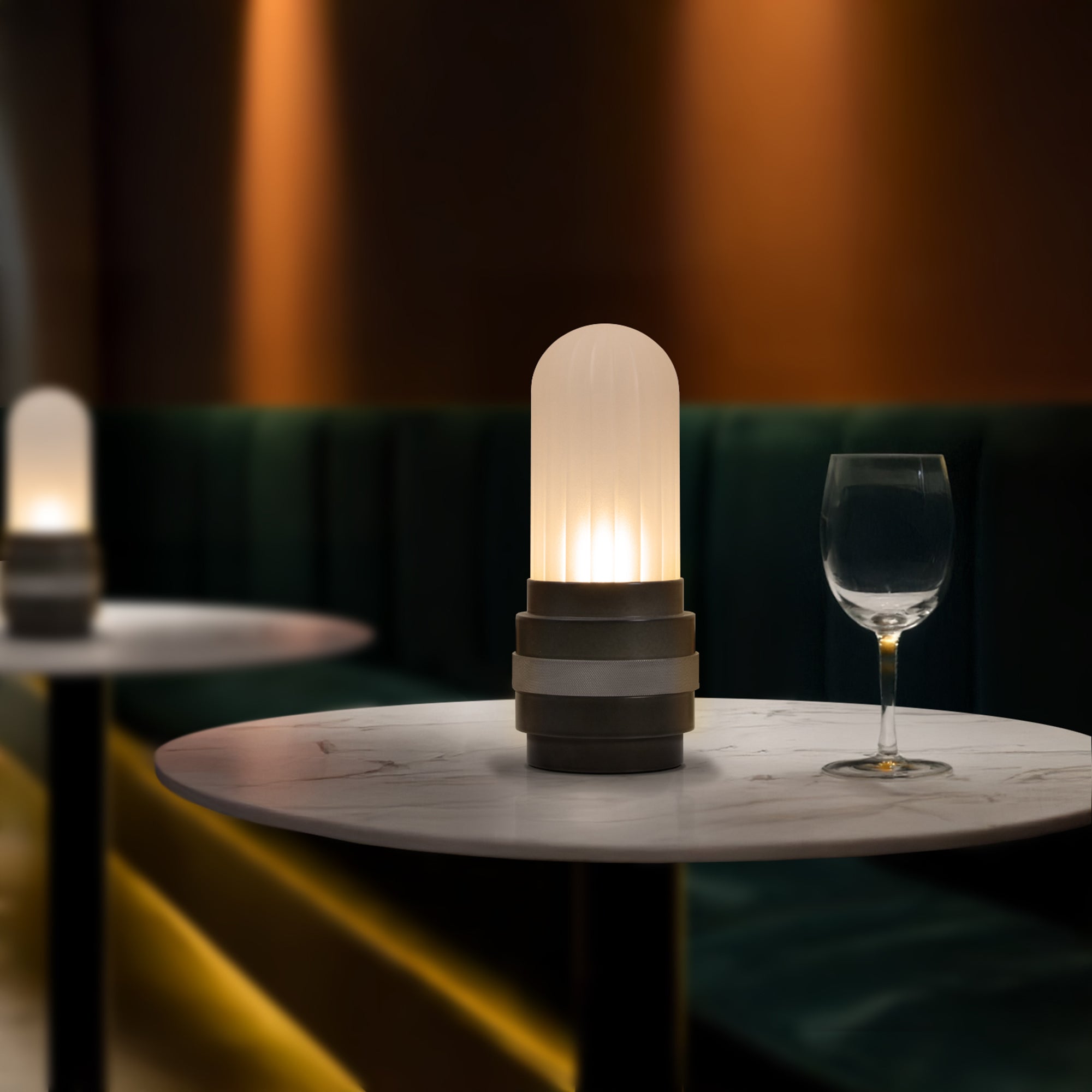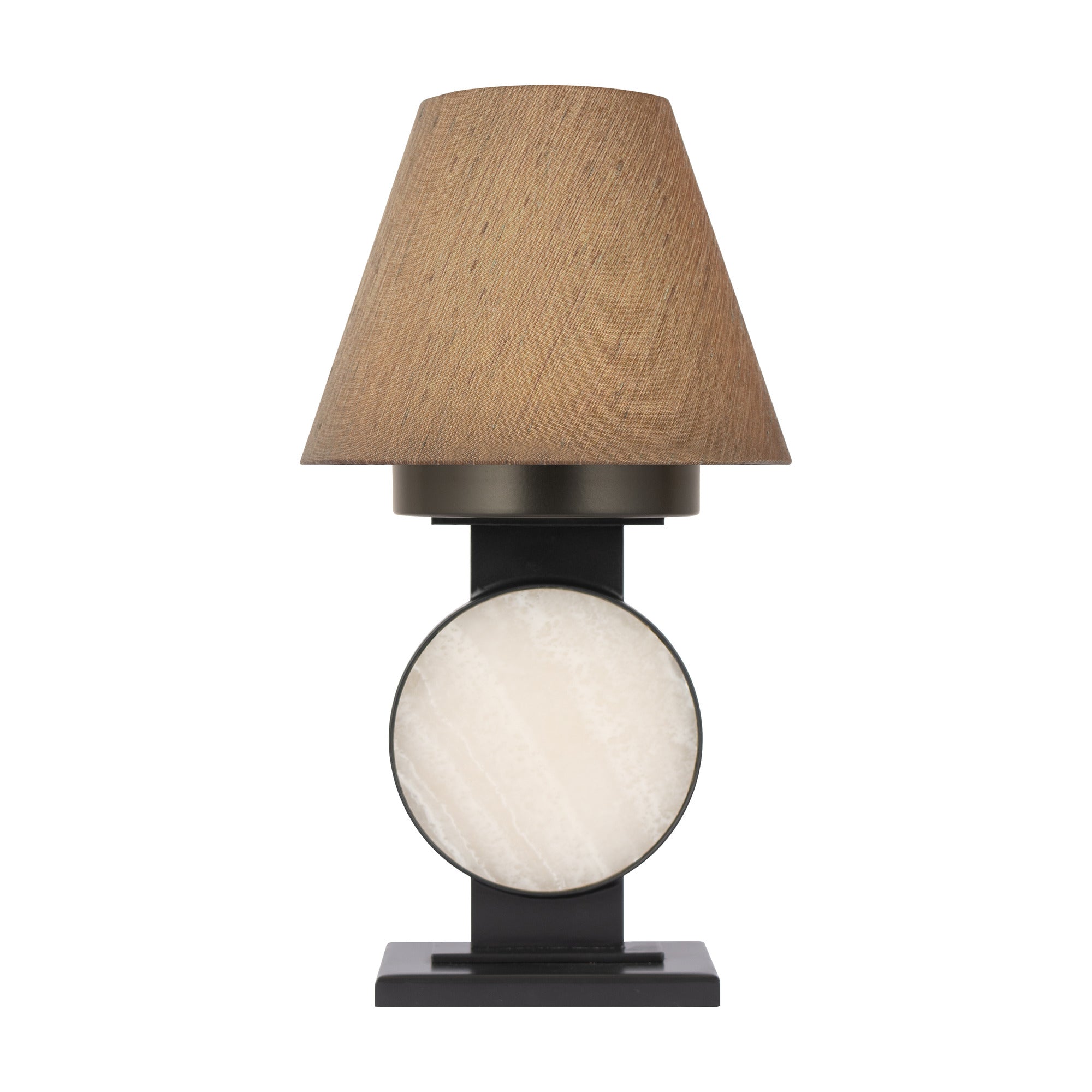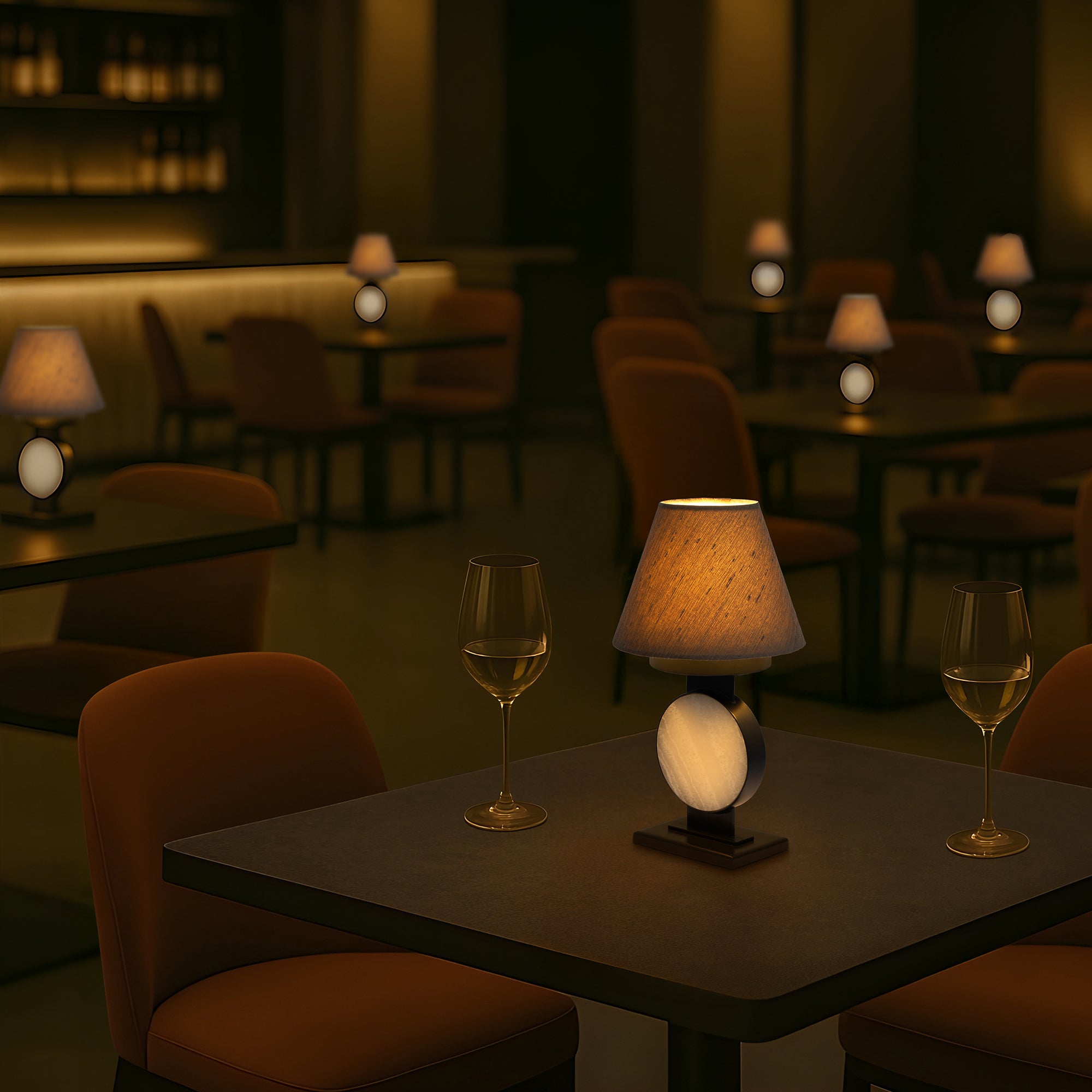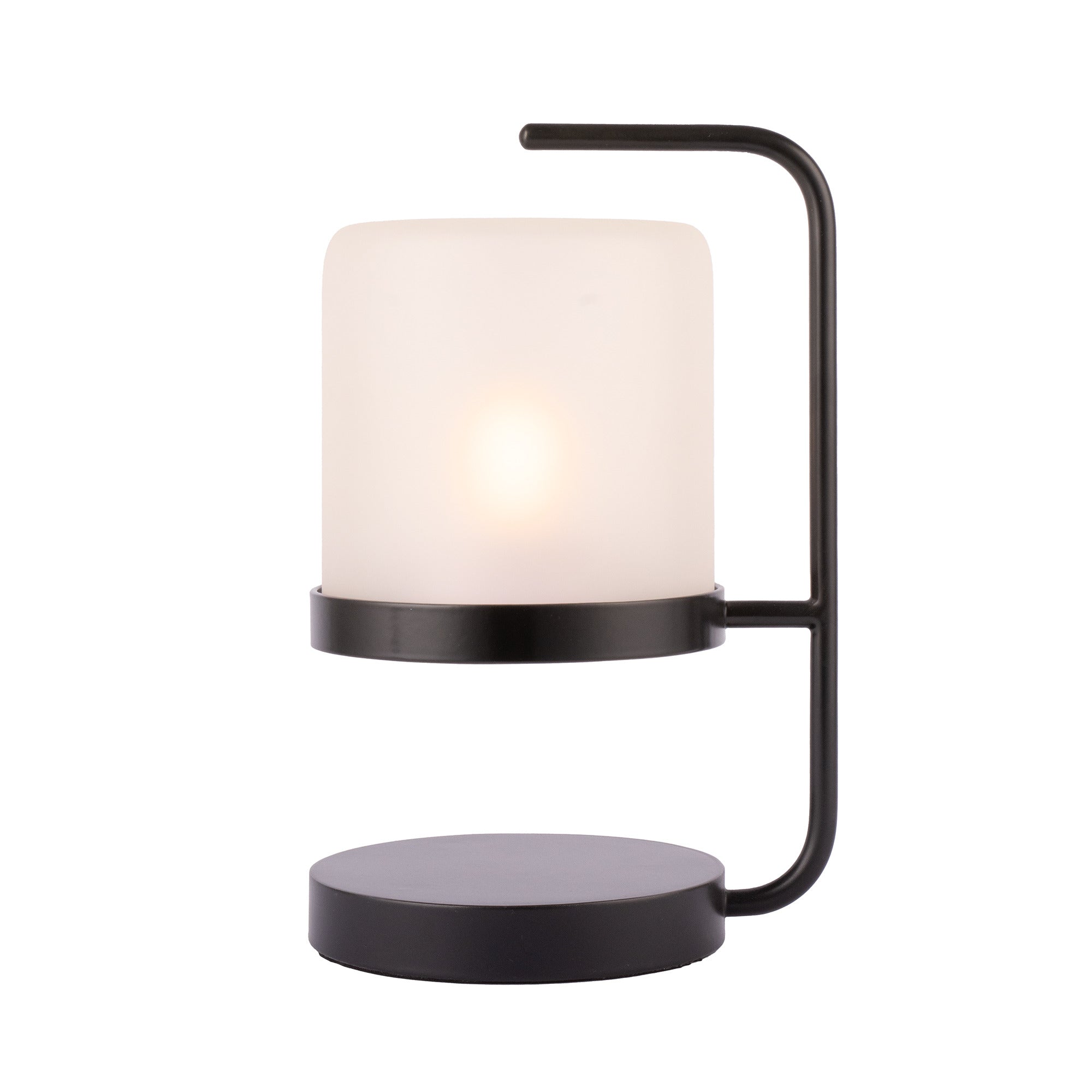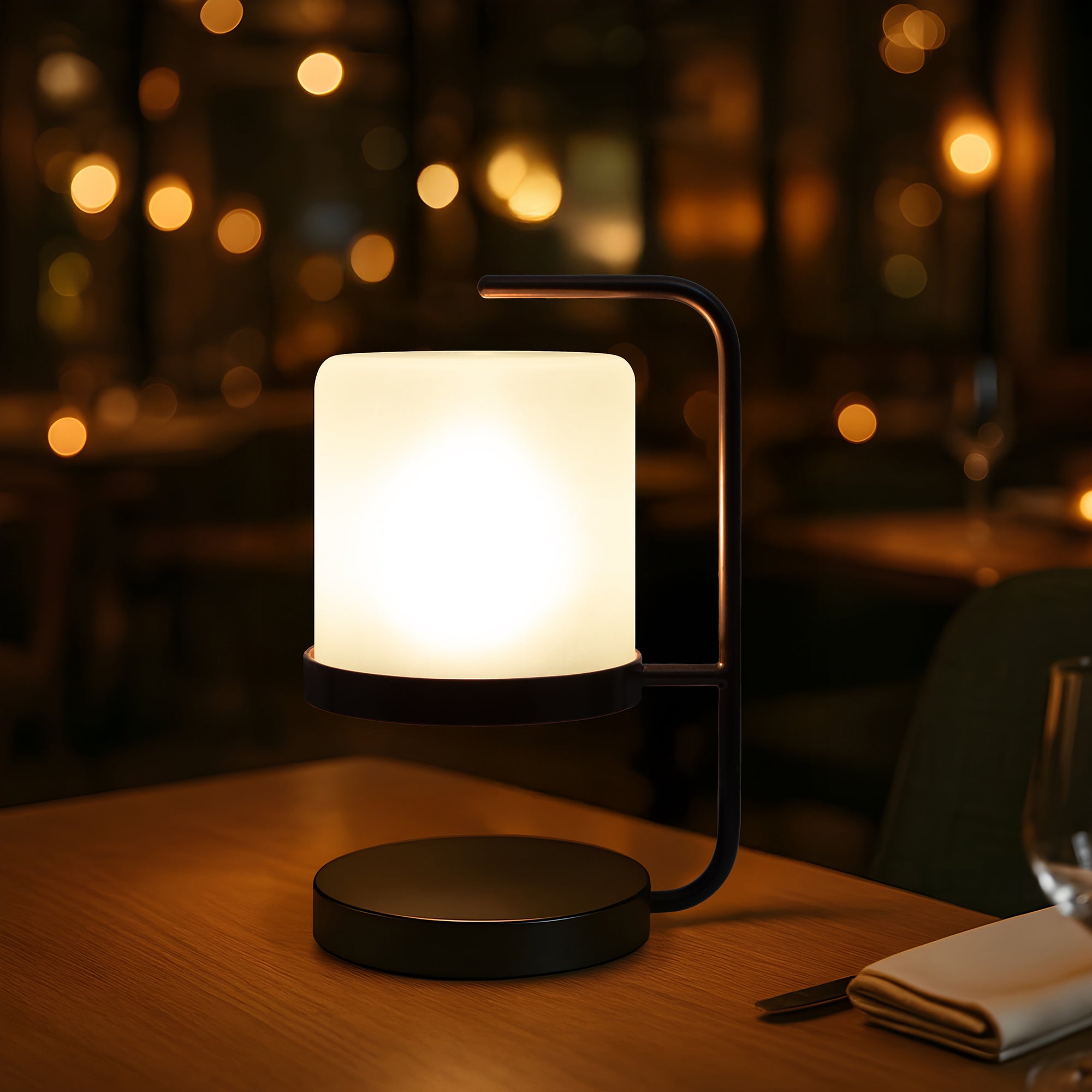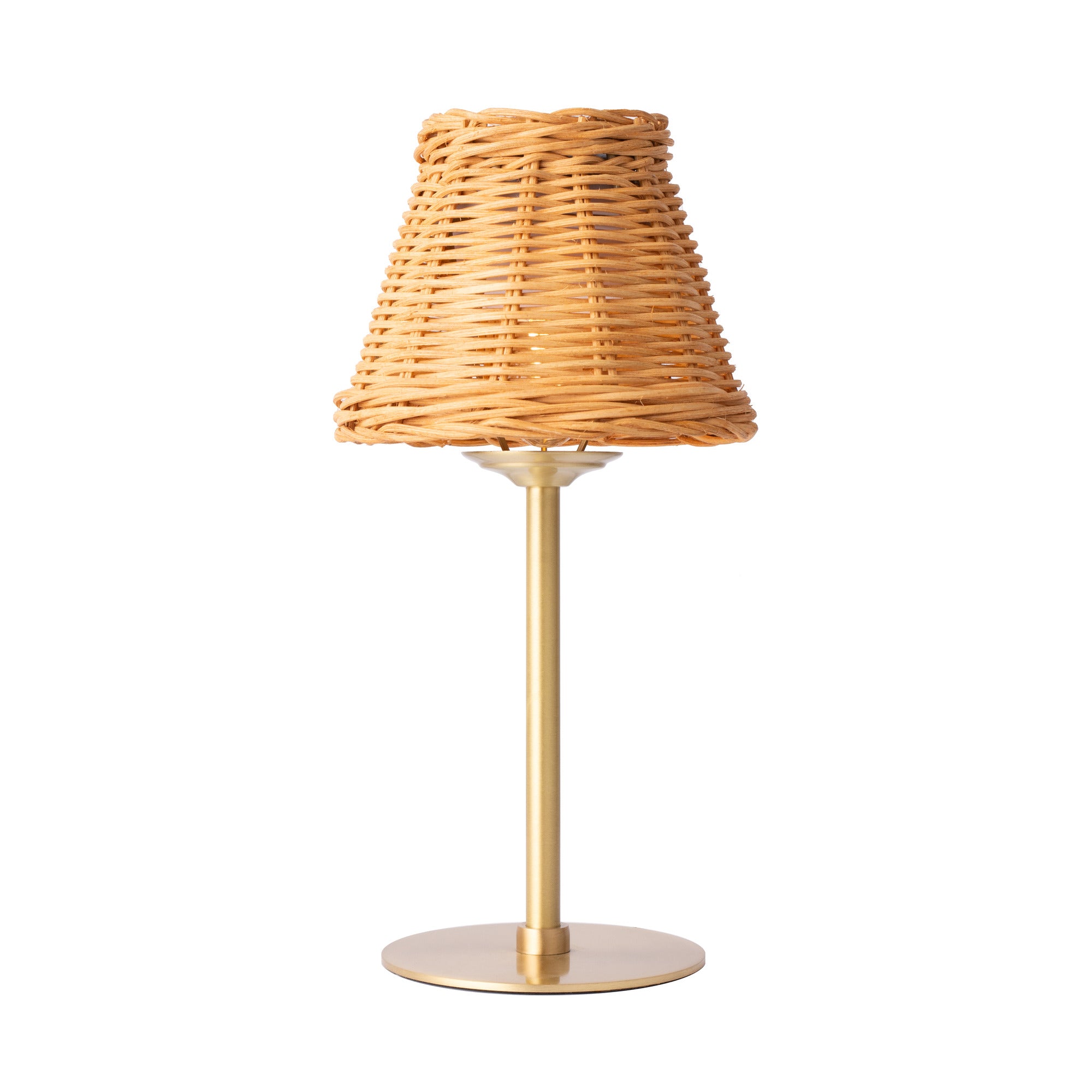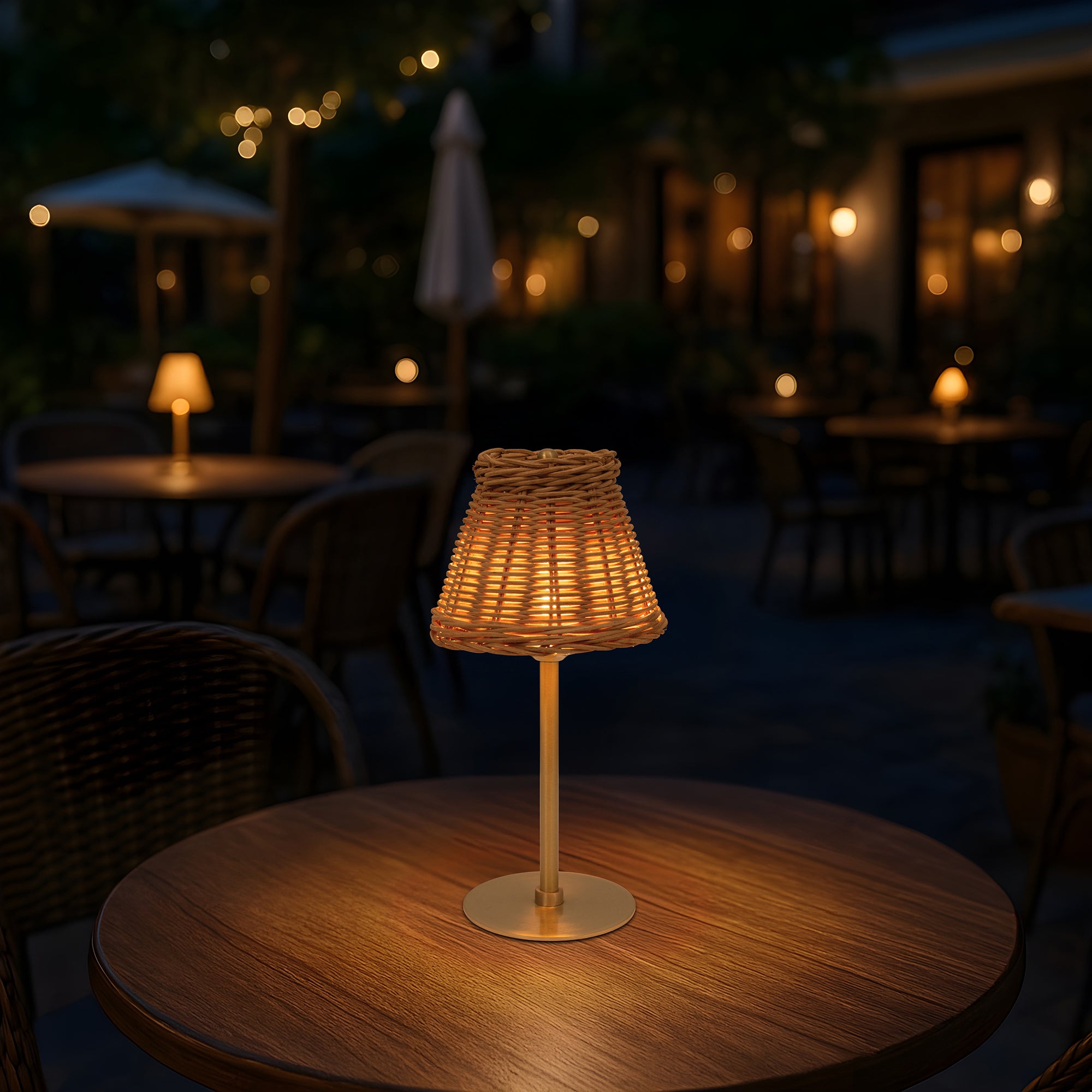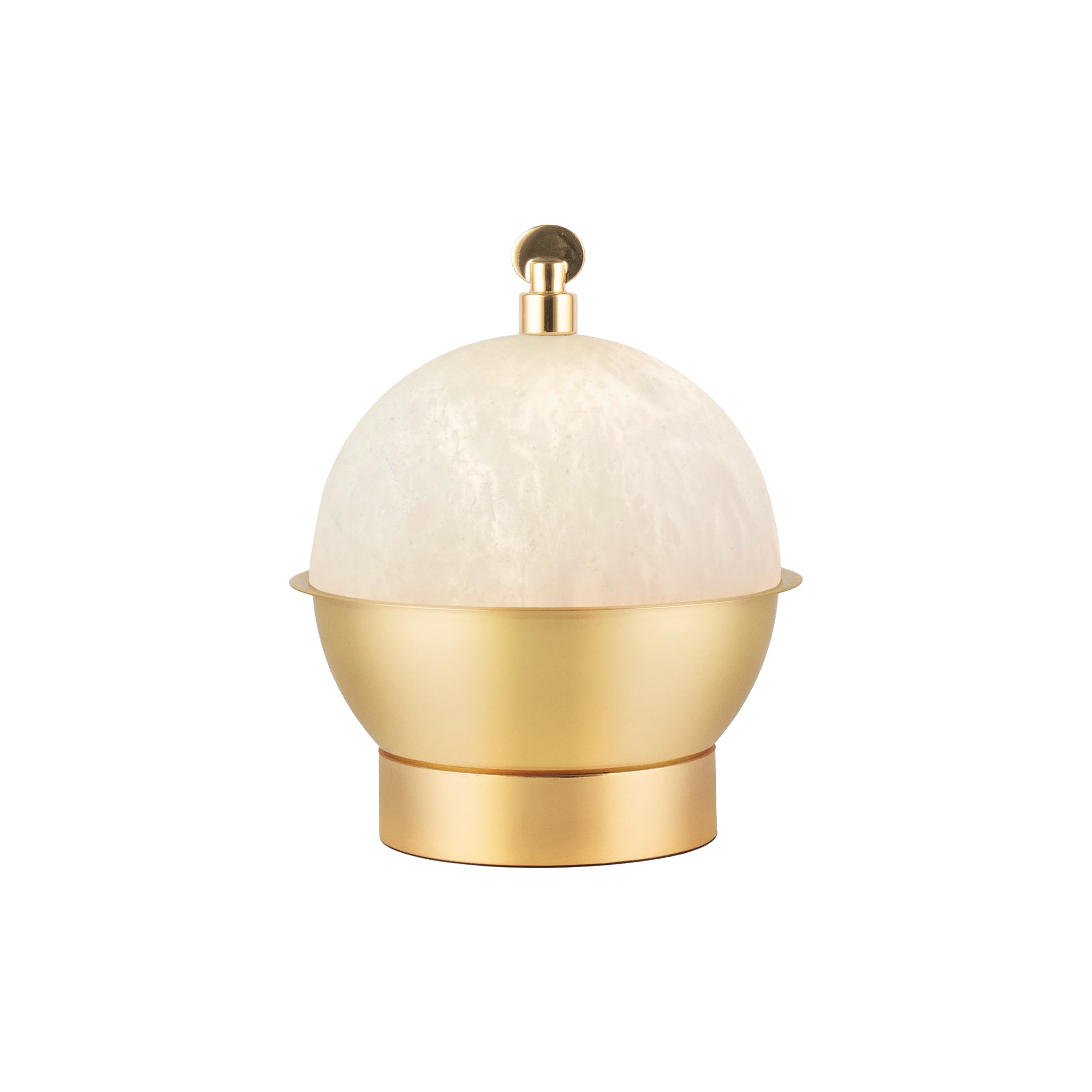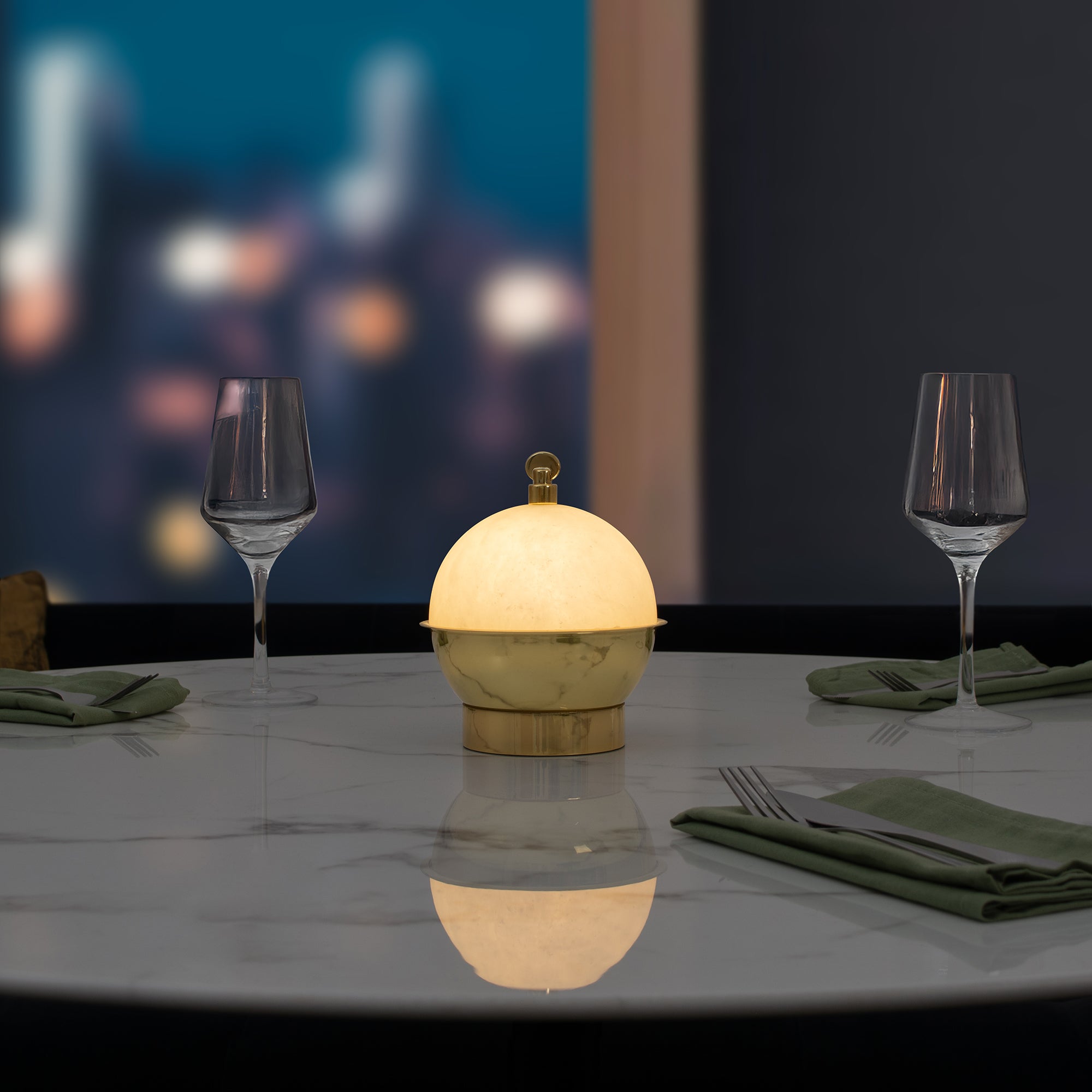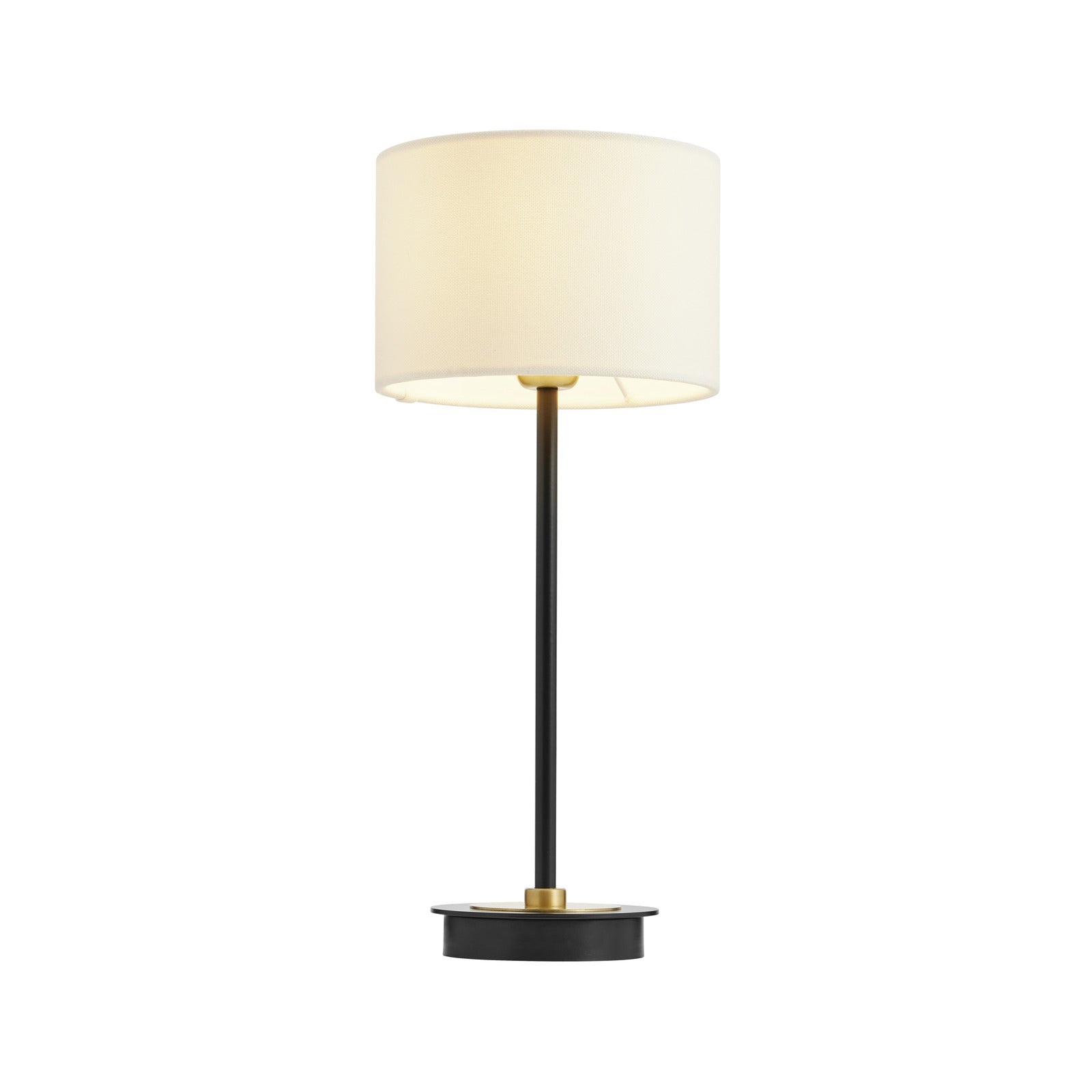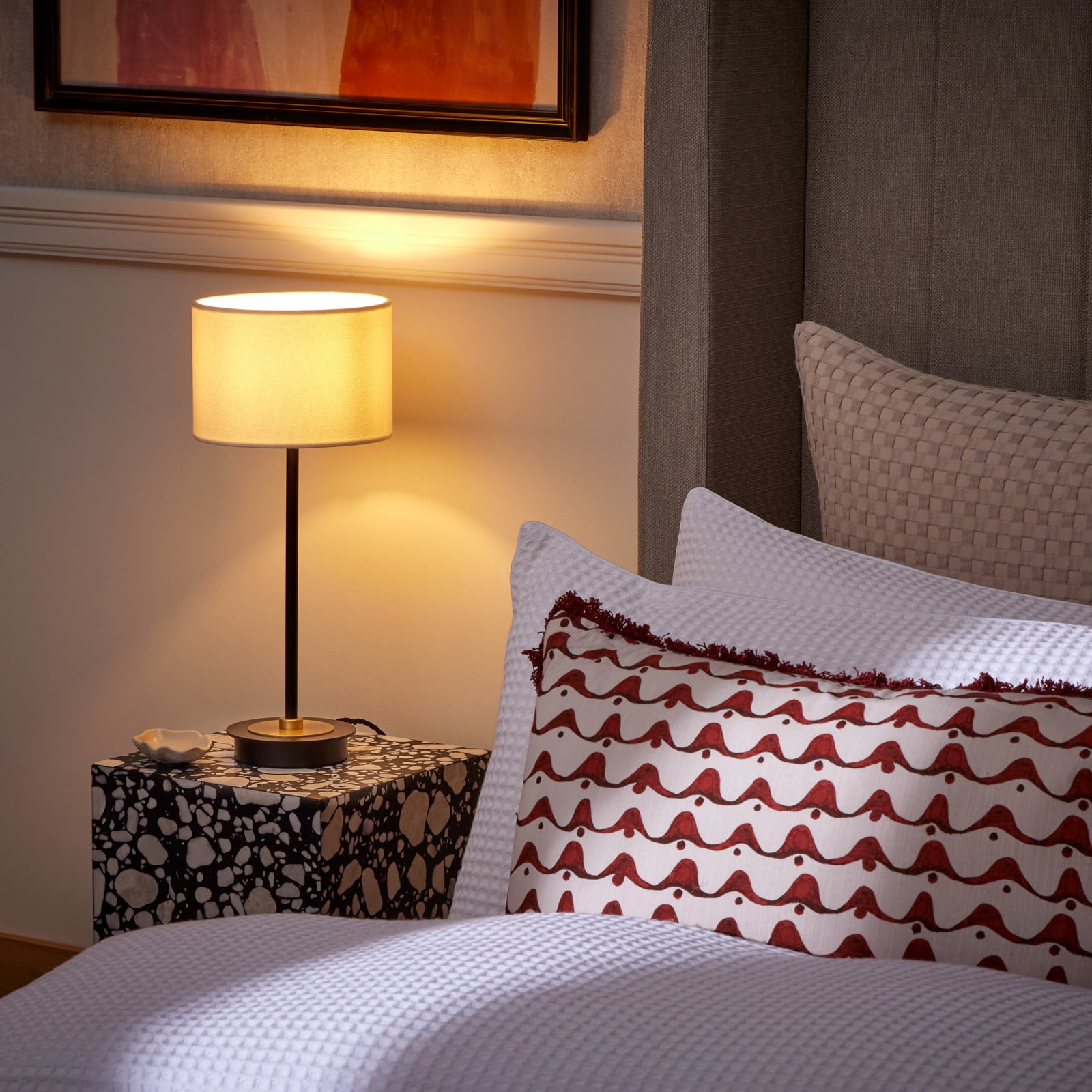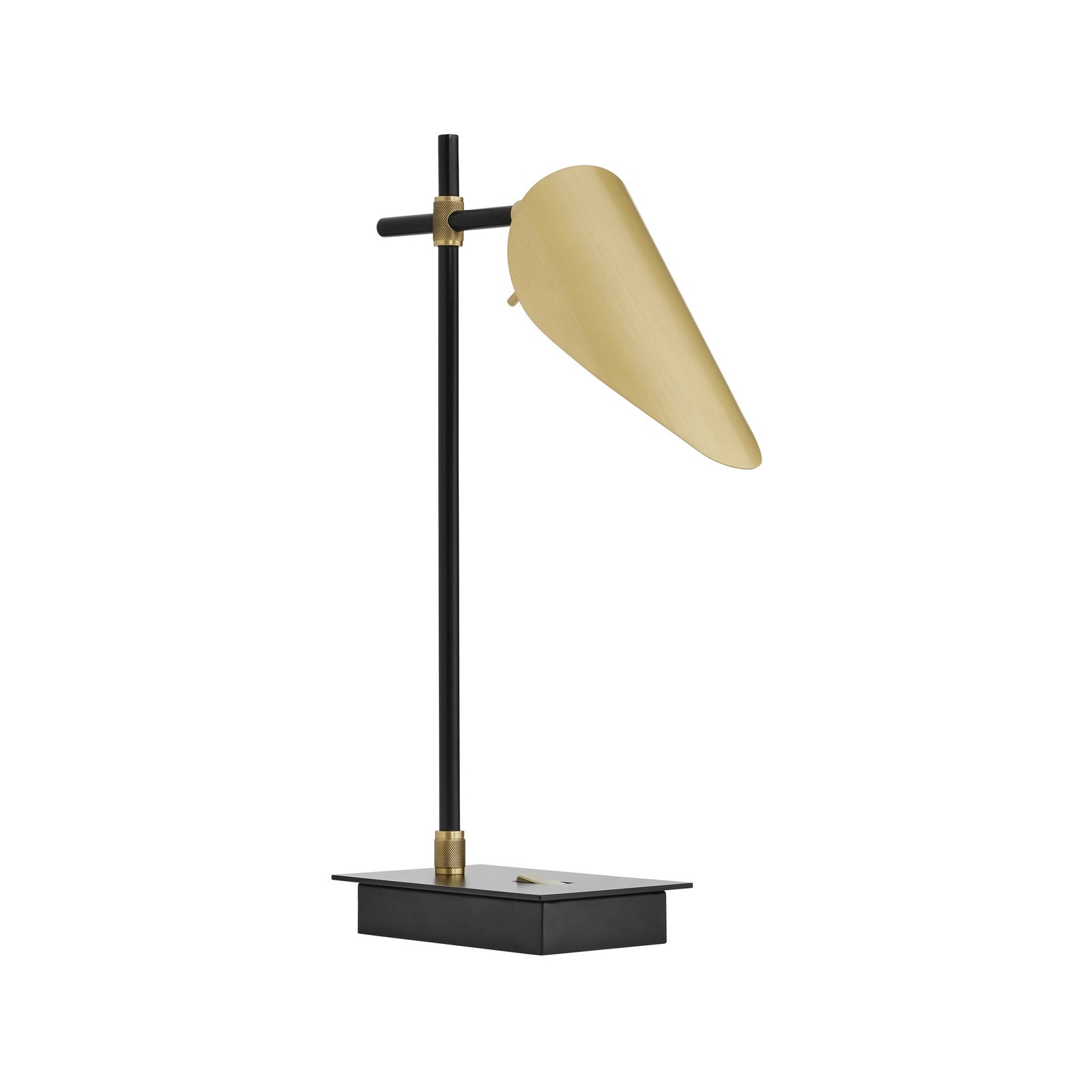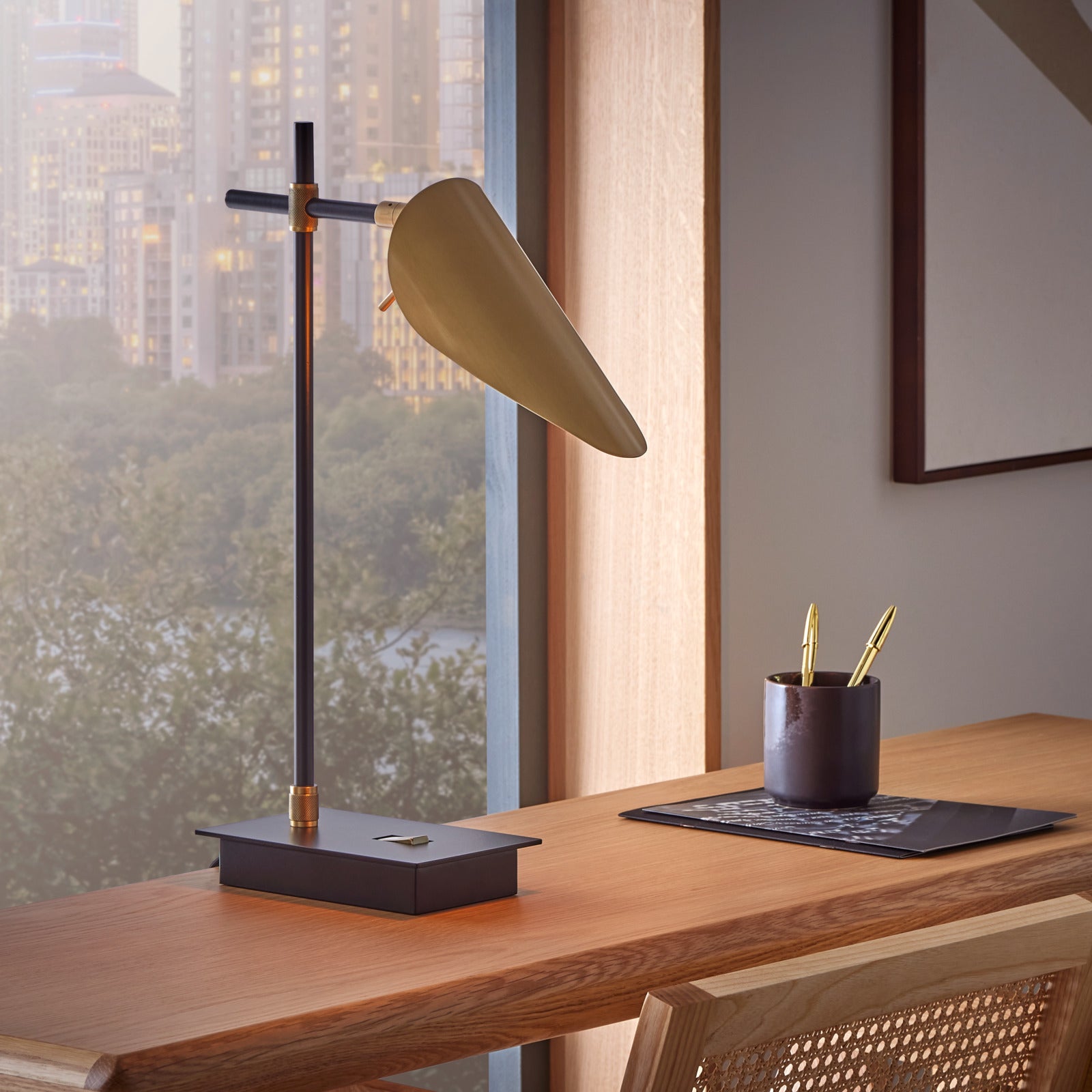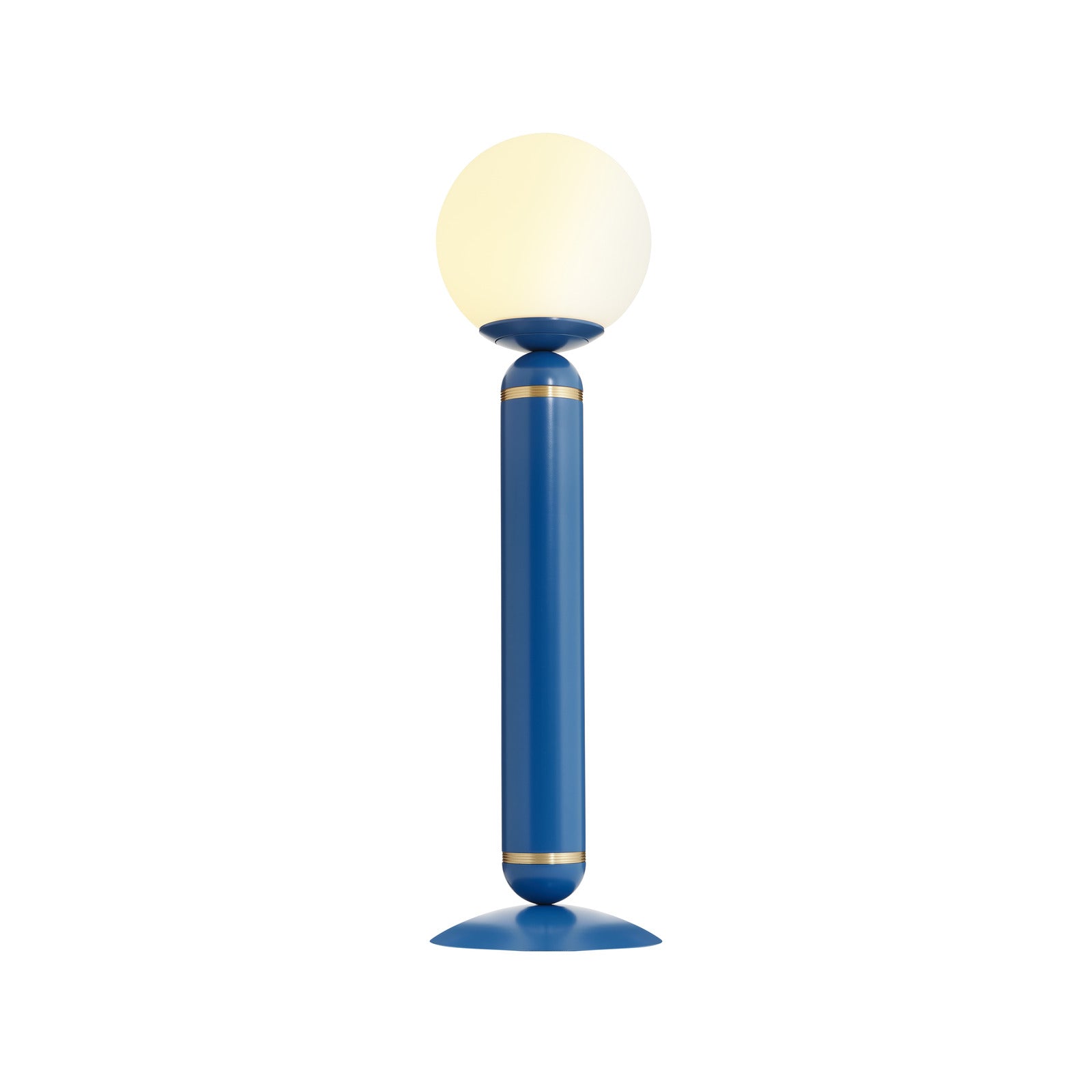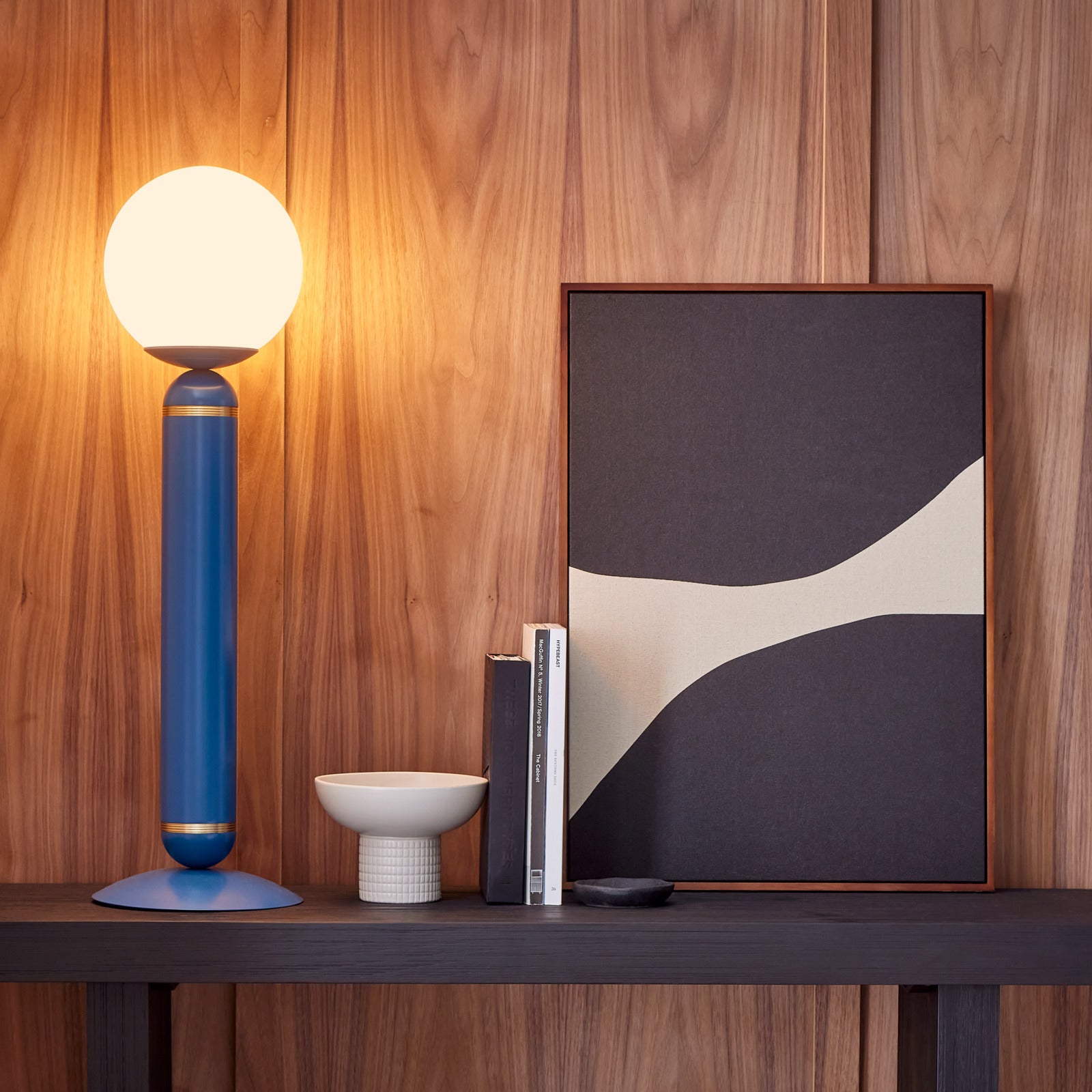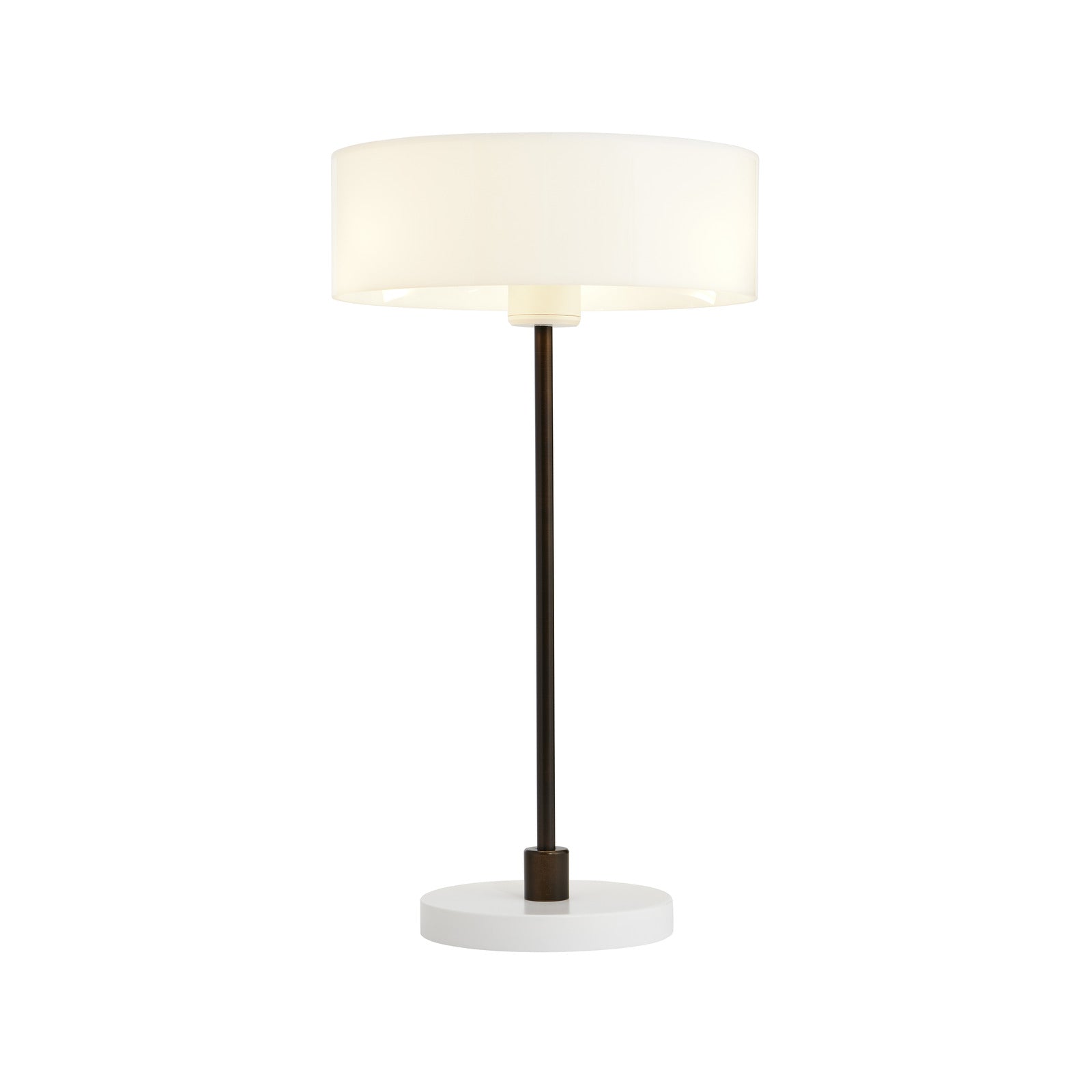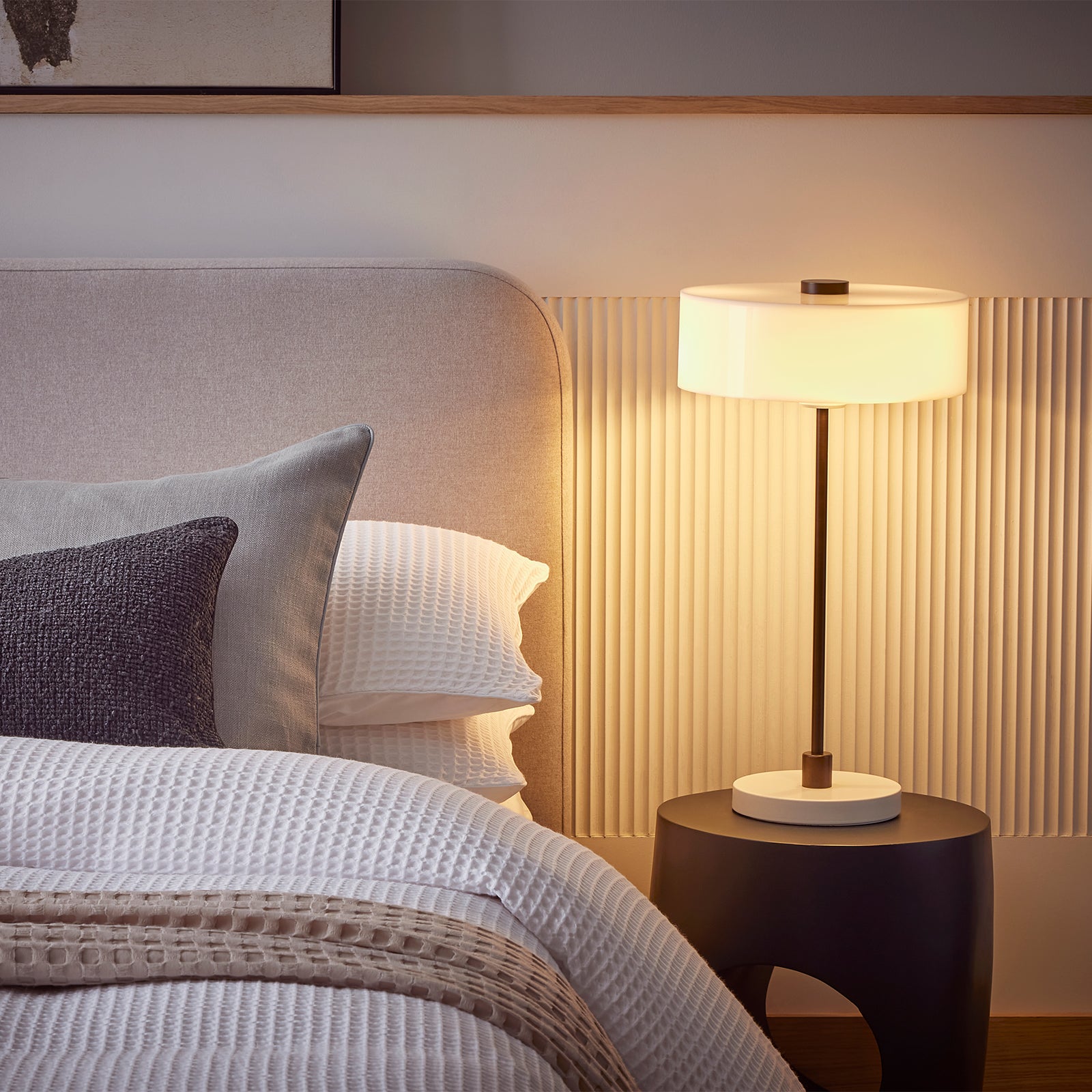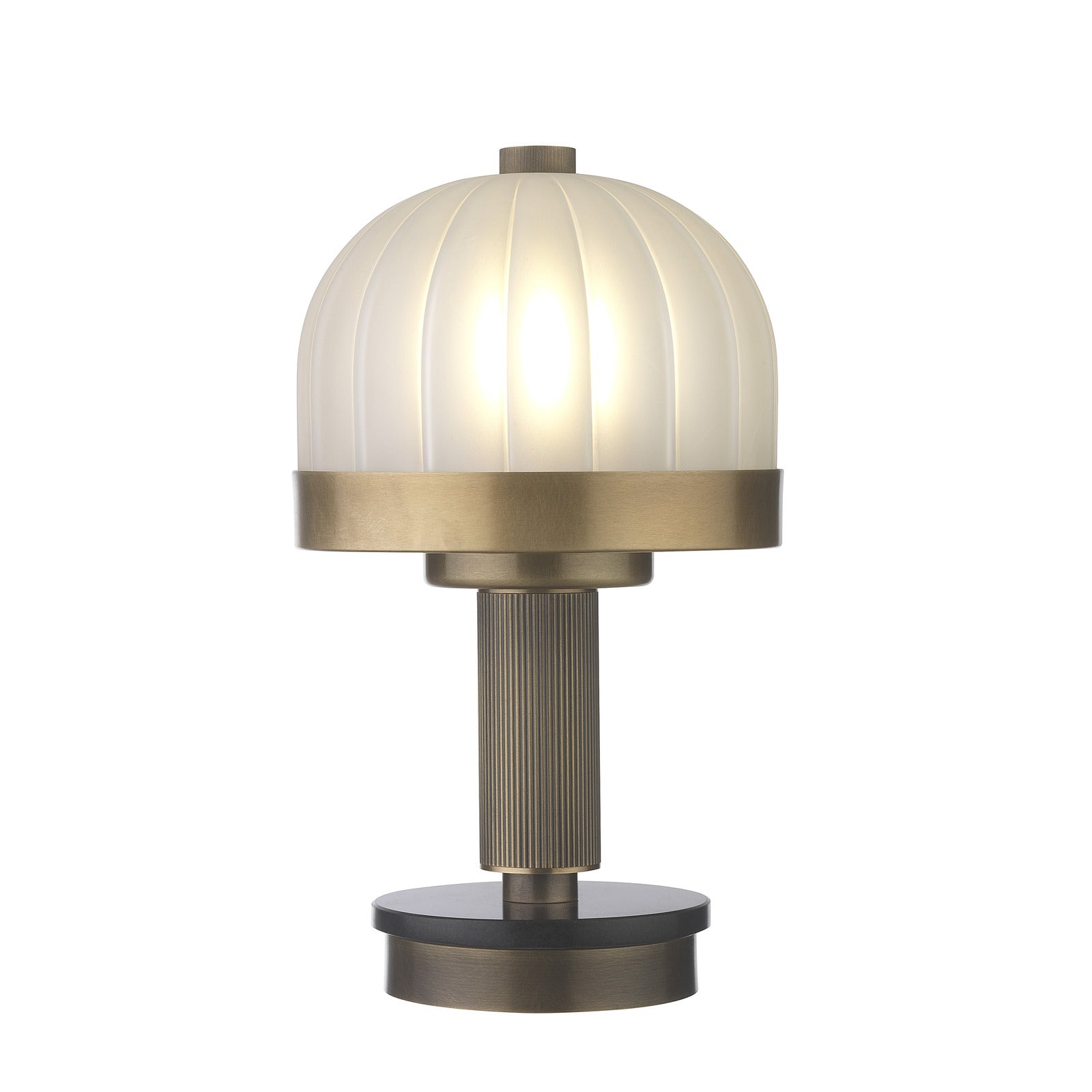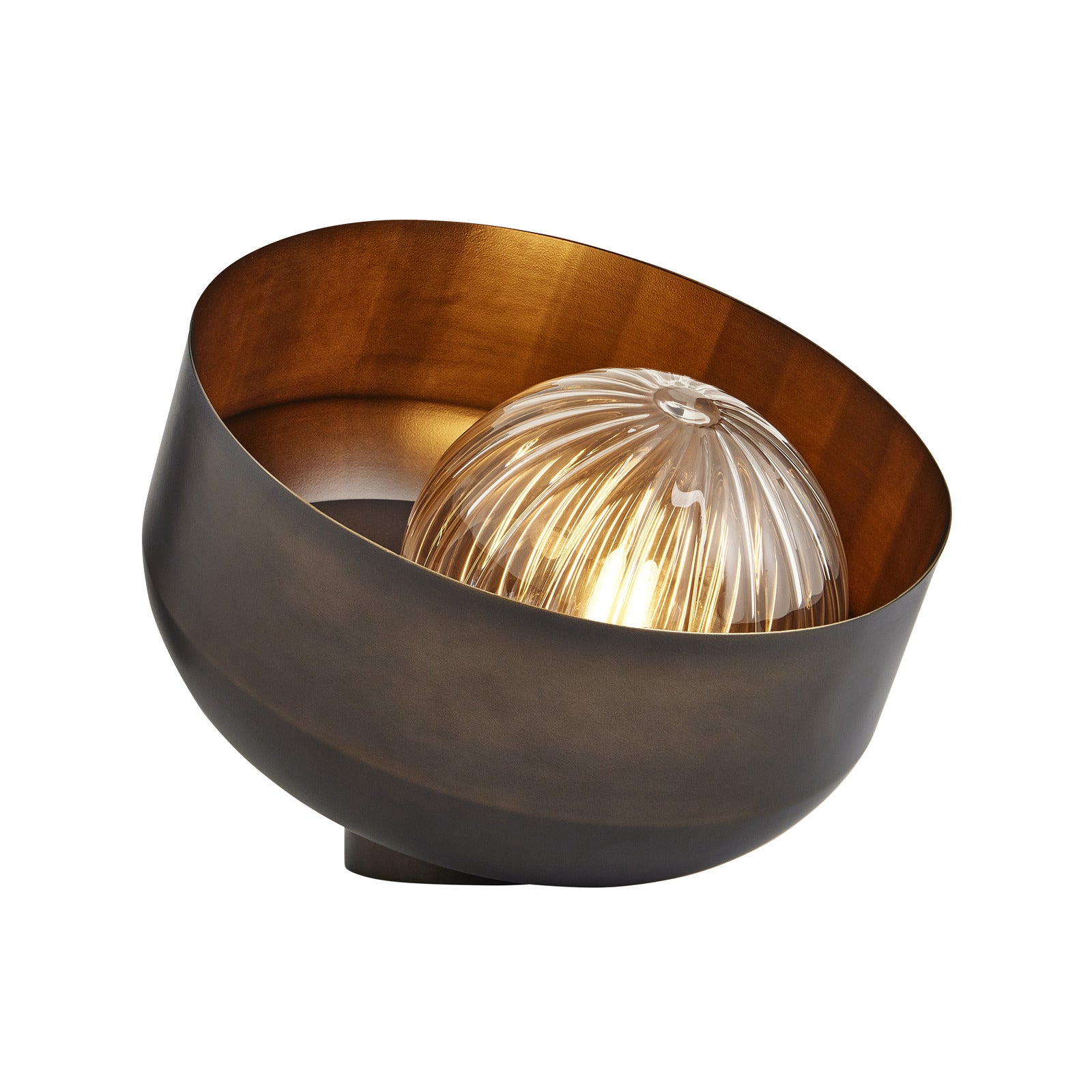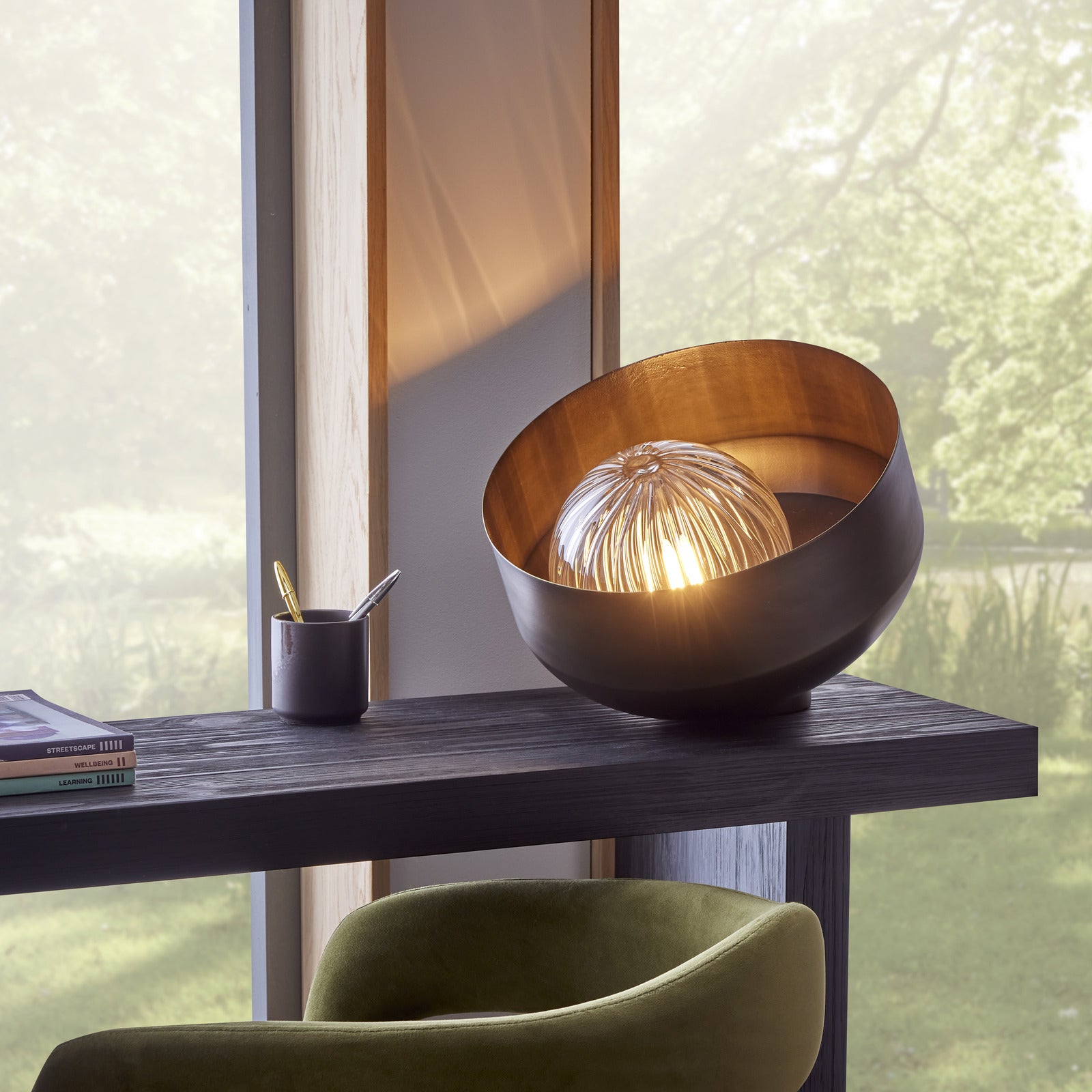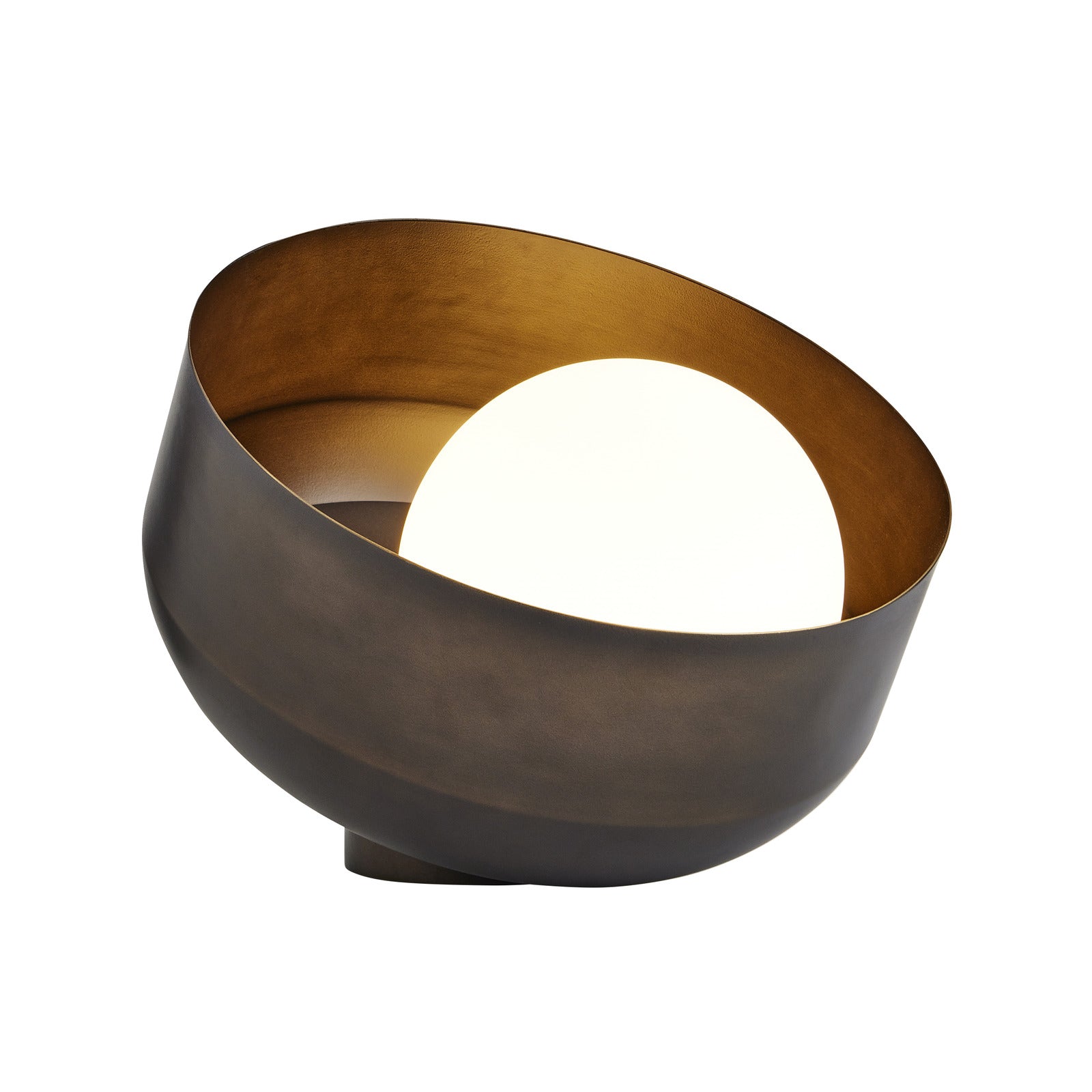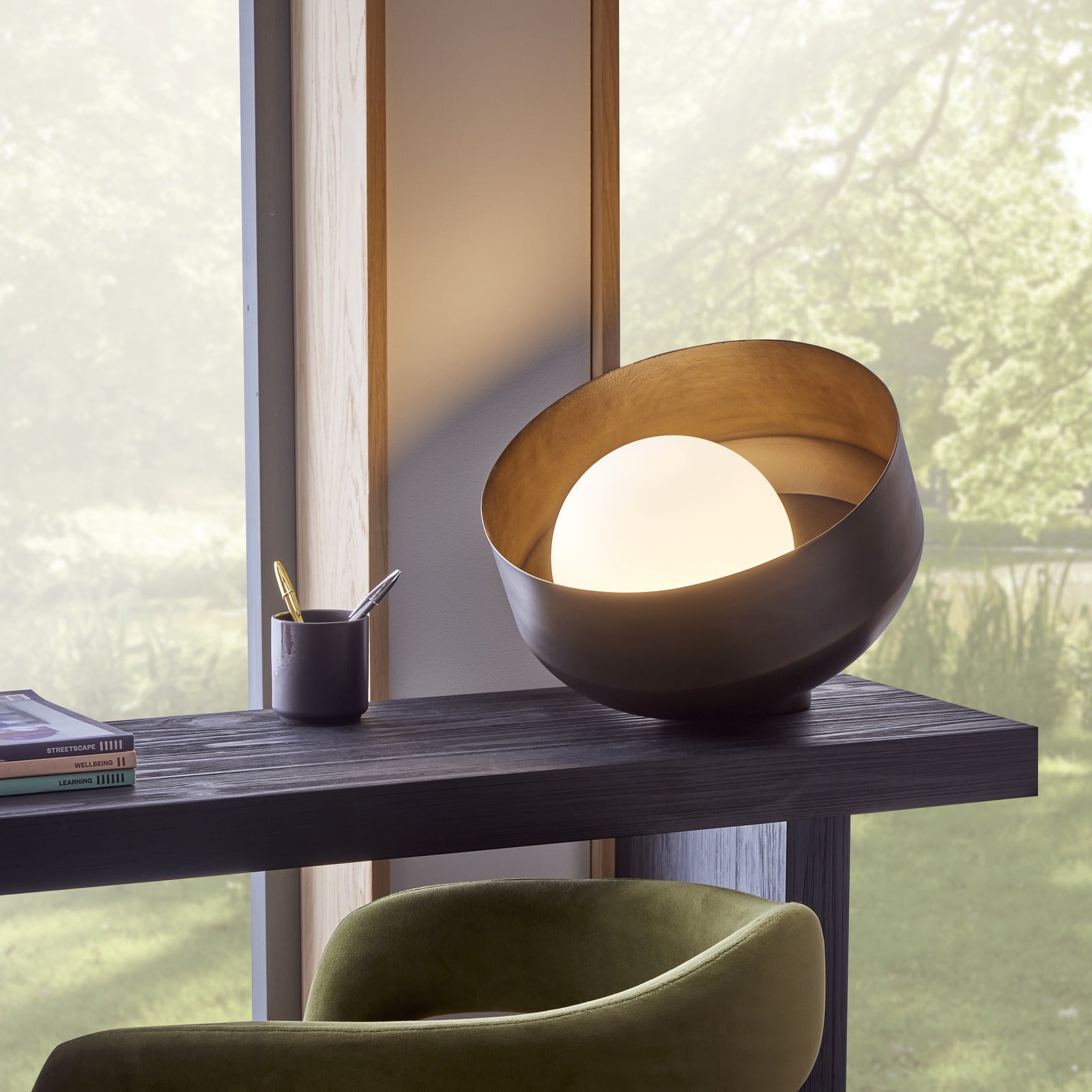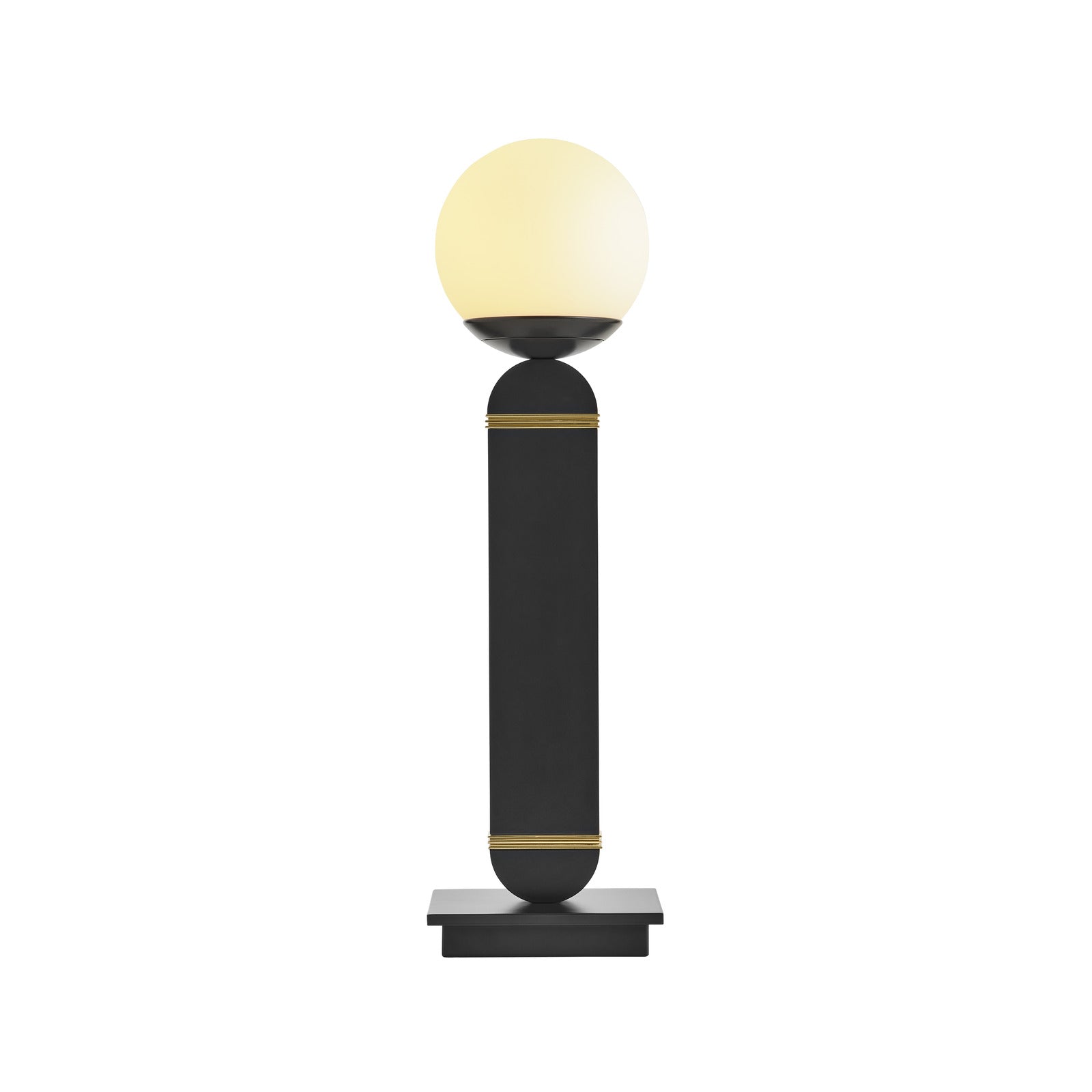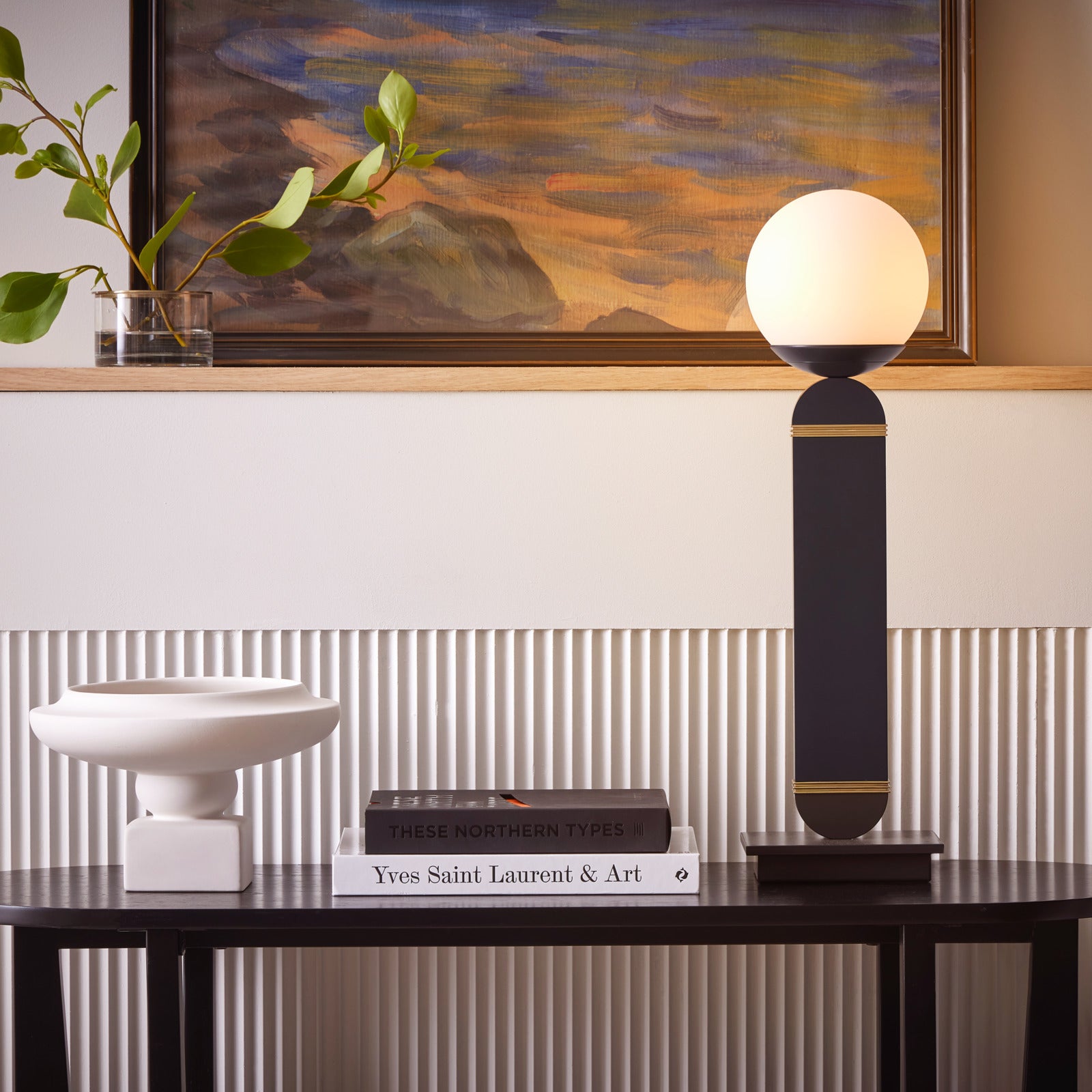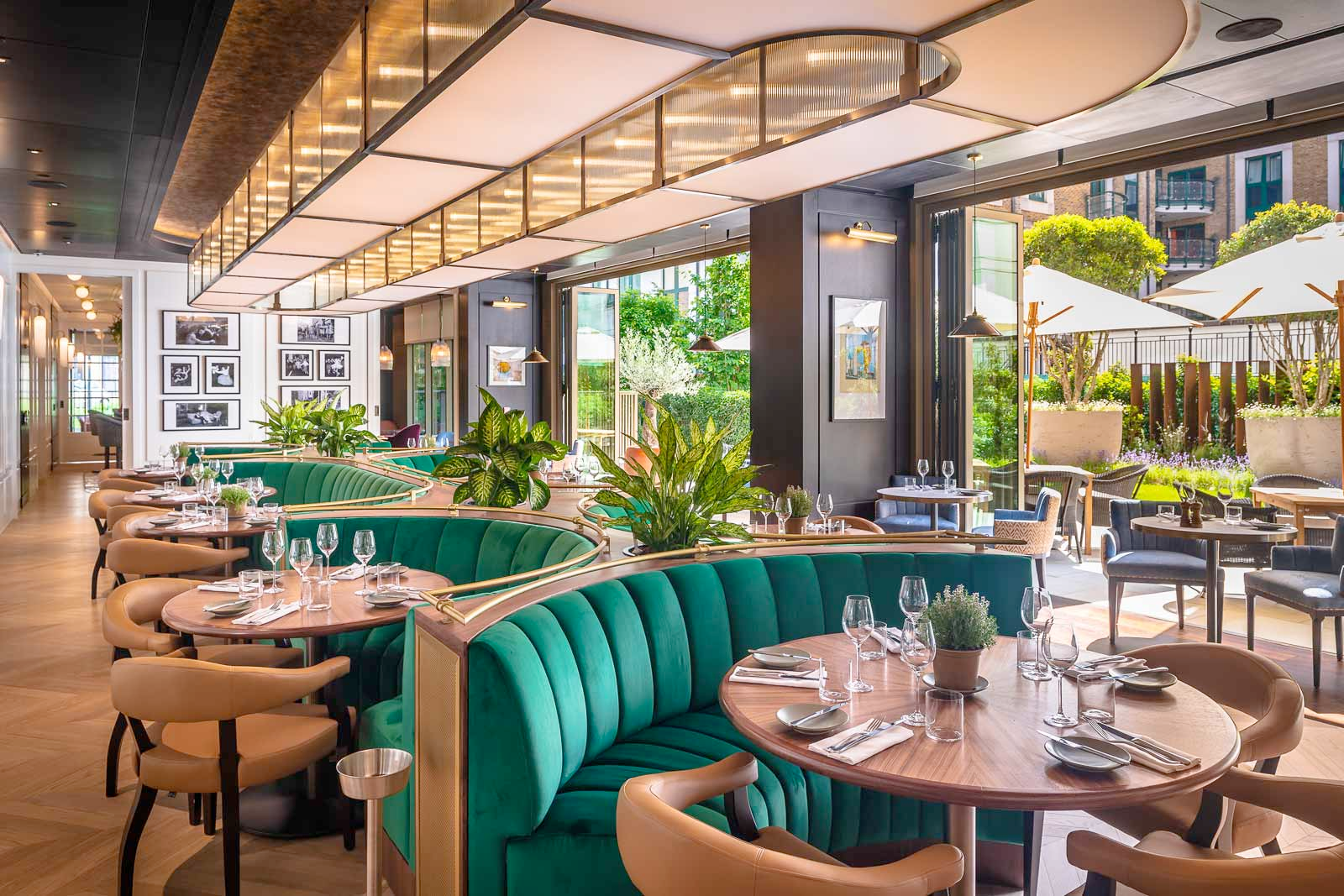Filters
Frequently Asked Questions
Choosing the right modern table lights comes down to balancing scale, placement, function, and style. In contemporary interiors, minimalist designs offer clean lines and simple silhouettes that harmonise with surrounding furniture rather than competing with it. A useful guideline on scale is that the lamp should be no more than one-third of the height of the table it sits on, ensuring it feels proportionate and delivers the right level of illumination. Function should also guide your choice: do you need focused light for reading, ambient light for atmosphere, or a purely decorative statement?
Materials also play a key role in defining the mood and matching other elements in your interior. For a tactile, organic feel, consider textured finishes or natural stone. If you want a statement, brass or metallic tones add impact with a contemporary edge, while alabaster instantly elevates the scheme with refined elegance and a sense of luxury. By combining proportion with materiality, your table light becomes a curated design feature that enhances the rest of the decor in your space.
In bedrooms, table lamps should combine practicality with a relaxing atmosphere. Choose designs that support how you use the space -dimmable lamps or models with adjustable shades are perfect for switching between soft, ambient light and focused reading light. Pair them with a warm white bulb around 2700K, which creates a calming, restful glow ideal for winding down.
Proportion is just as important. A common guideline is to keep lamps in scale with the bed and bedside tables, but design can sometimes benefit from breaking the rules. For example, in a compact bedroom with minimal overhead lighting, larger bedside lamps can act as a focal point and visually expand the space, while in a spacious room with statement pendants or chandeliers, slimmer silhouettes may provide balance.
Finally, consider materials and finishes to complement the room's style. Brushed brass, hand-blown glass, or natural stone finishes add depth and texture, elevating even the simplest of bedrooms into something refined and luxurious. The right table lamp doesn’t just provide light, it becomes a key element in the mood and design narrative of your bedroom.
The ideal height for a bedside table lamp is typically 40-70cm from the base to the top of the shade, but the right choice depends on your bed and headboard. A useful rule of thumb is that the bottom of the lampshade should sit roughly at your eye level when you’re seated upright in bed. This ensures the light falls comfortably for reading without glare.
Proportion also matters. A higher bed with a thick mattress and tall headboard can be paired with taller lamps, while a lower bed with a slim headboard feels more balanced with compact designs. By thinking about both comfort and proportion, you’ll achieve lighting that looks harmonious and works perfectly for how you use the space.
The best living room table lamps are those that combine quality craftsmanship with considered design. As living rooms are high-traffic spaces, investing in table lamps made from durable, luxurious materials such as brass, alabaster, or hand-blown glass ensures they remain timeless and long-lasting.
Think of your lounge in terms of lighting layers. Ceiling, wall, floor, and table lamps should work together to create balance: table lamps provide warmth and intimacy, softening the overall scheme and drawing attention to specific areas. Sculptural or textured designs can act as decorative focal points, while still diffusing ambient light that supports both relaxation and entertaining.
Placement is just as important as design. Use table lamps to anchor a sofa, highlight a console, or brighten darker corners, such as a reading nook or beside a feature wall. For a designer’s touch, consider using lamps in pairs for symmetry or opting for an asymmetrical arrangement to create visual interest and flow.


